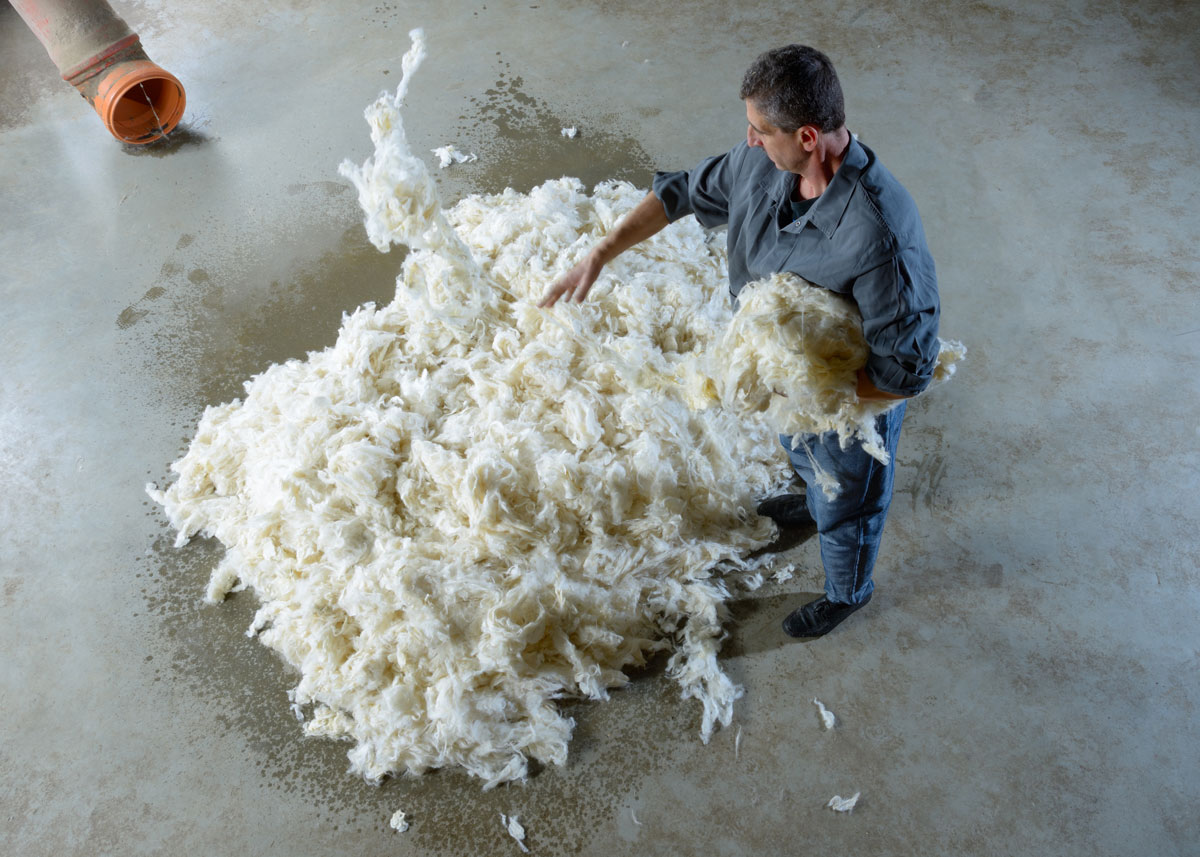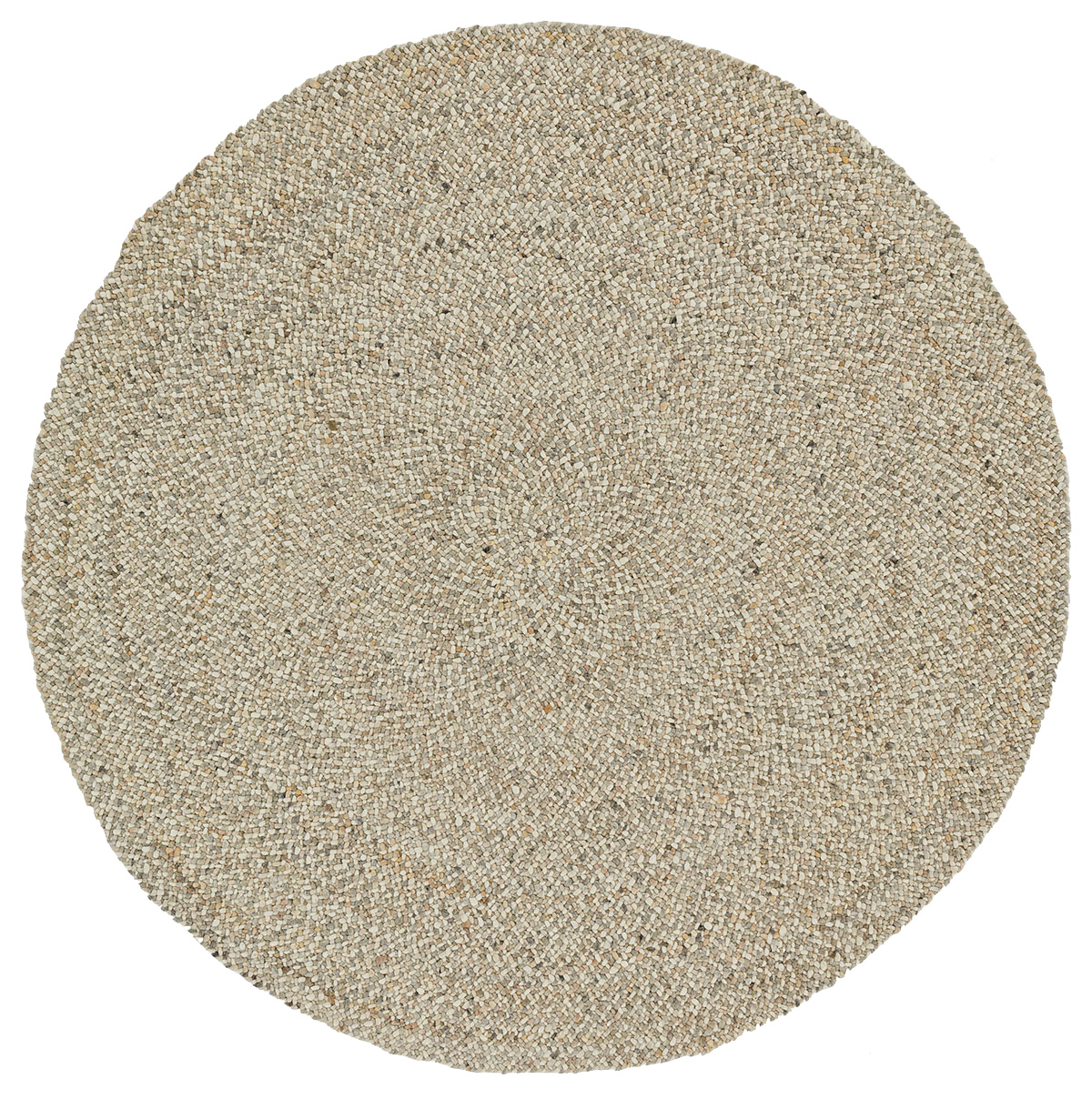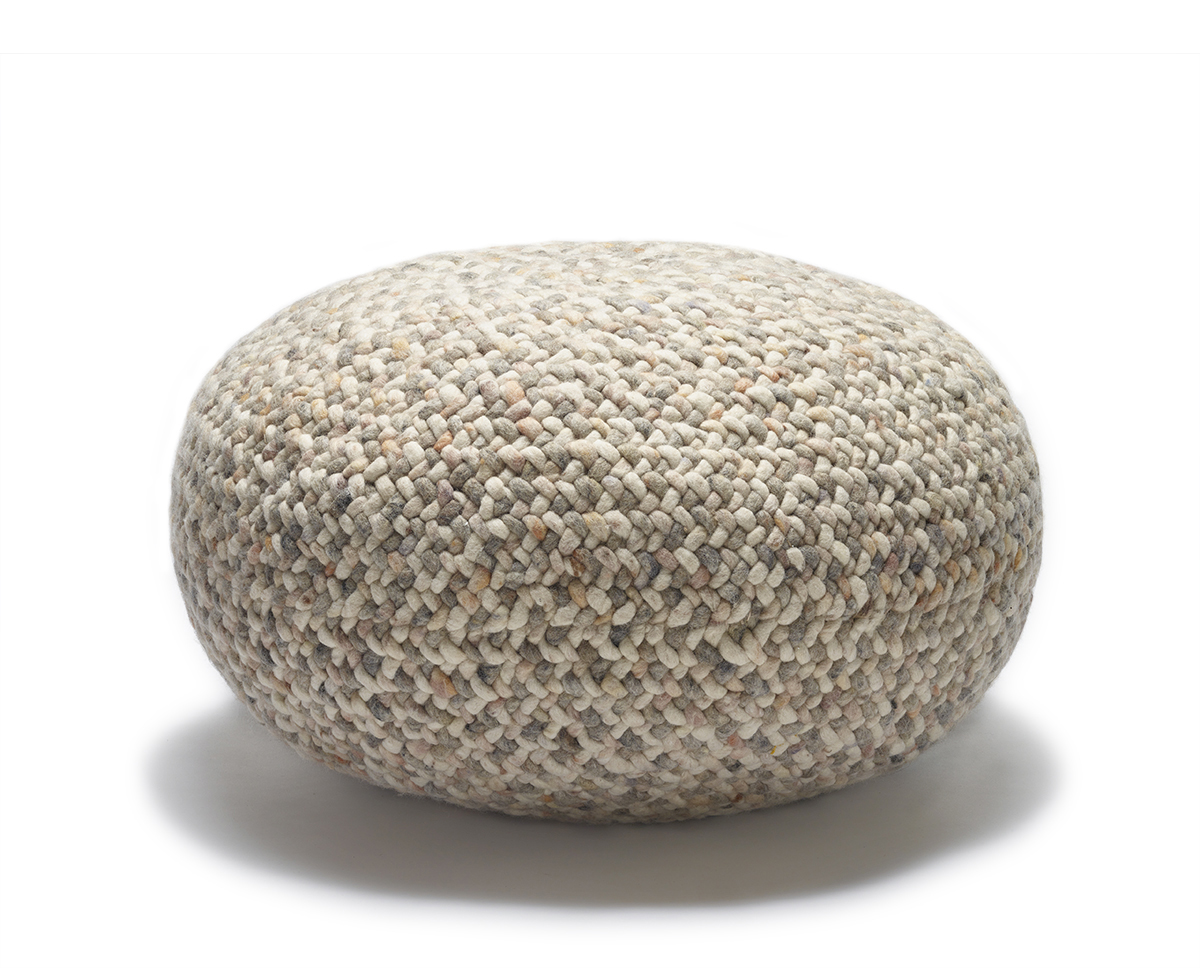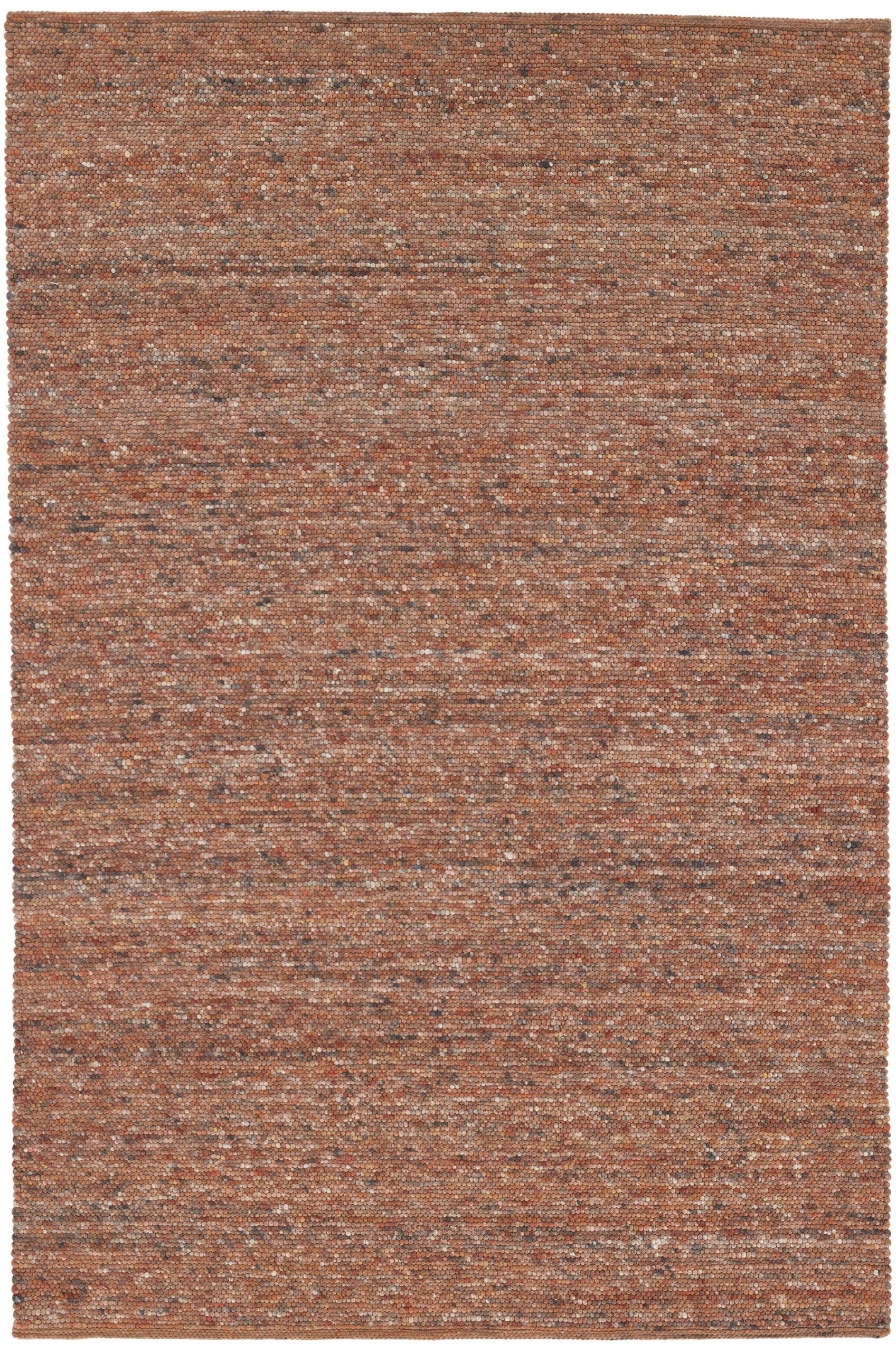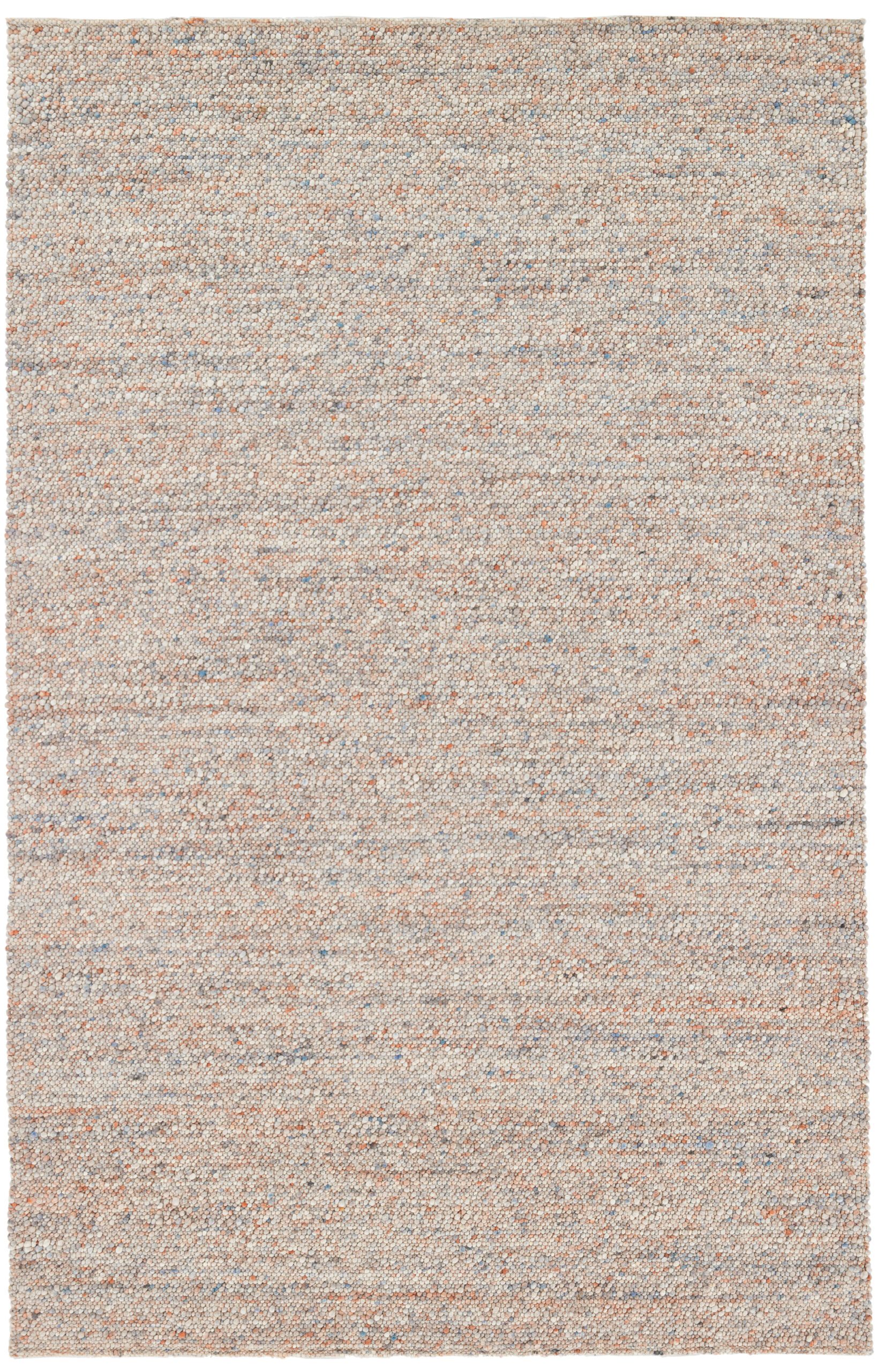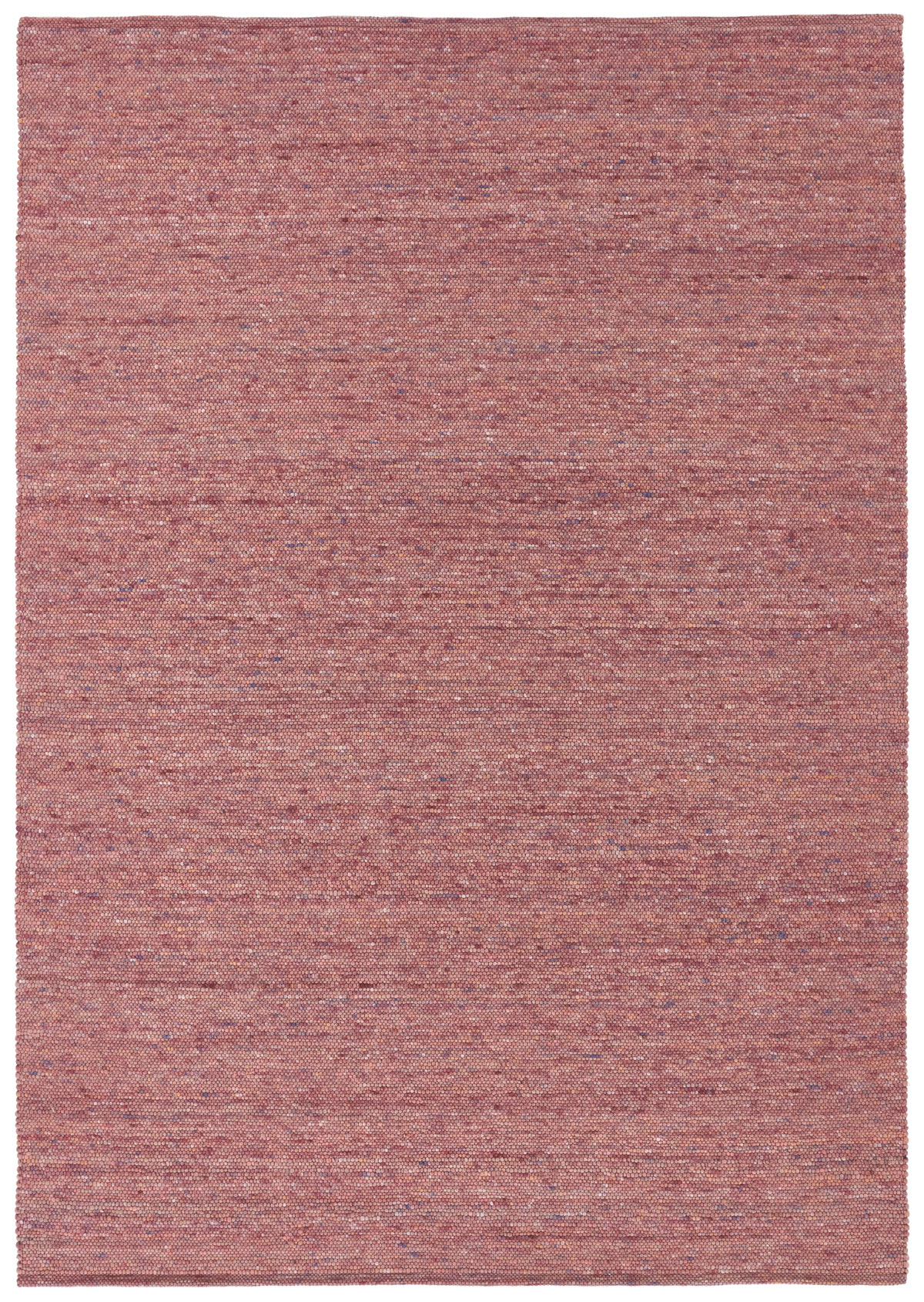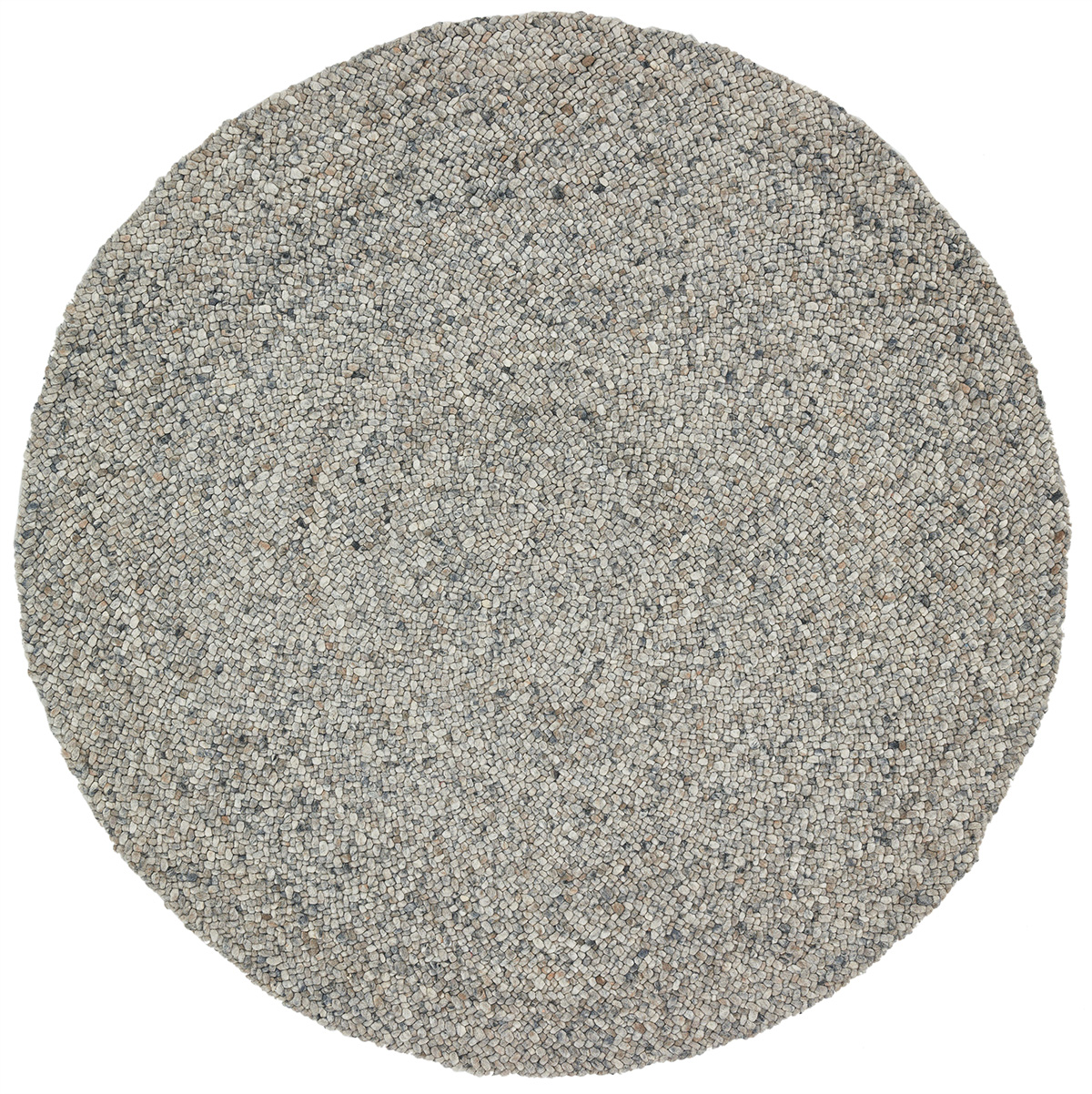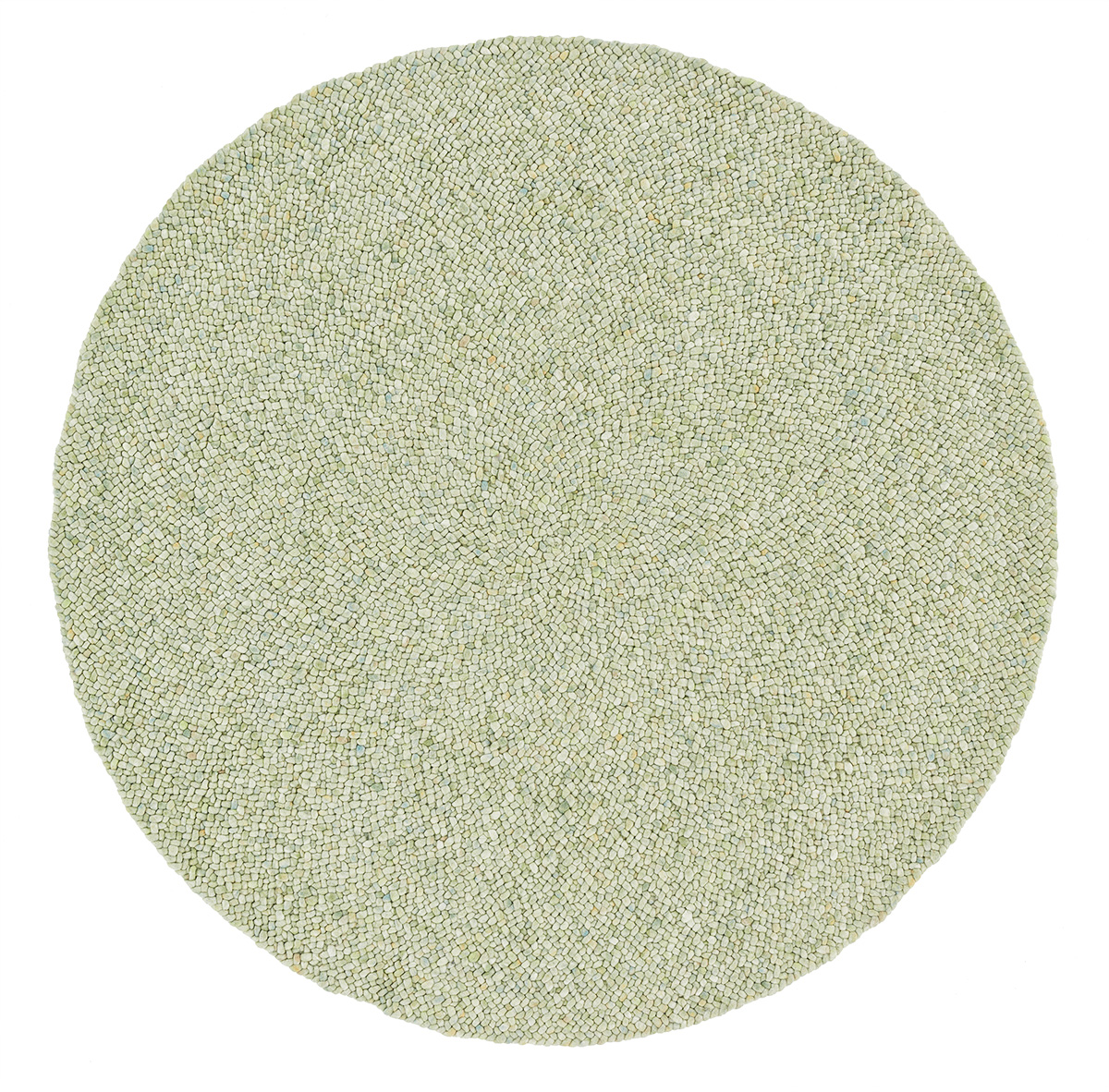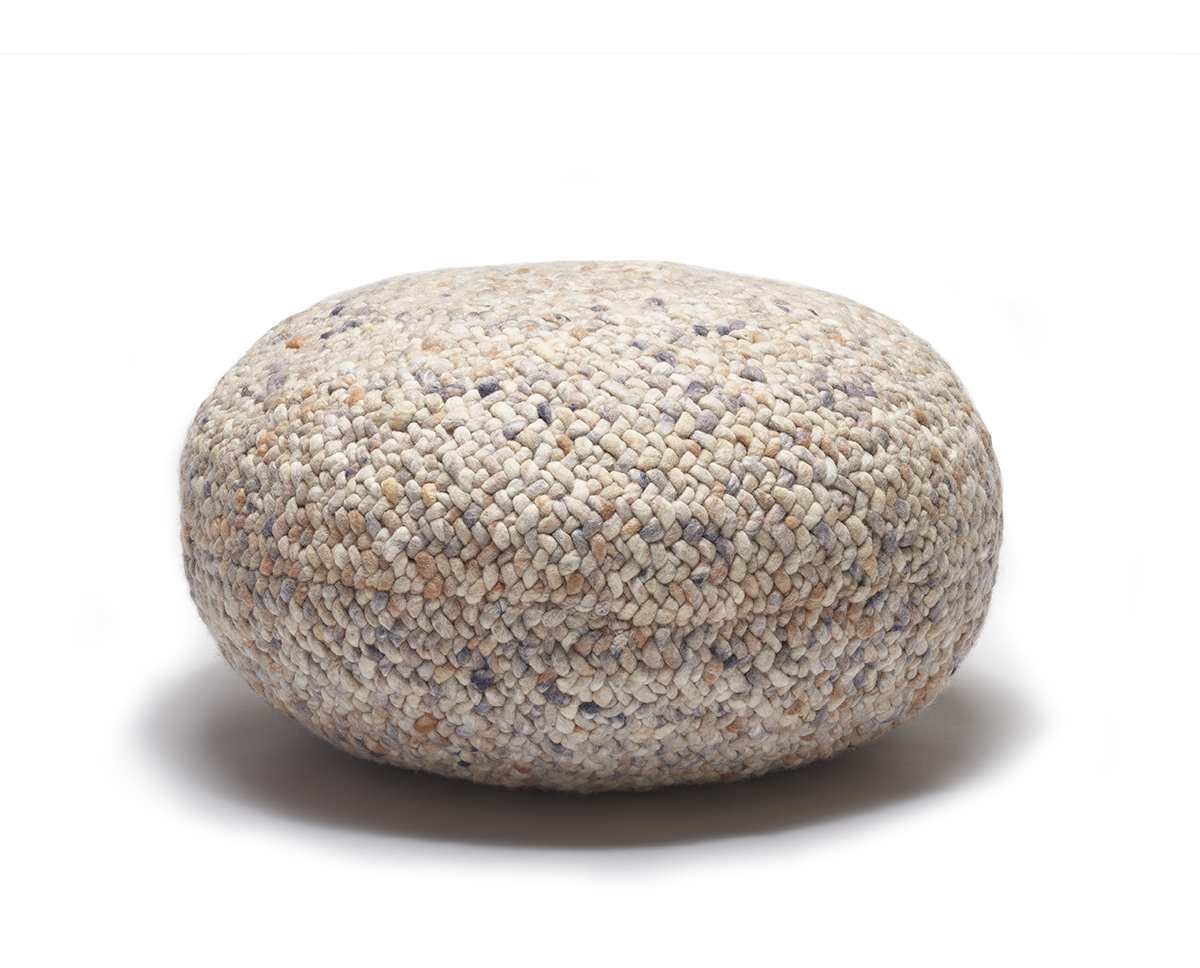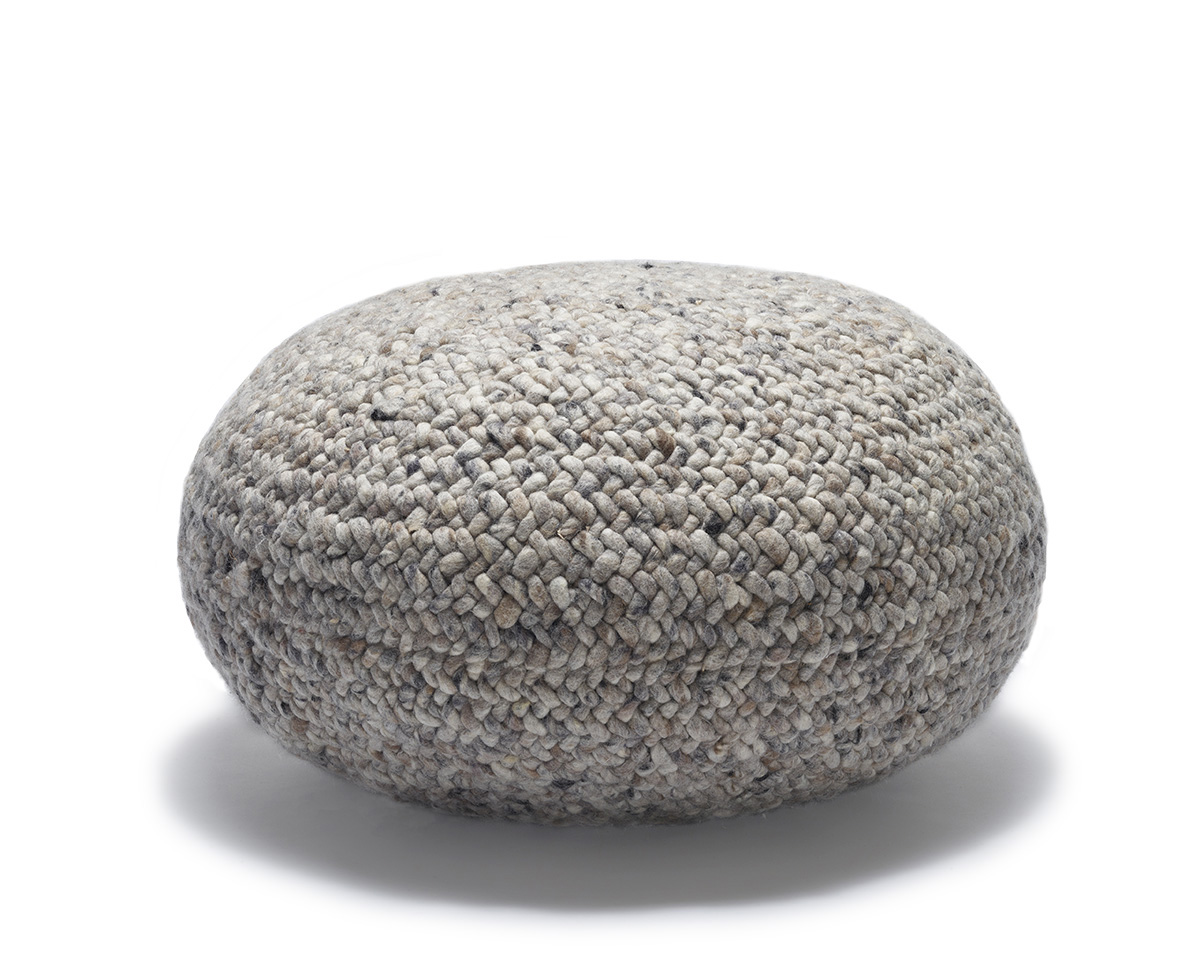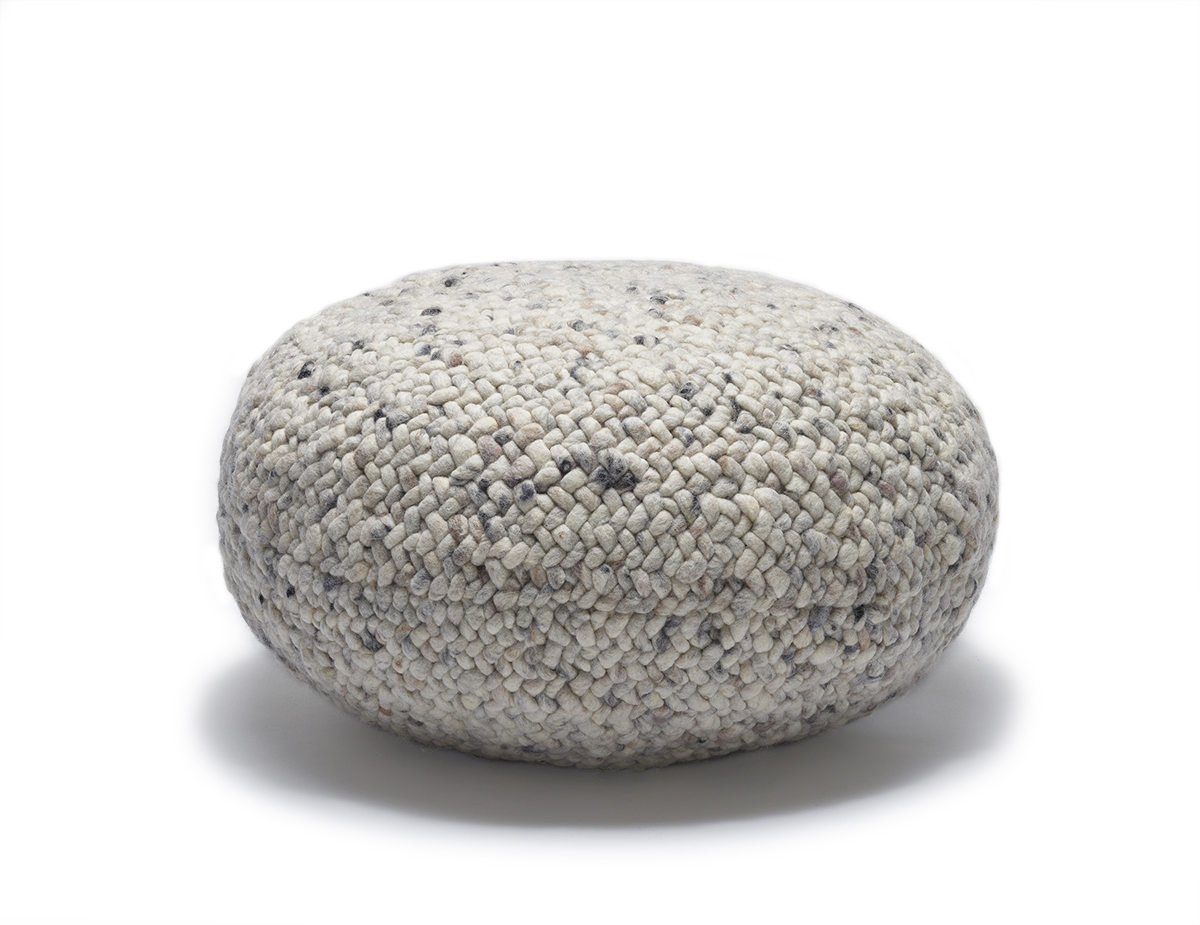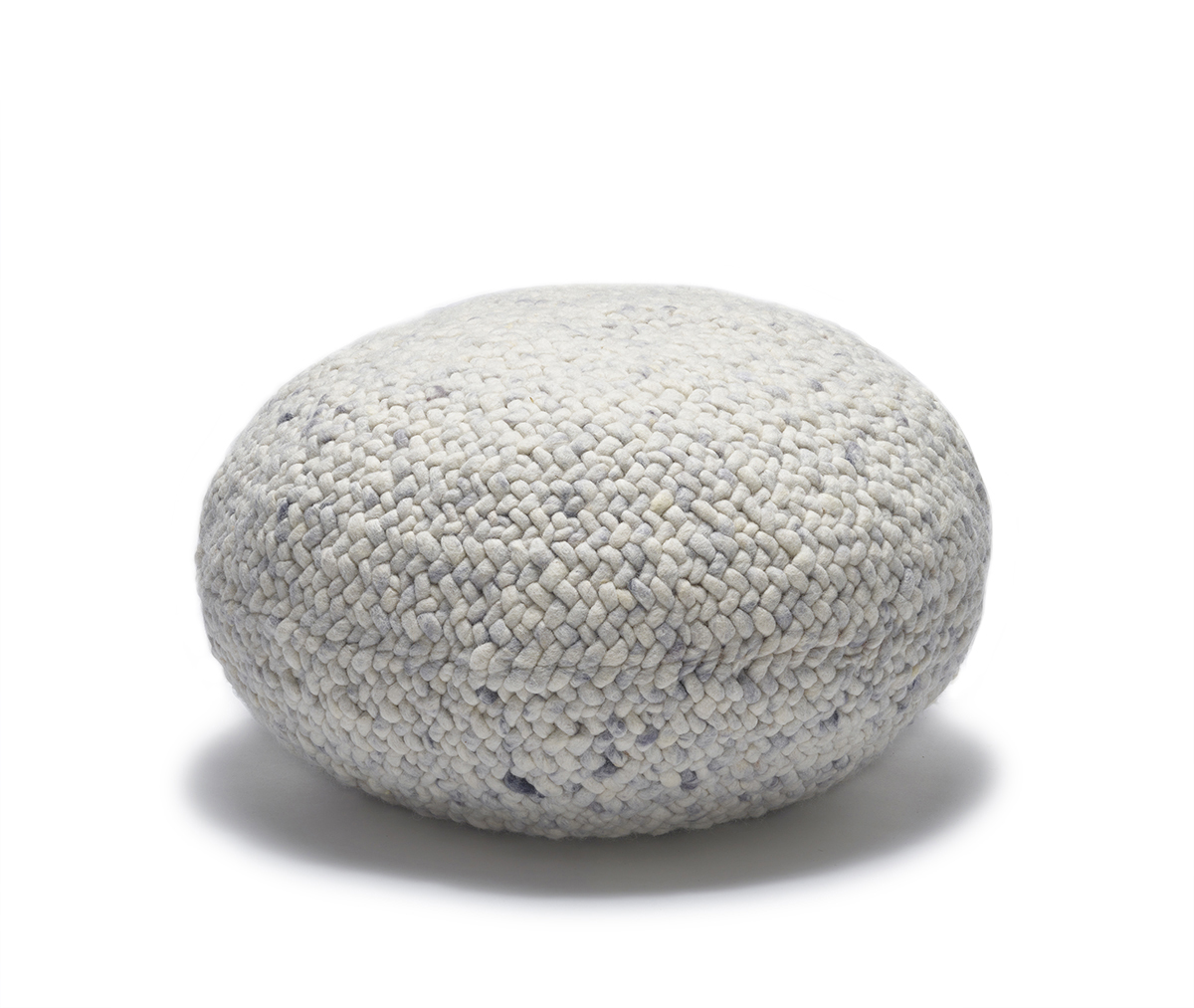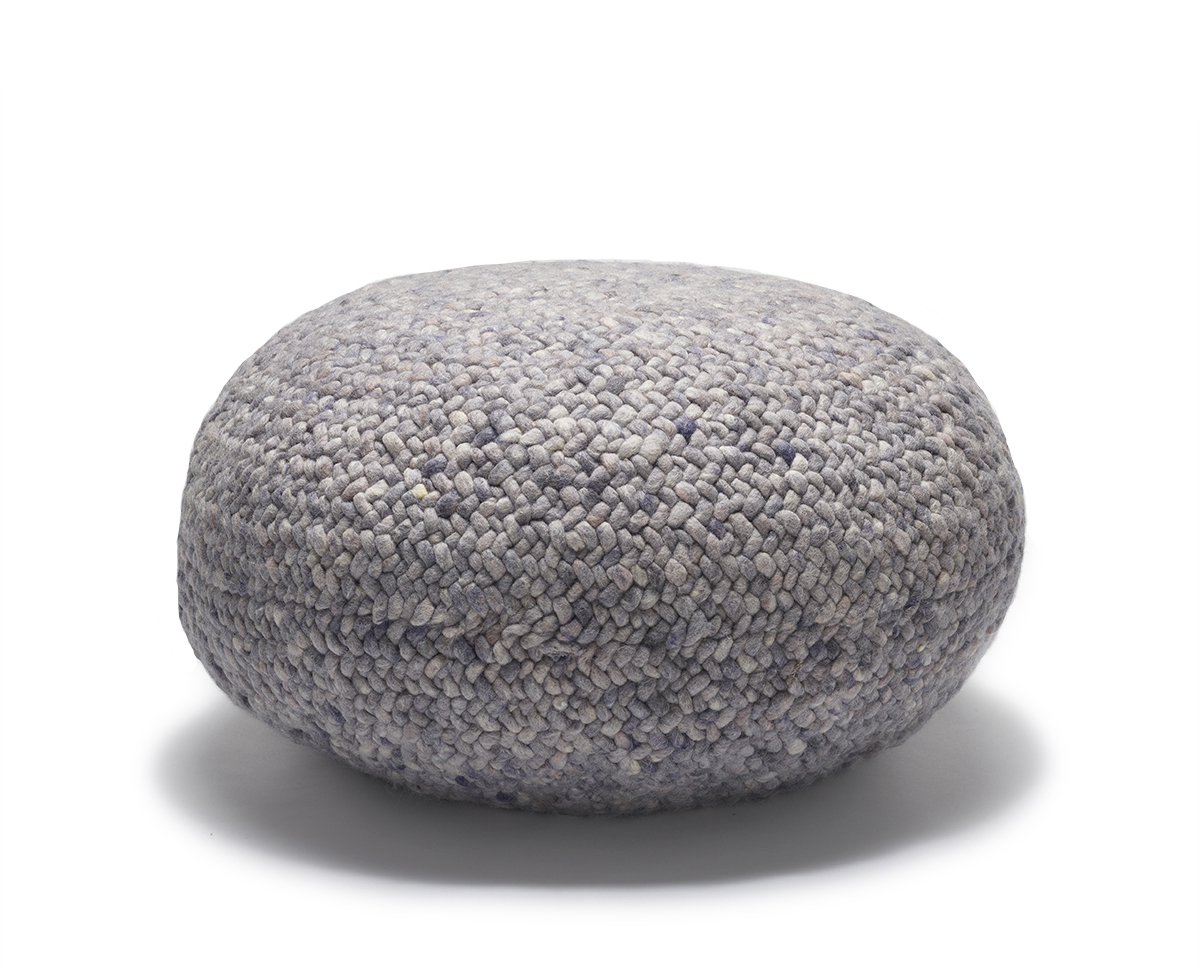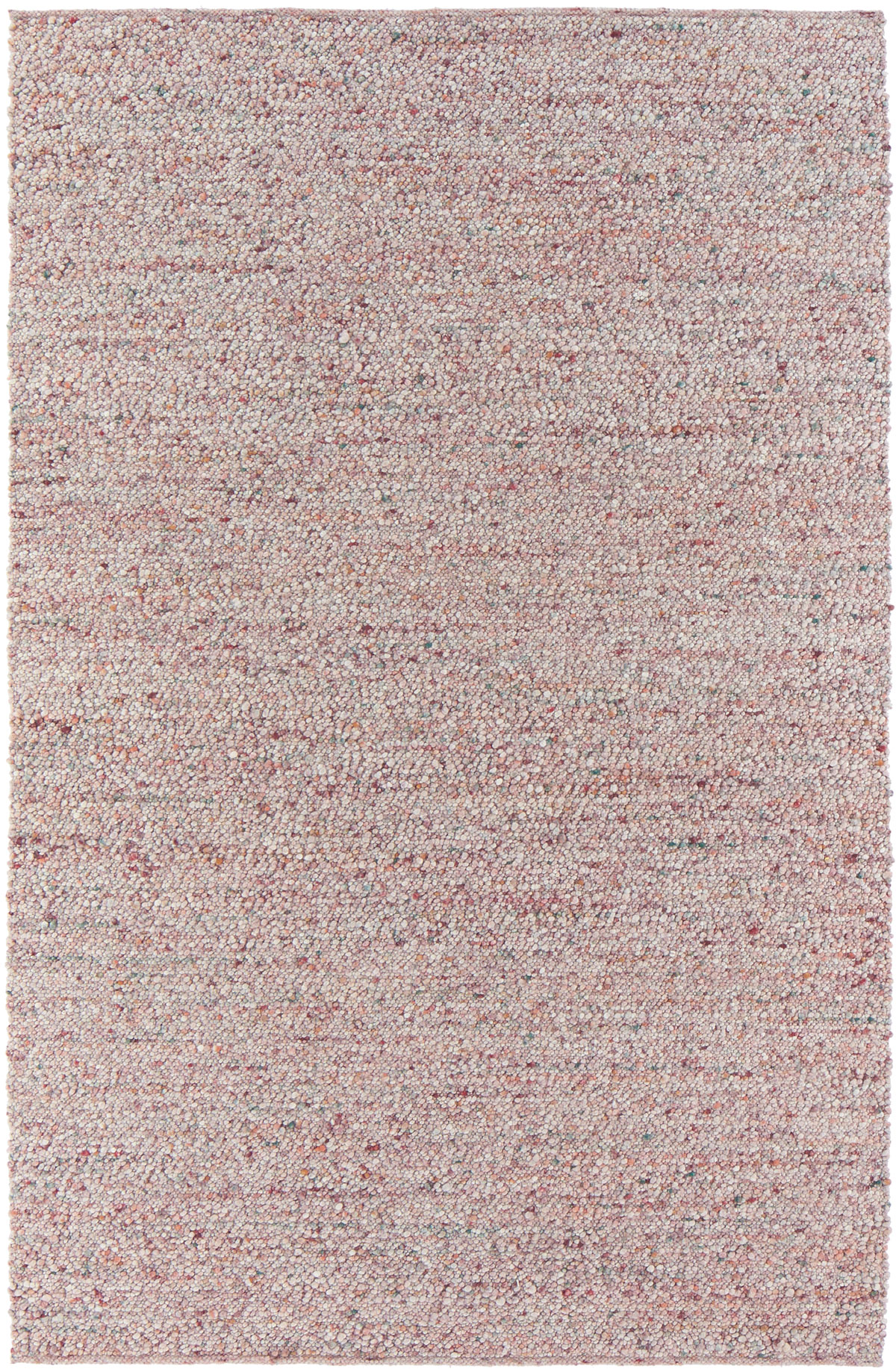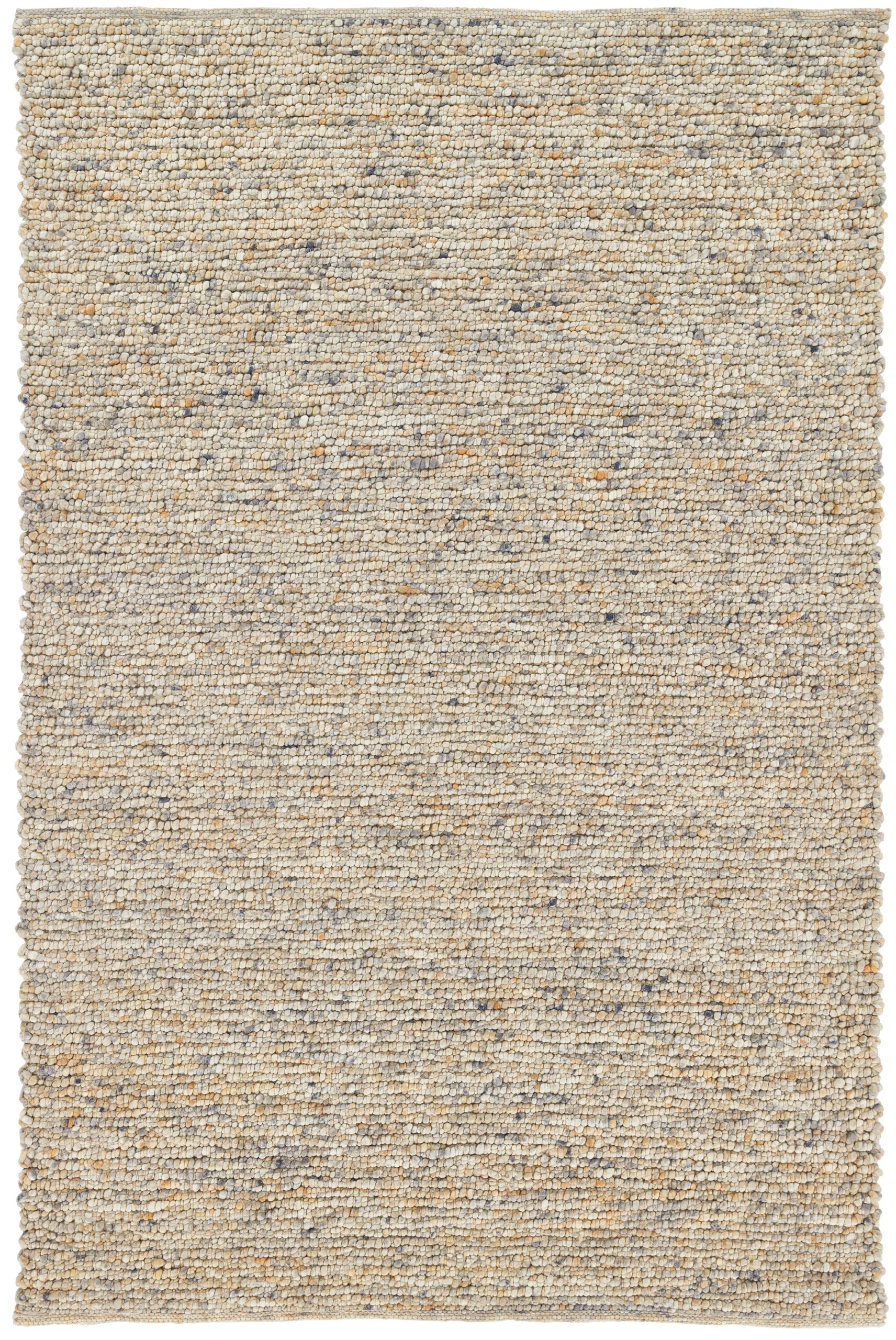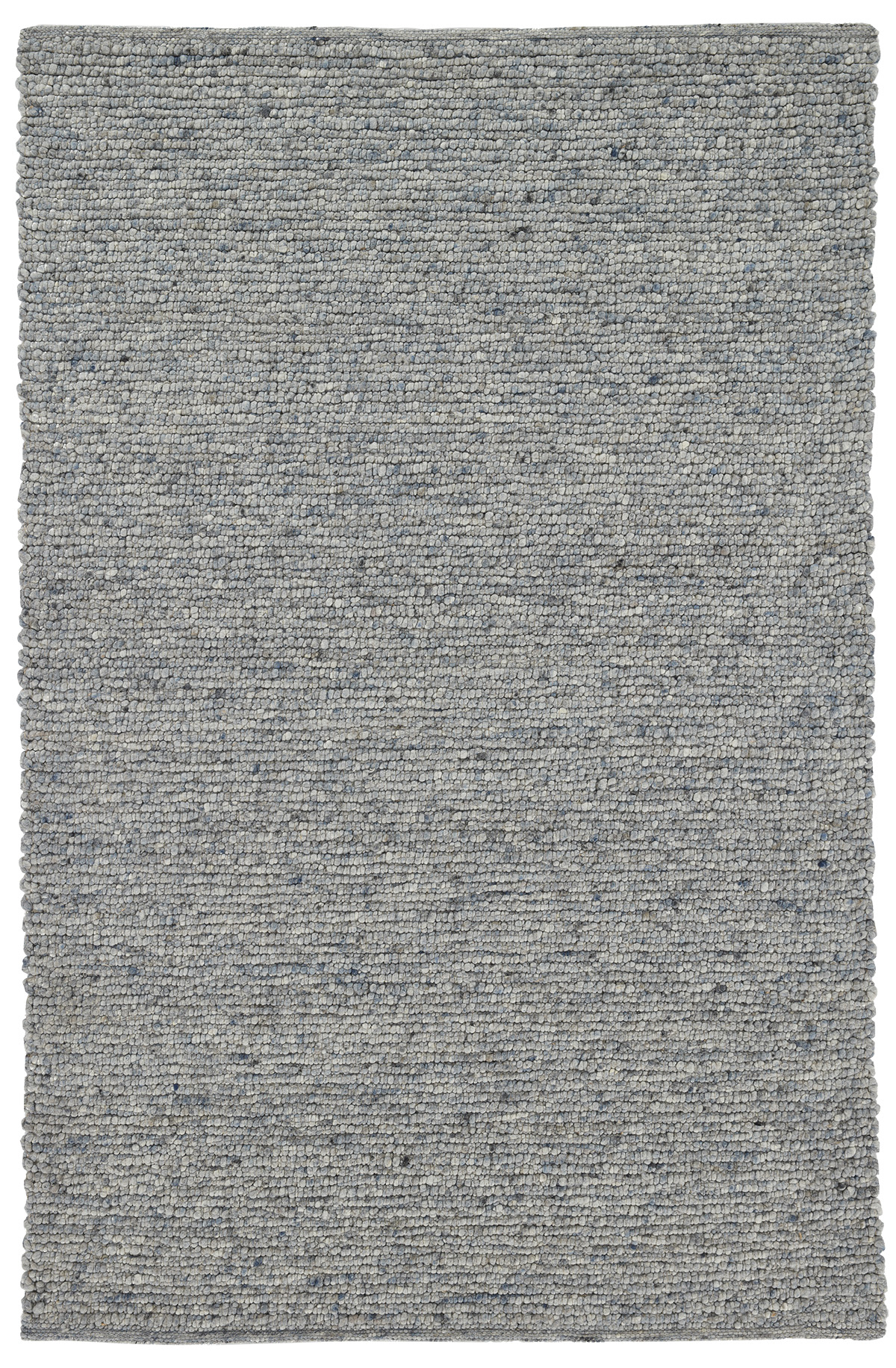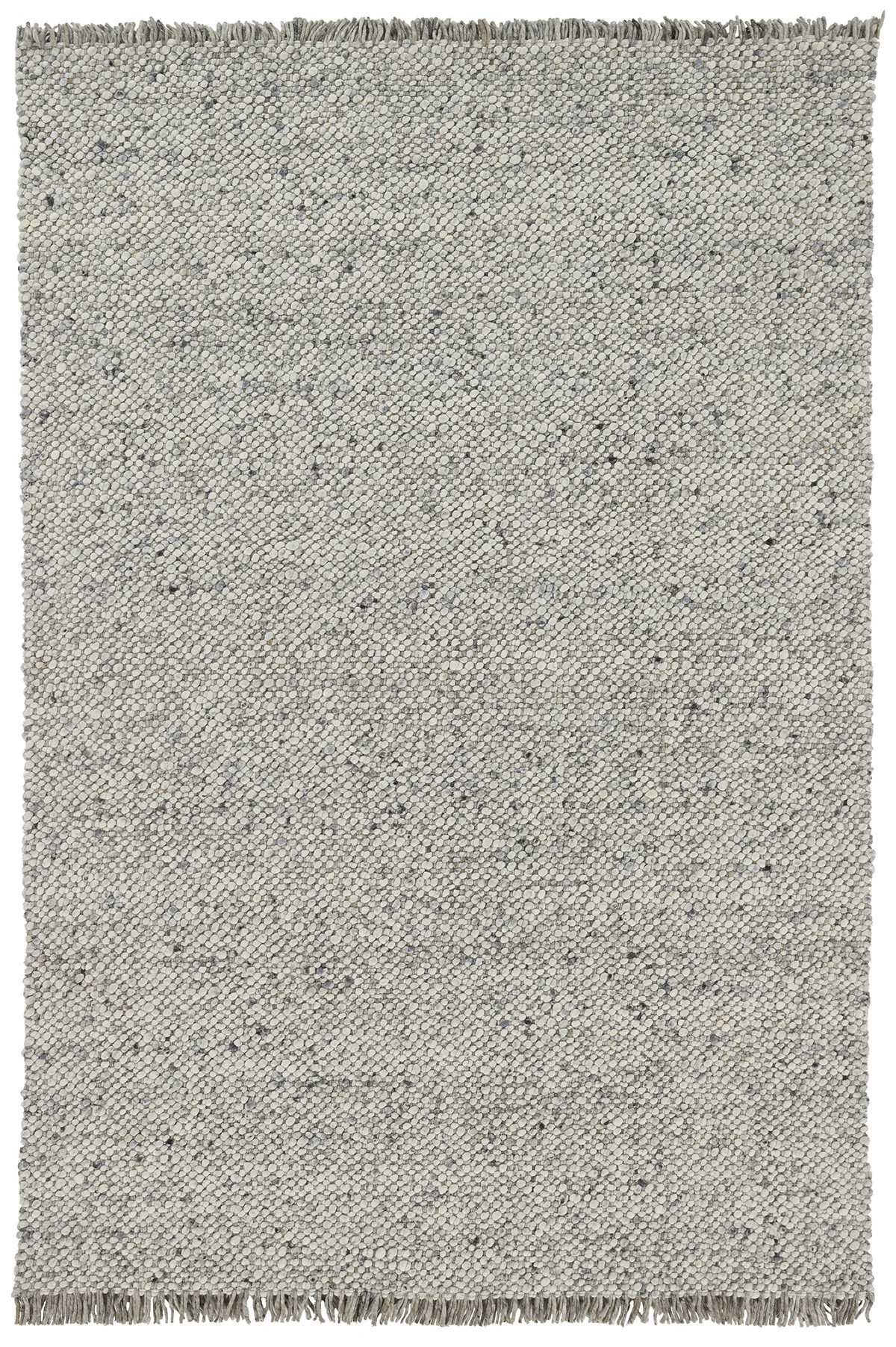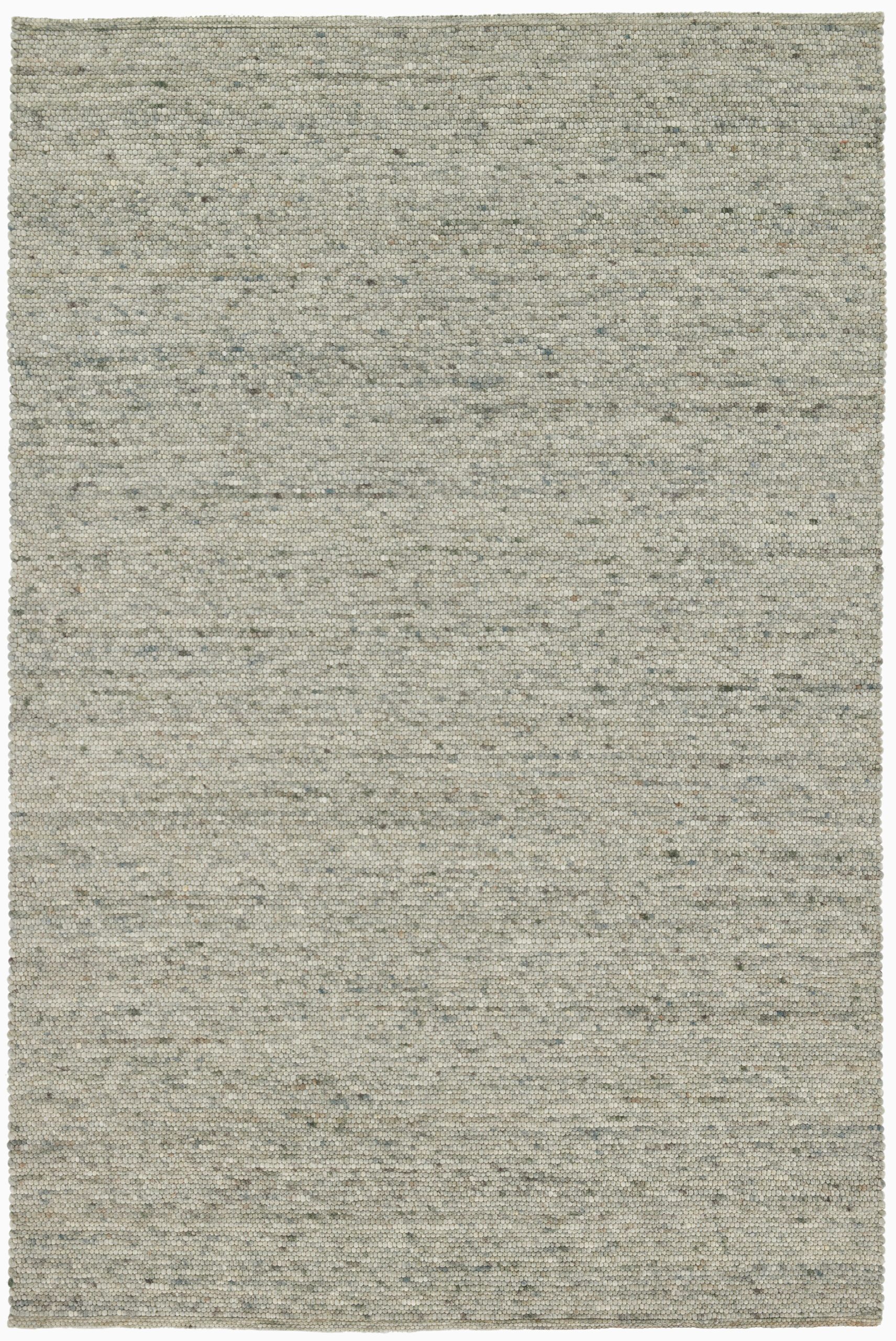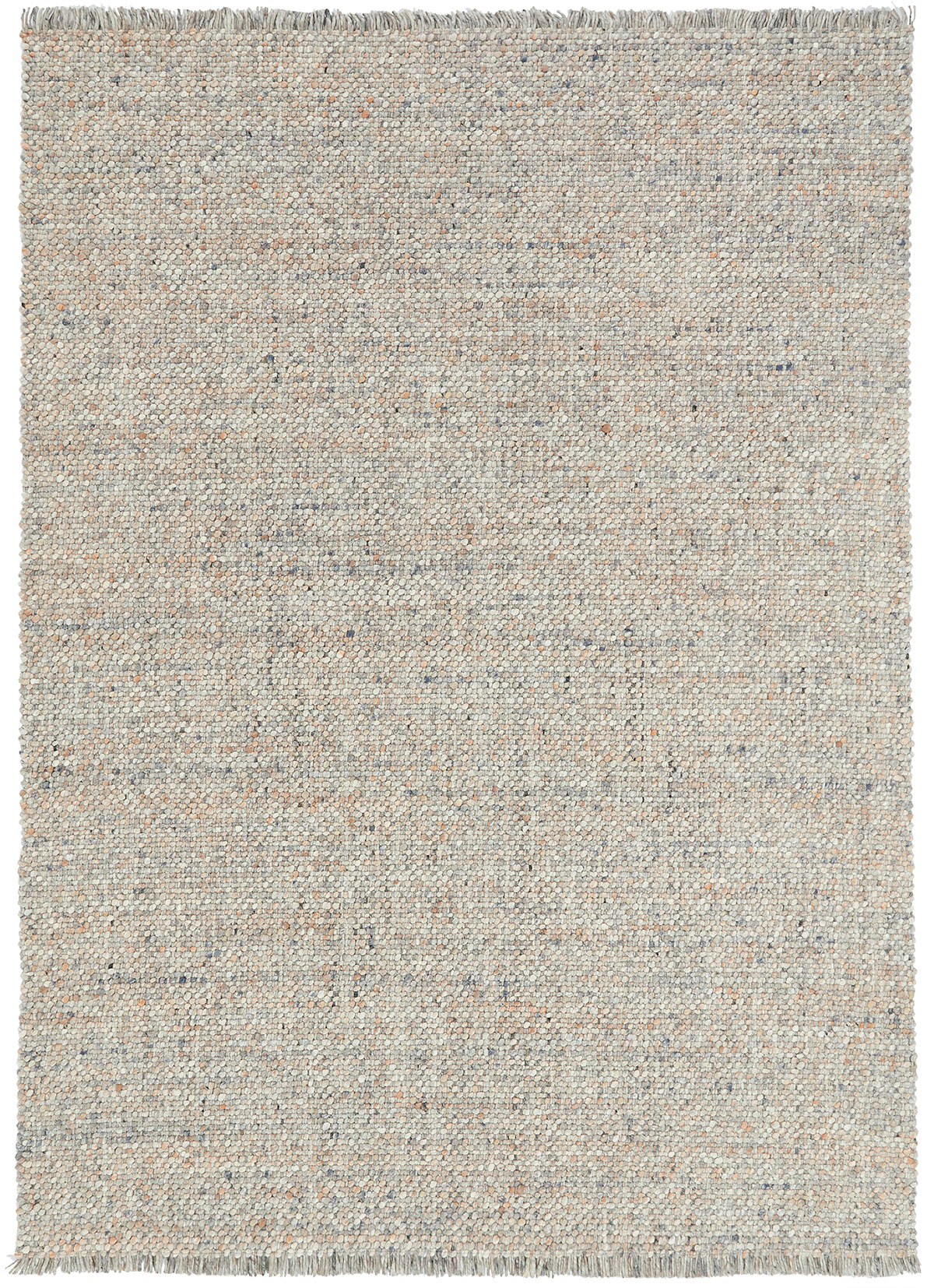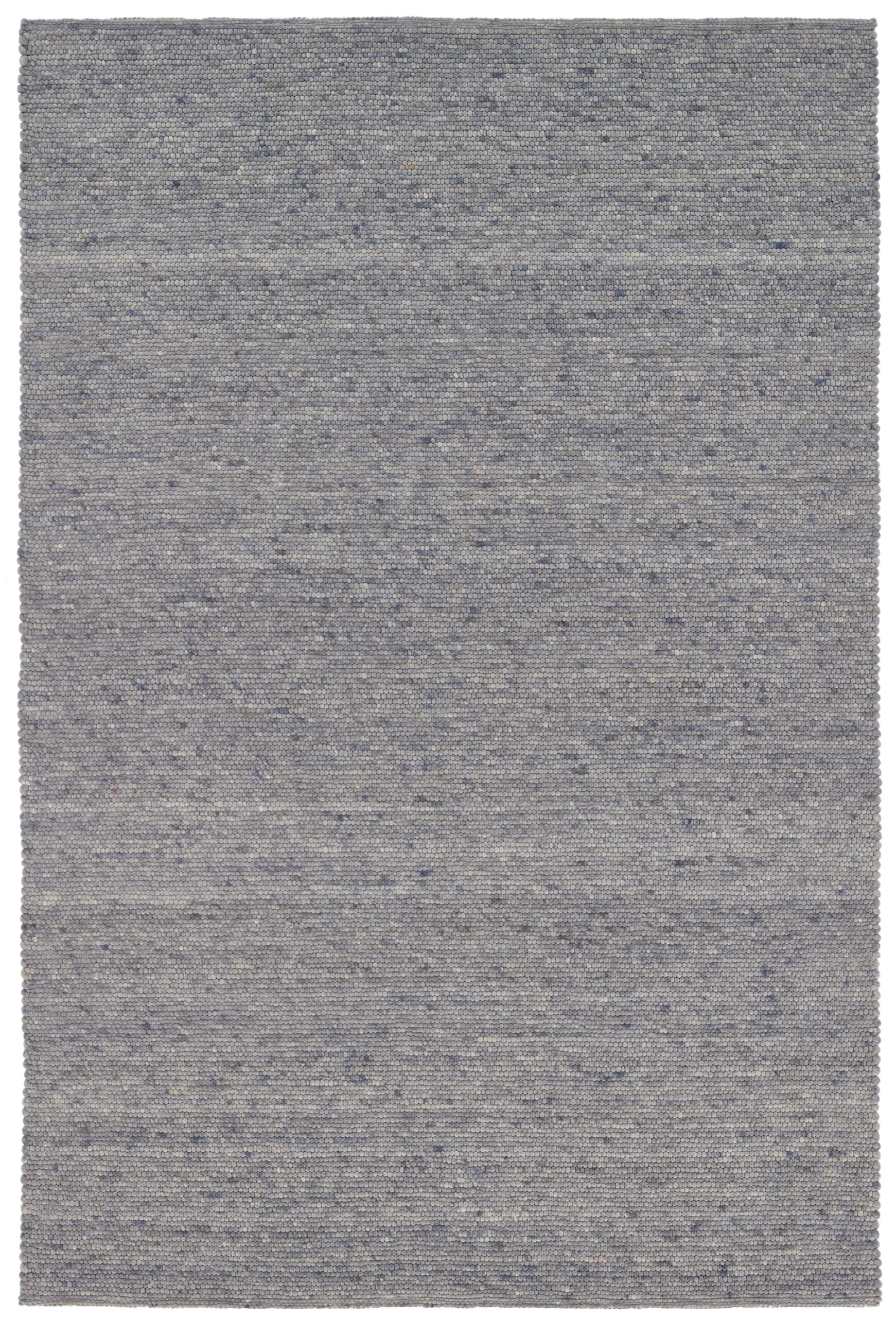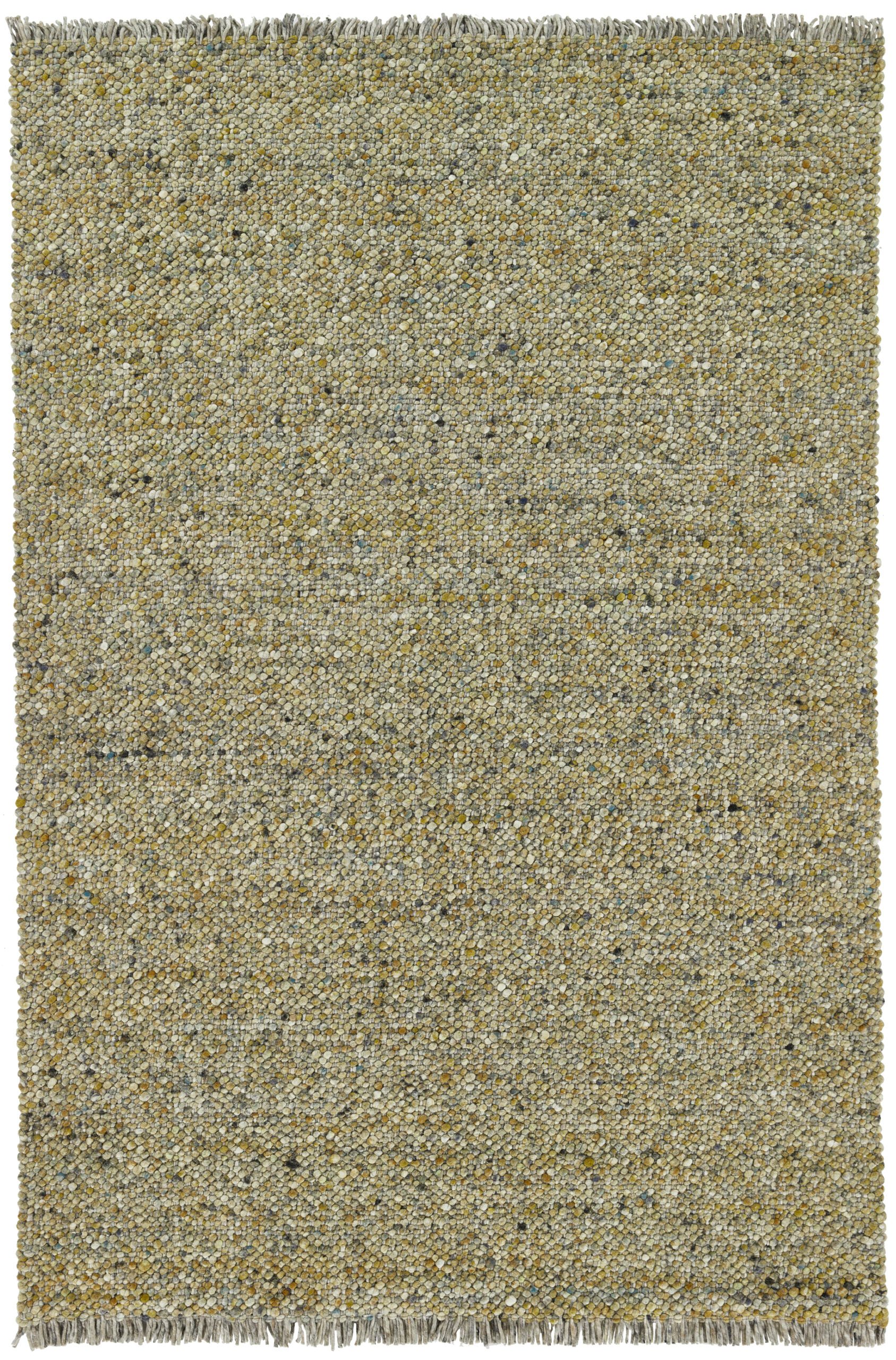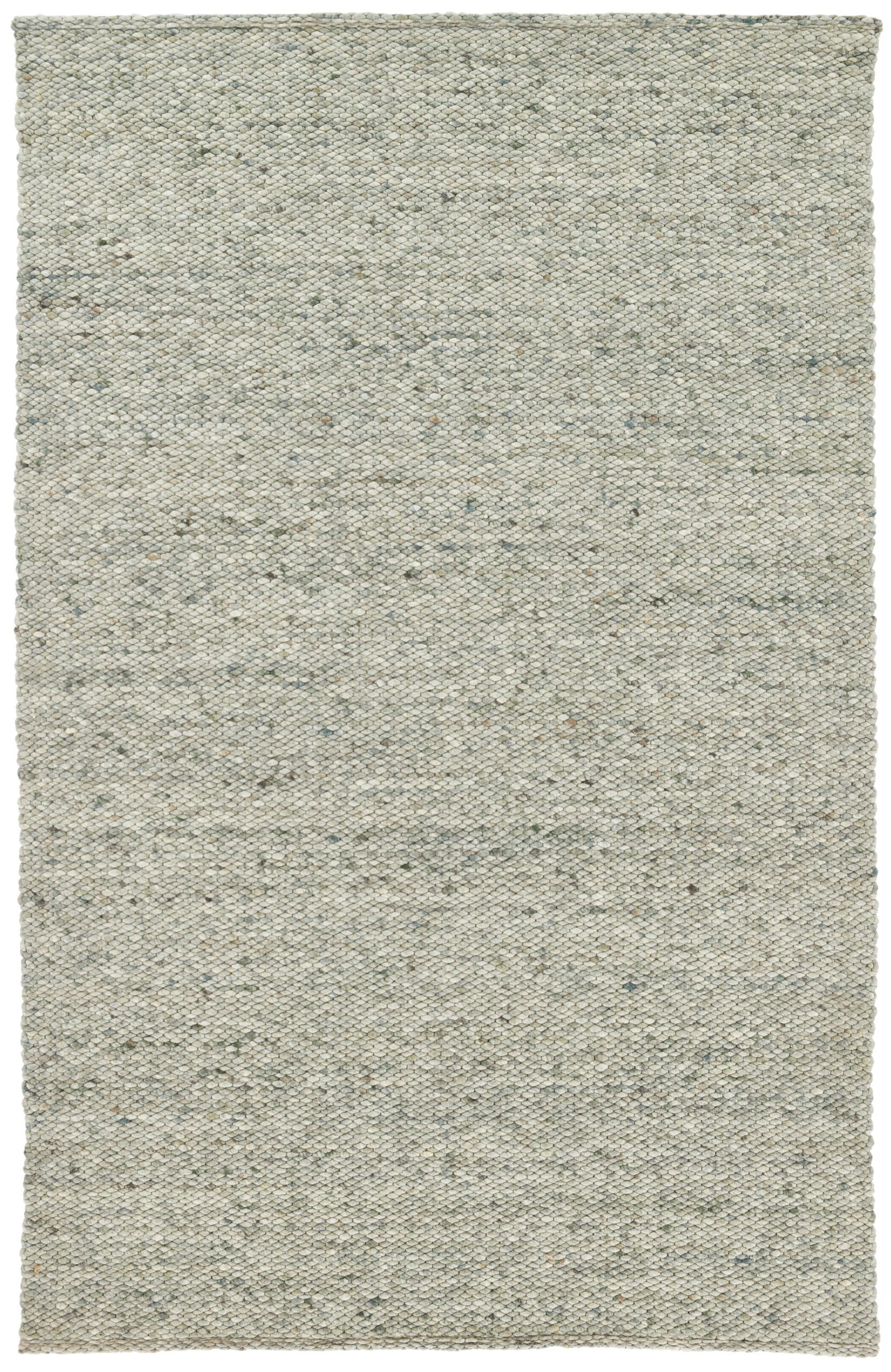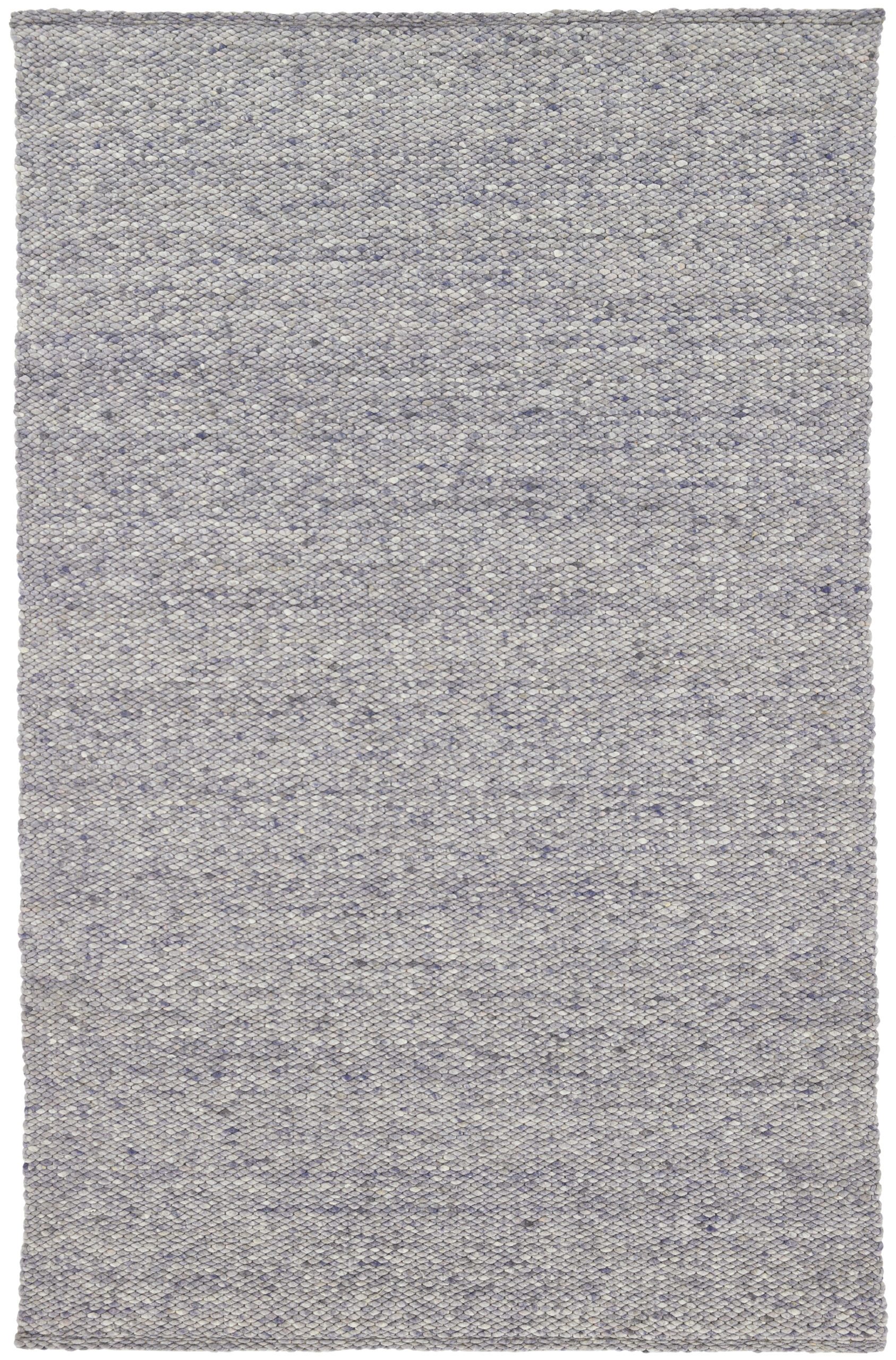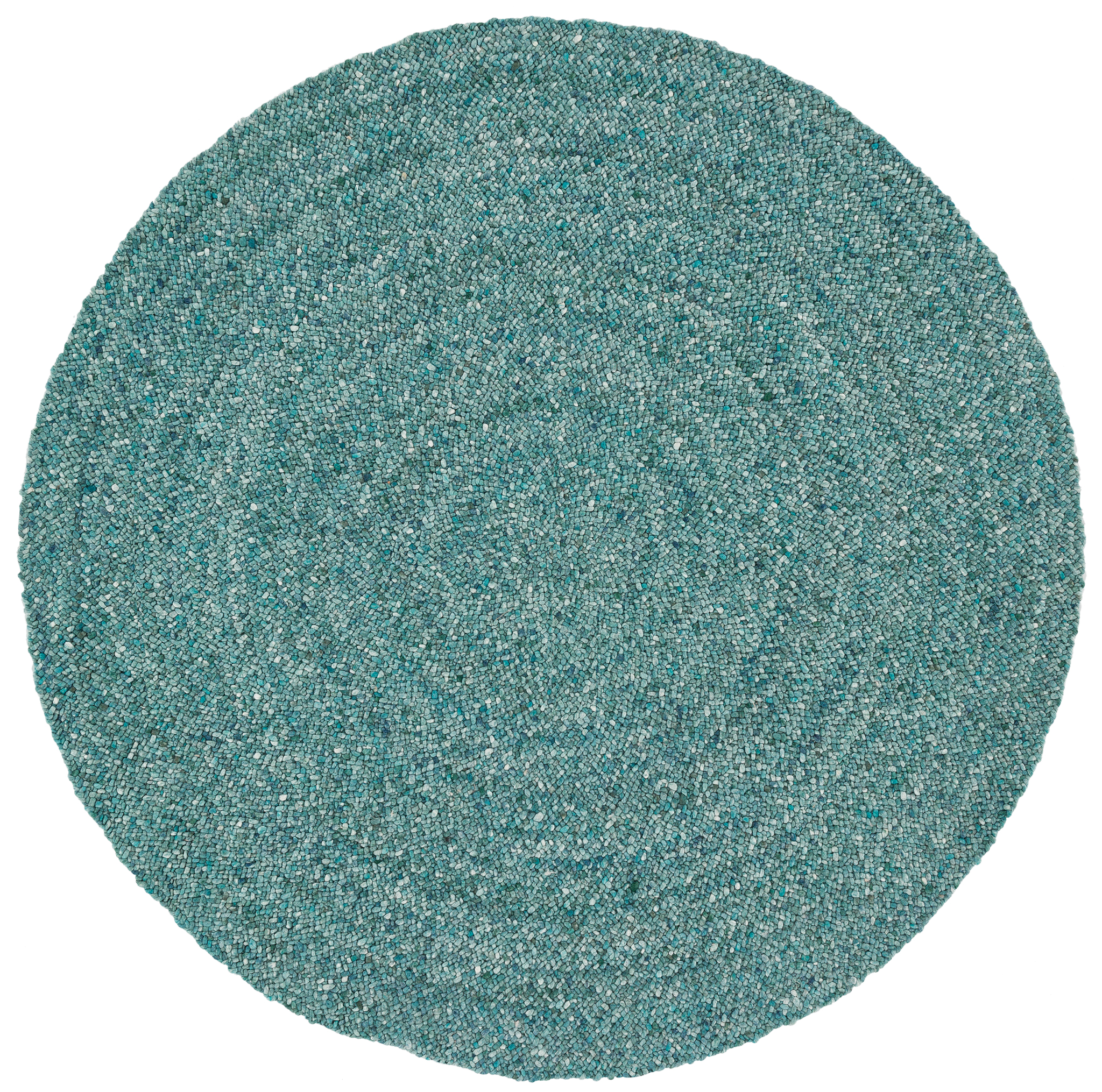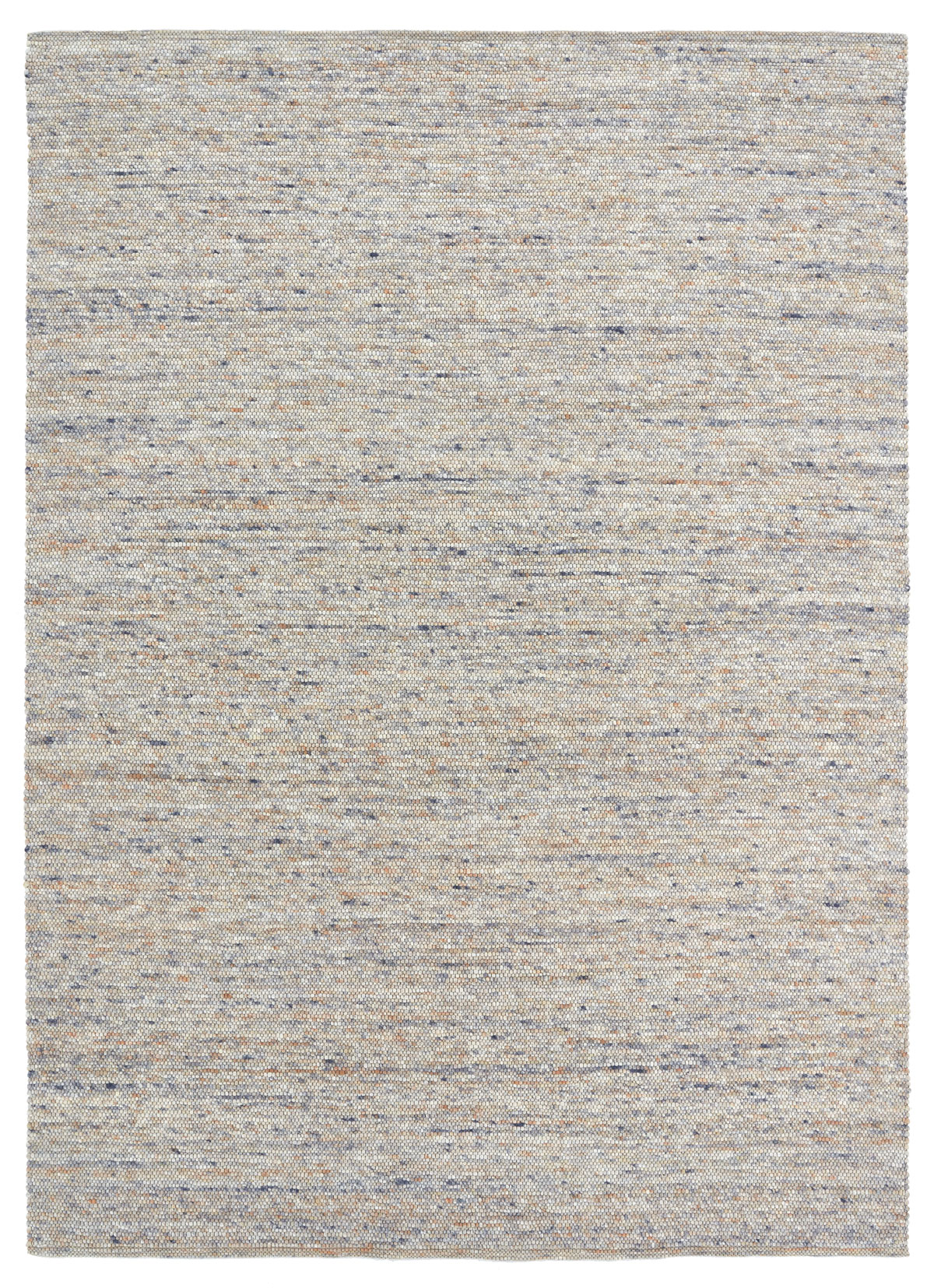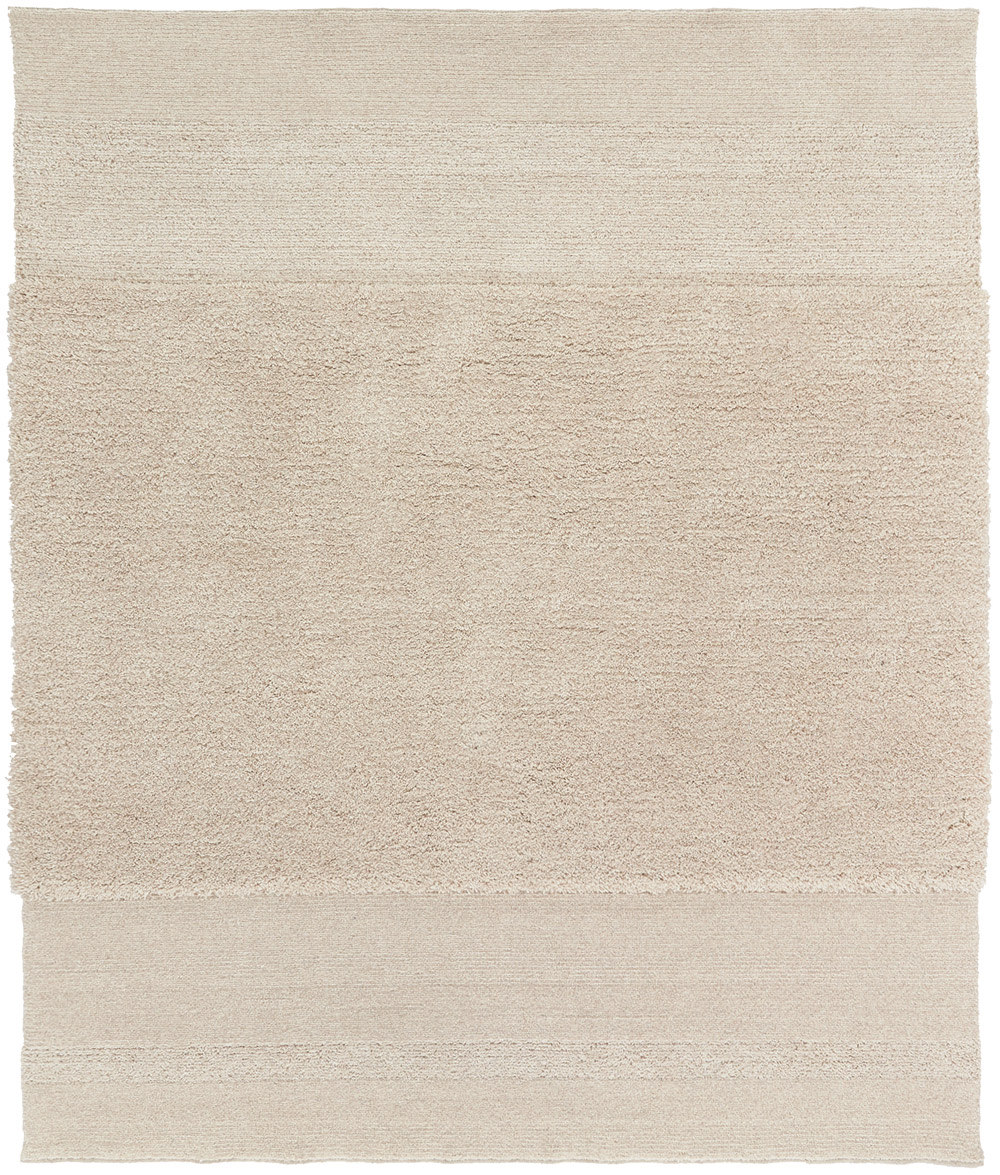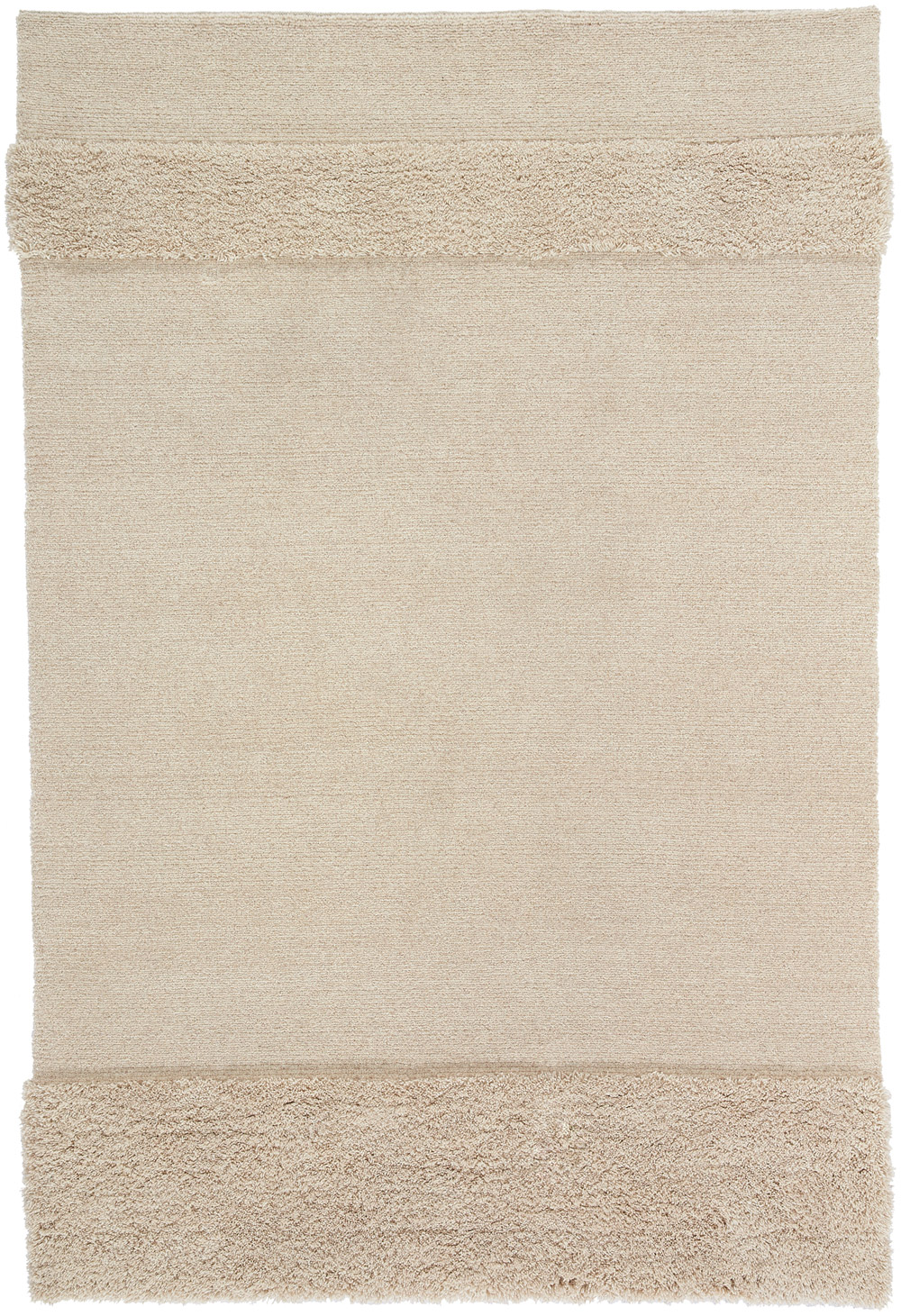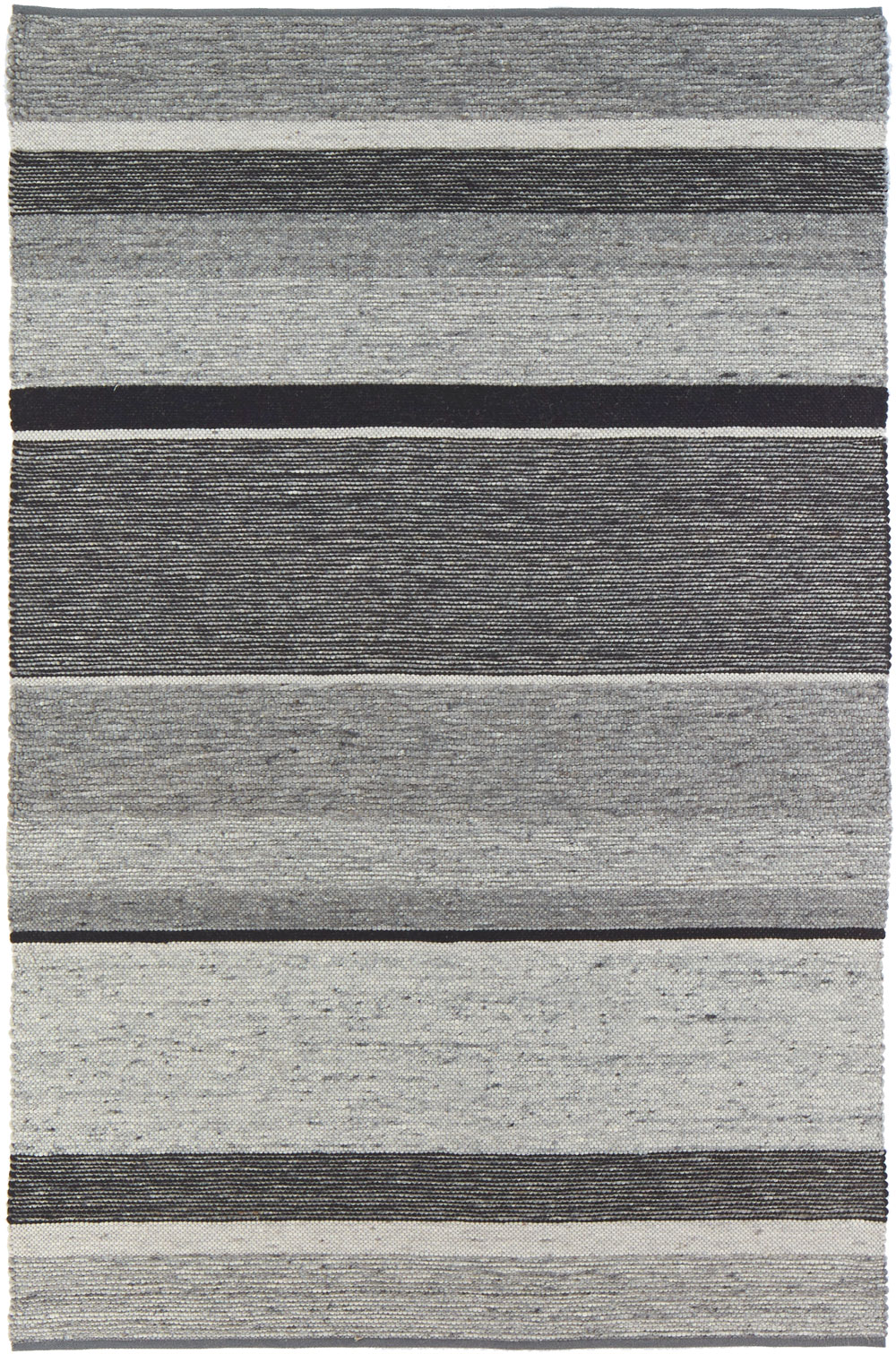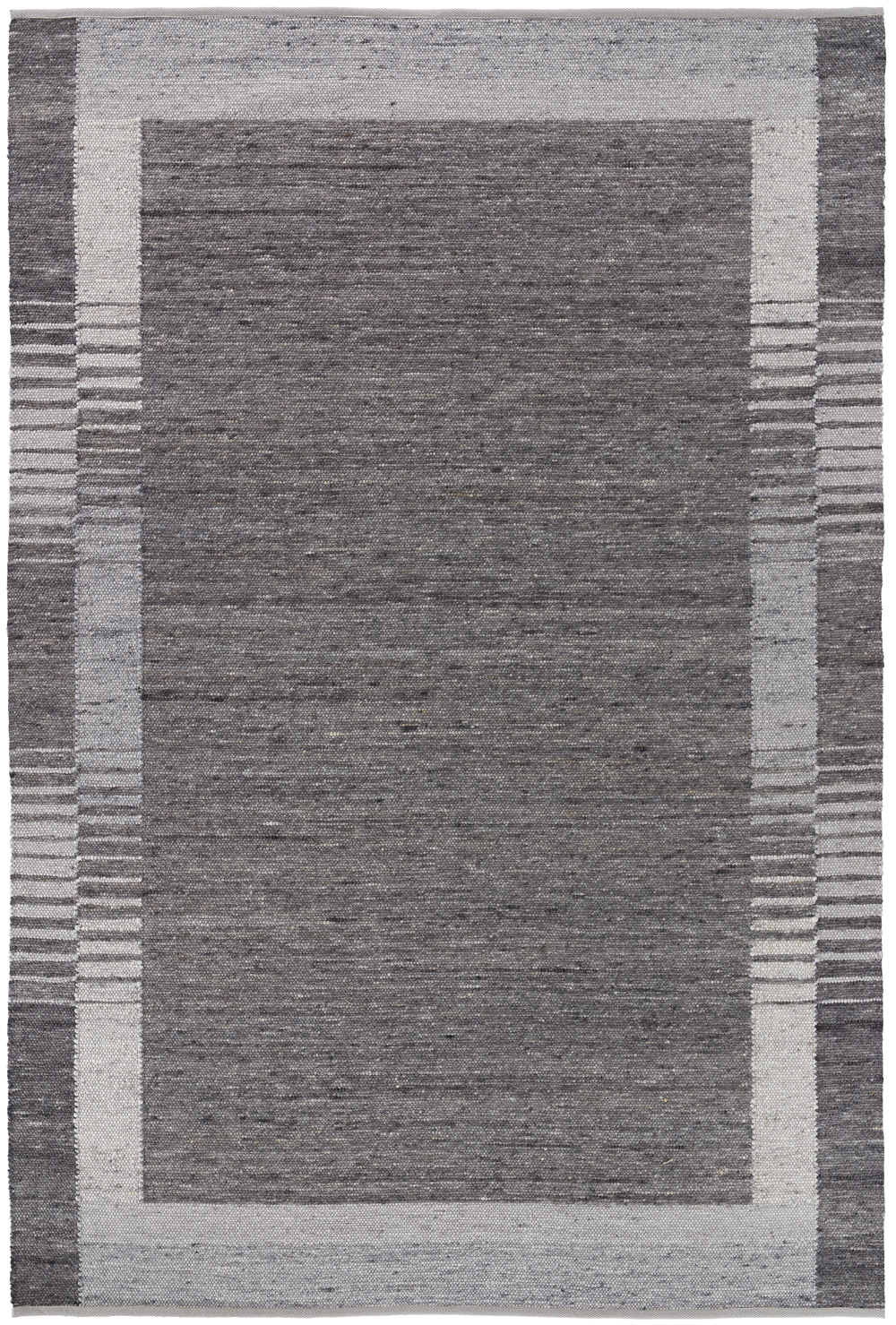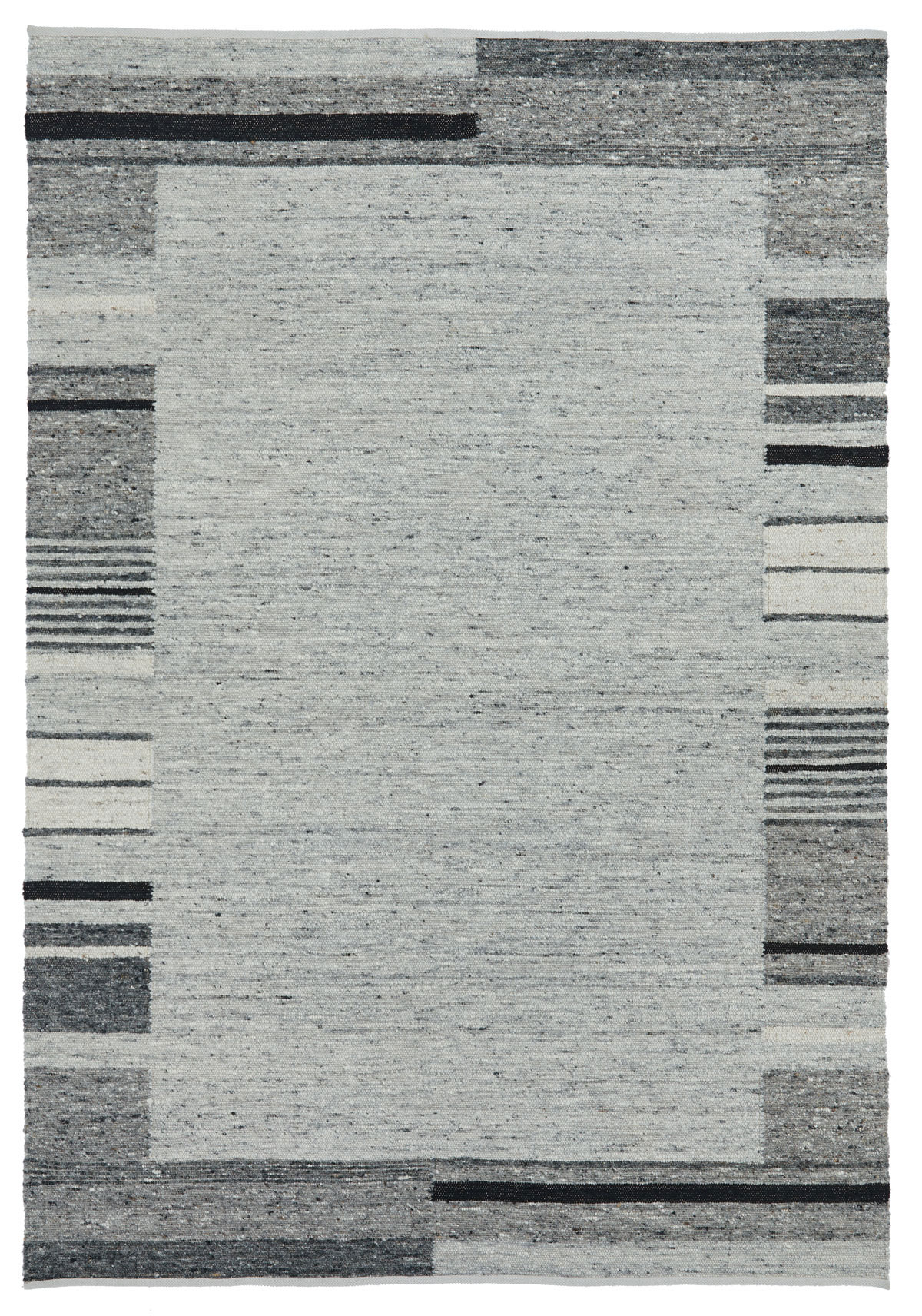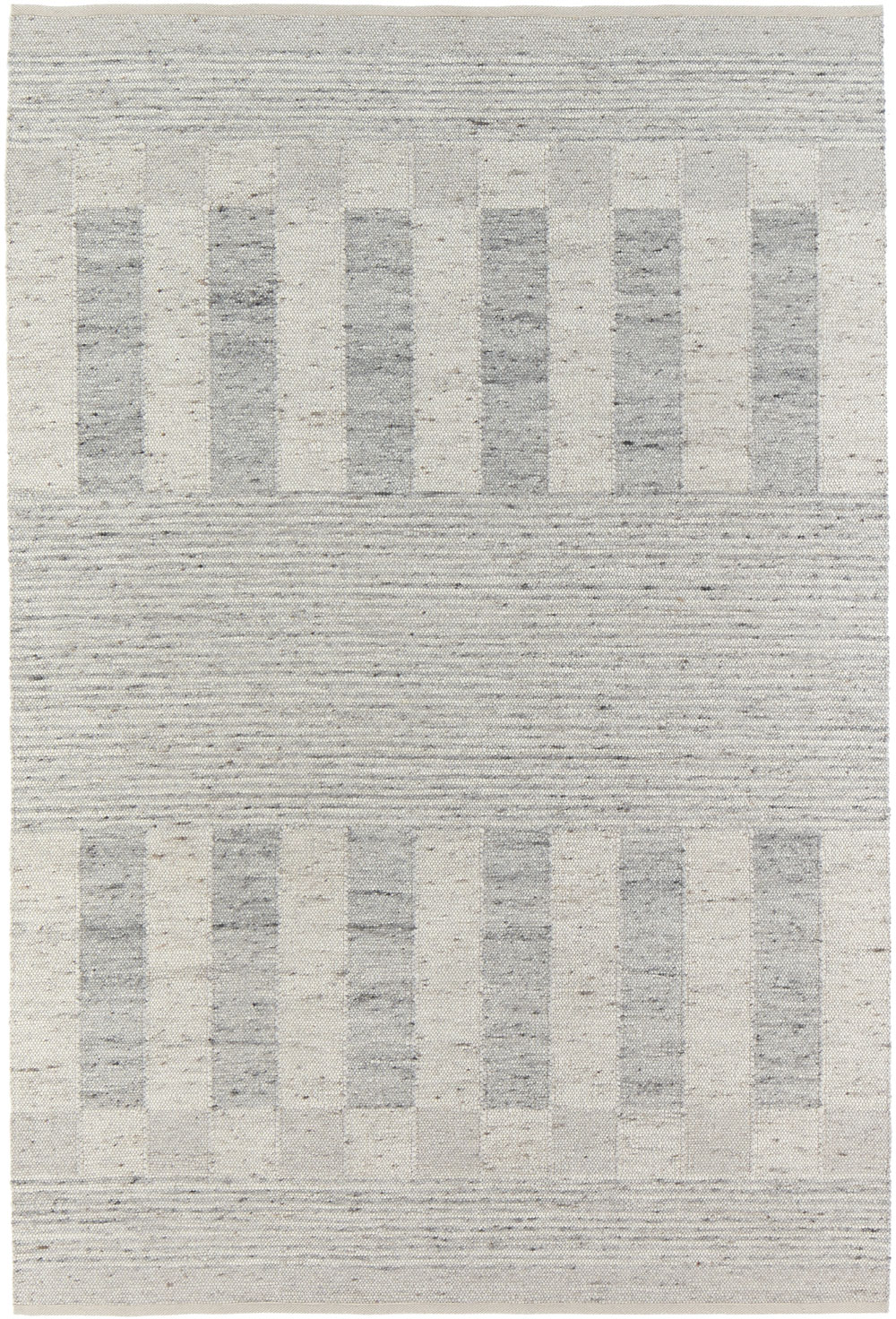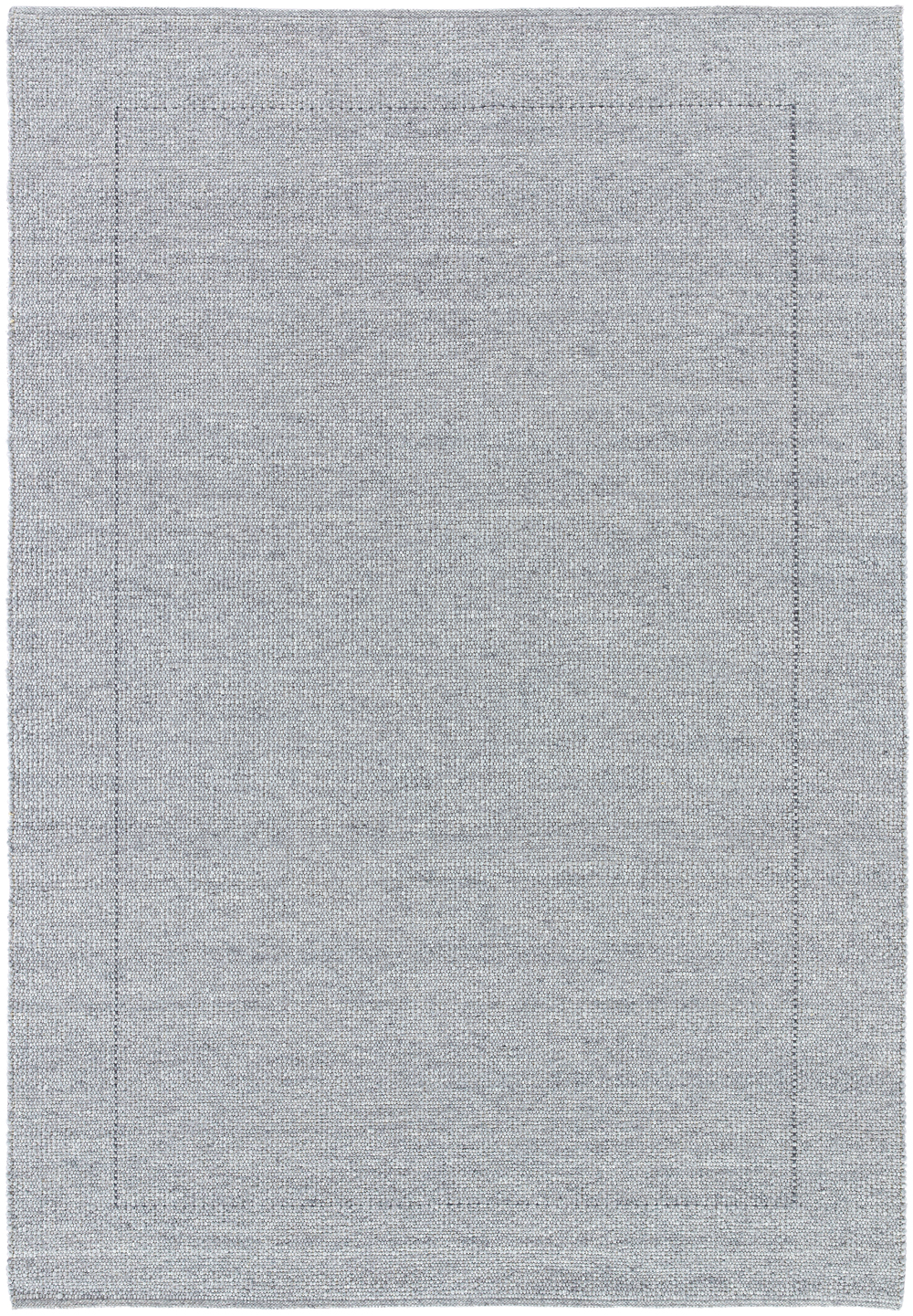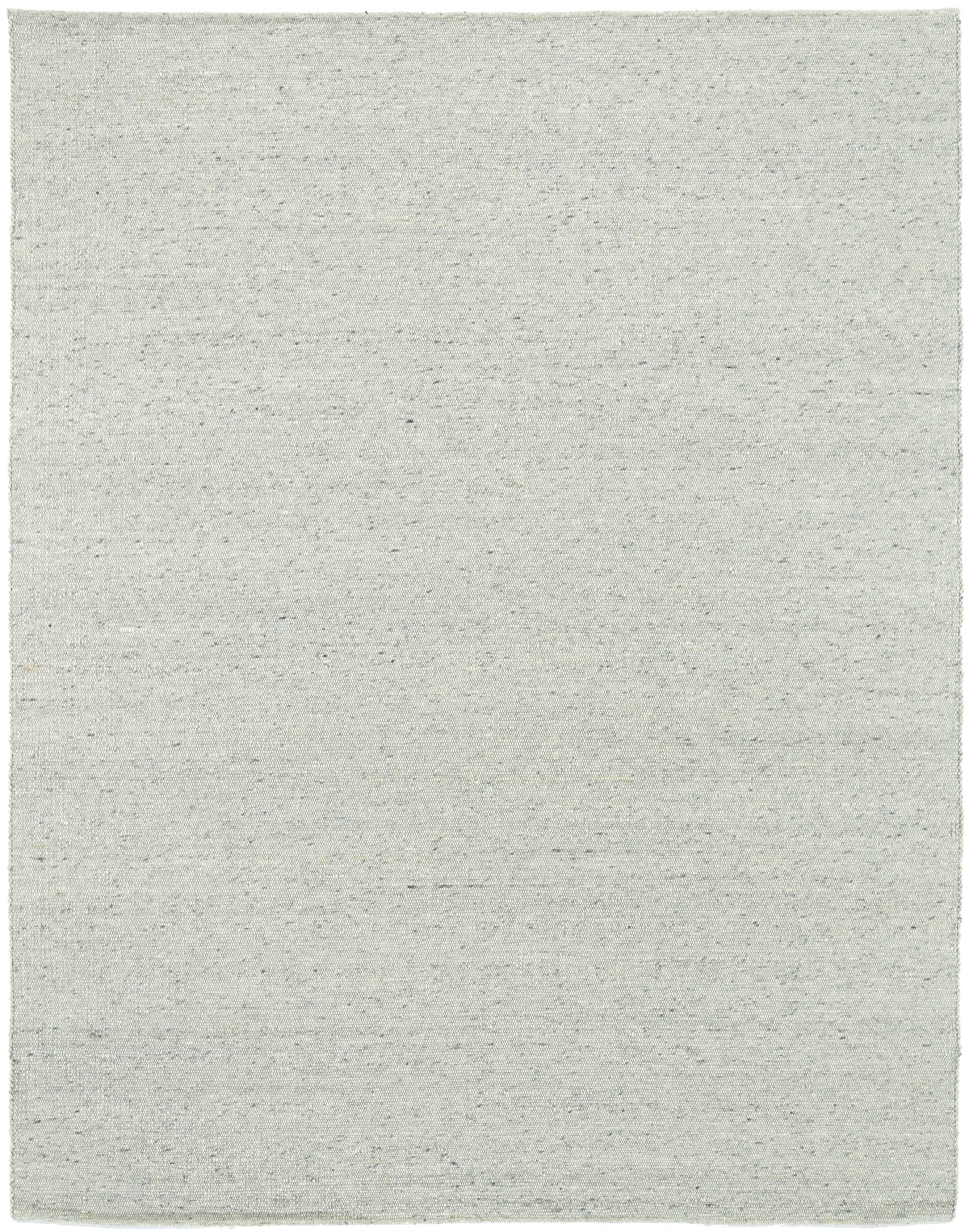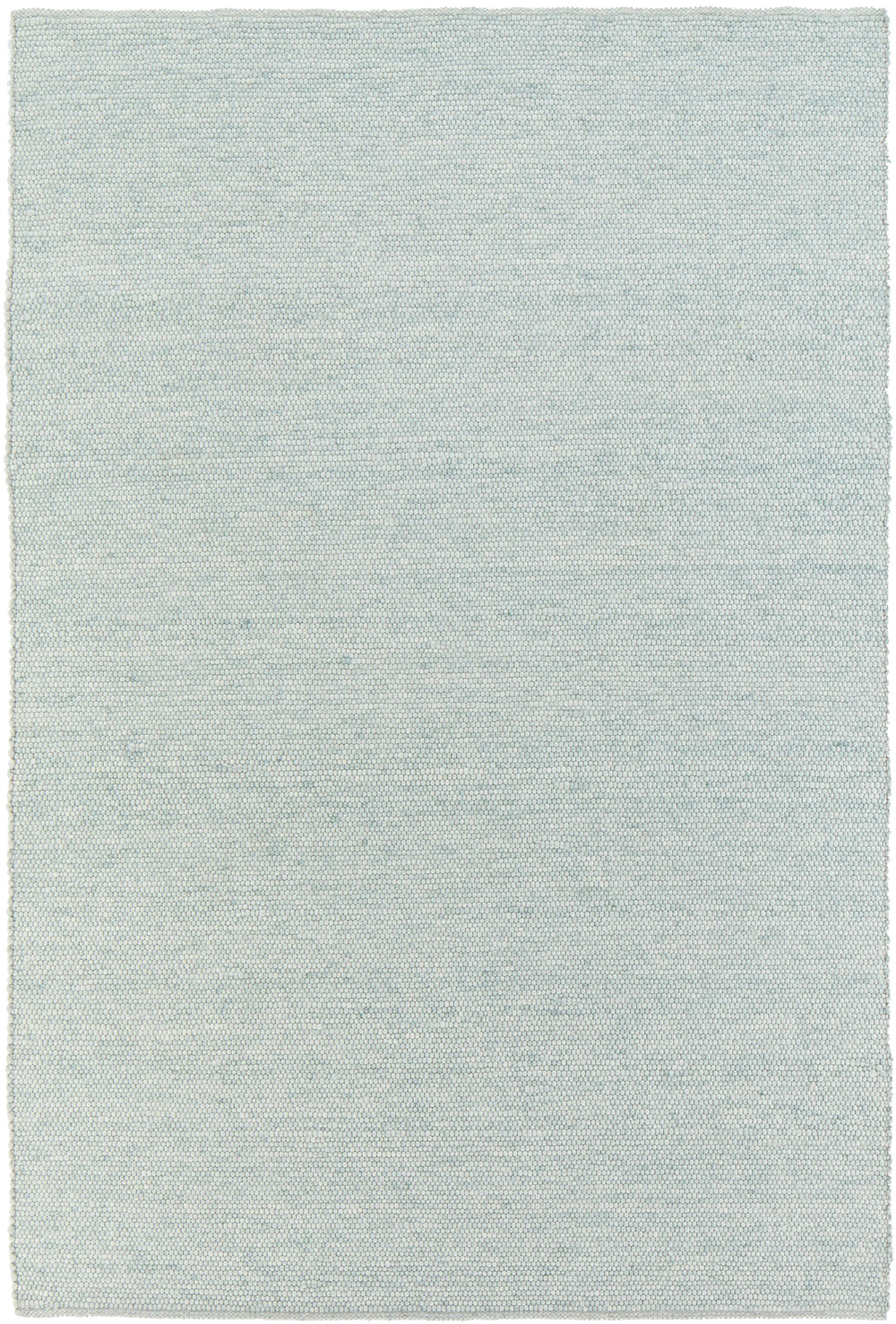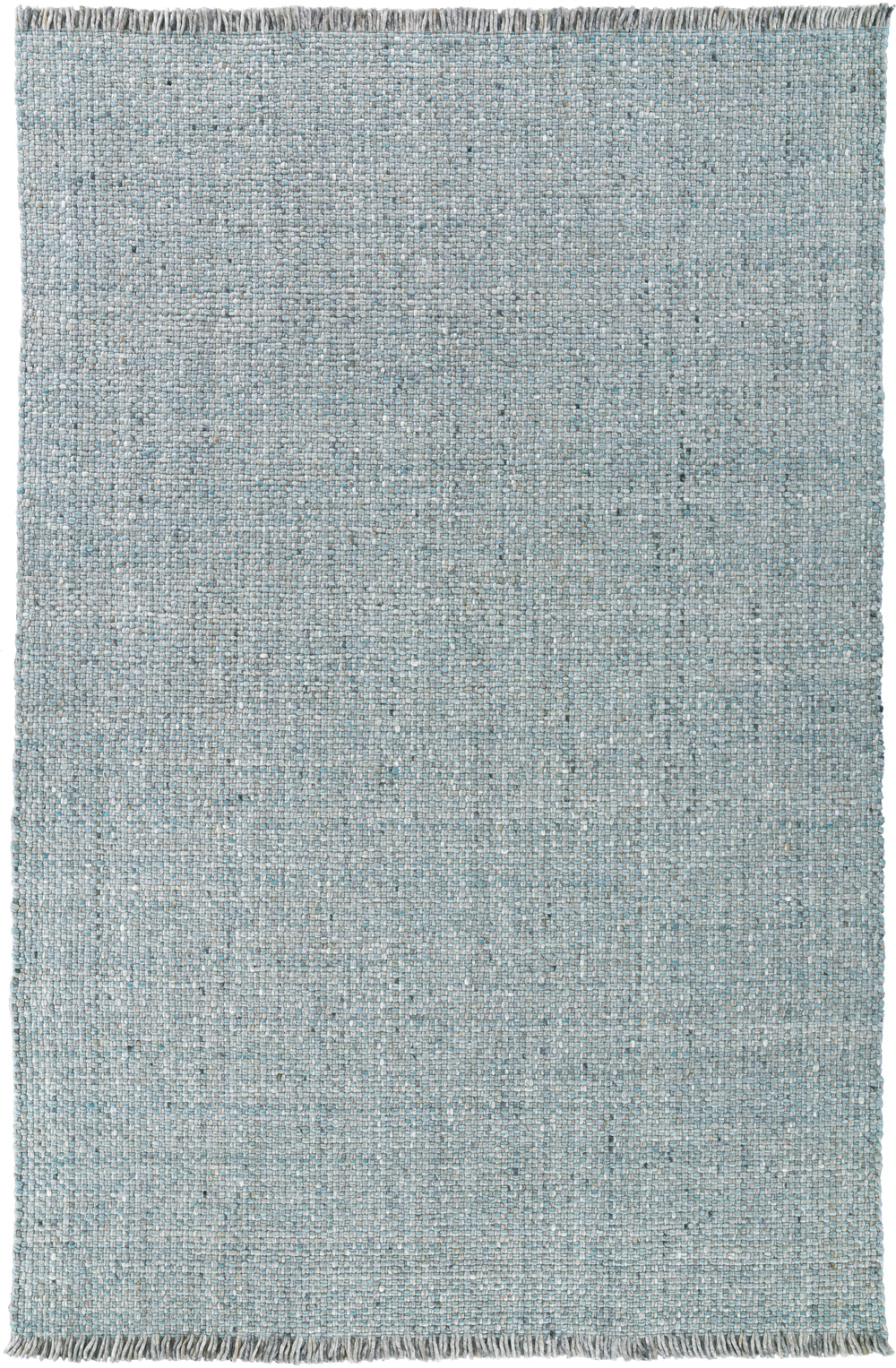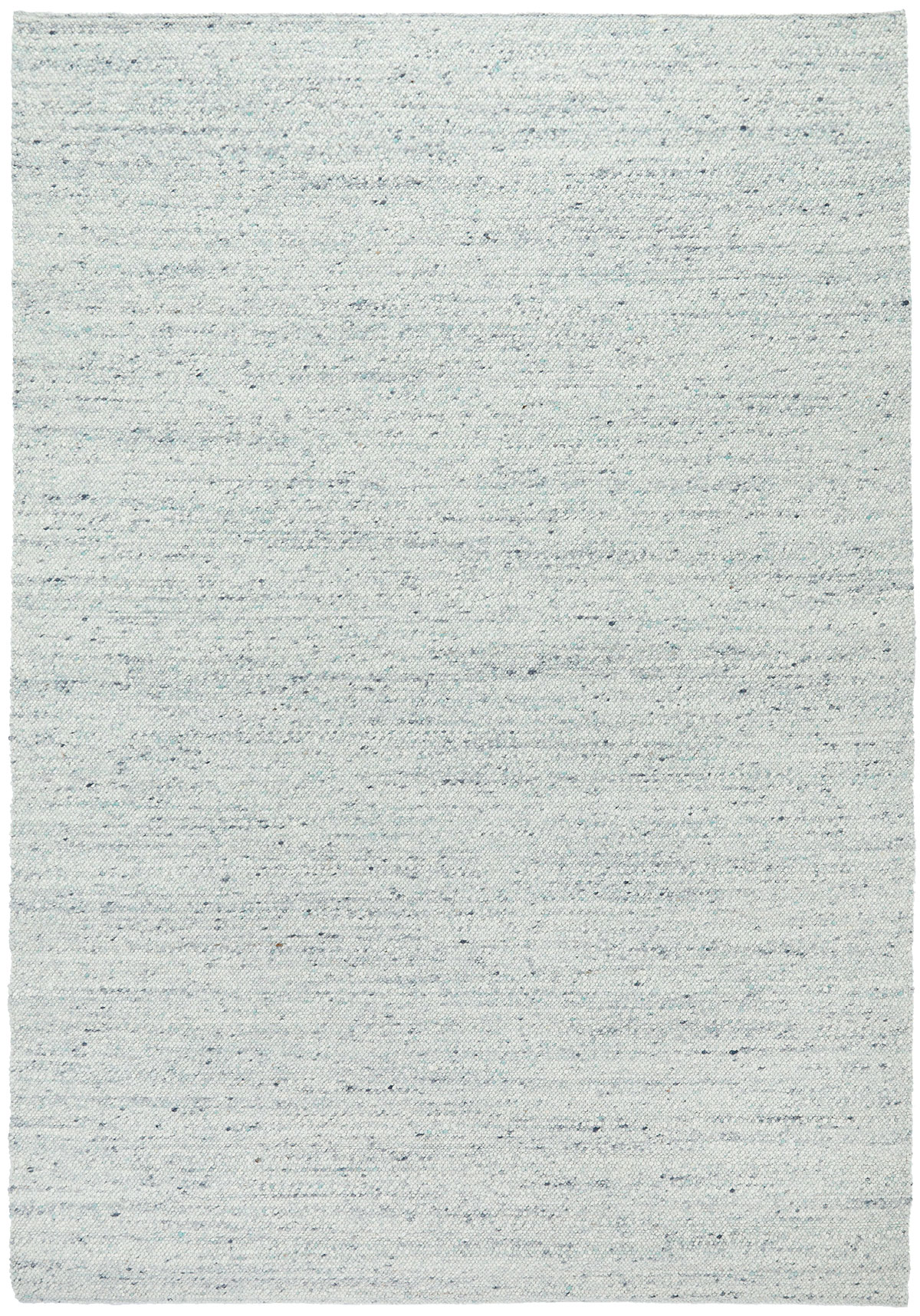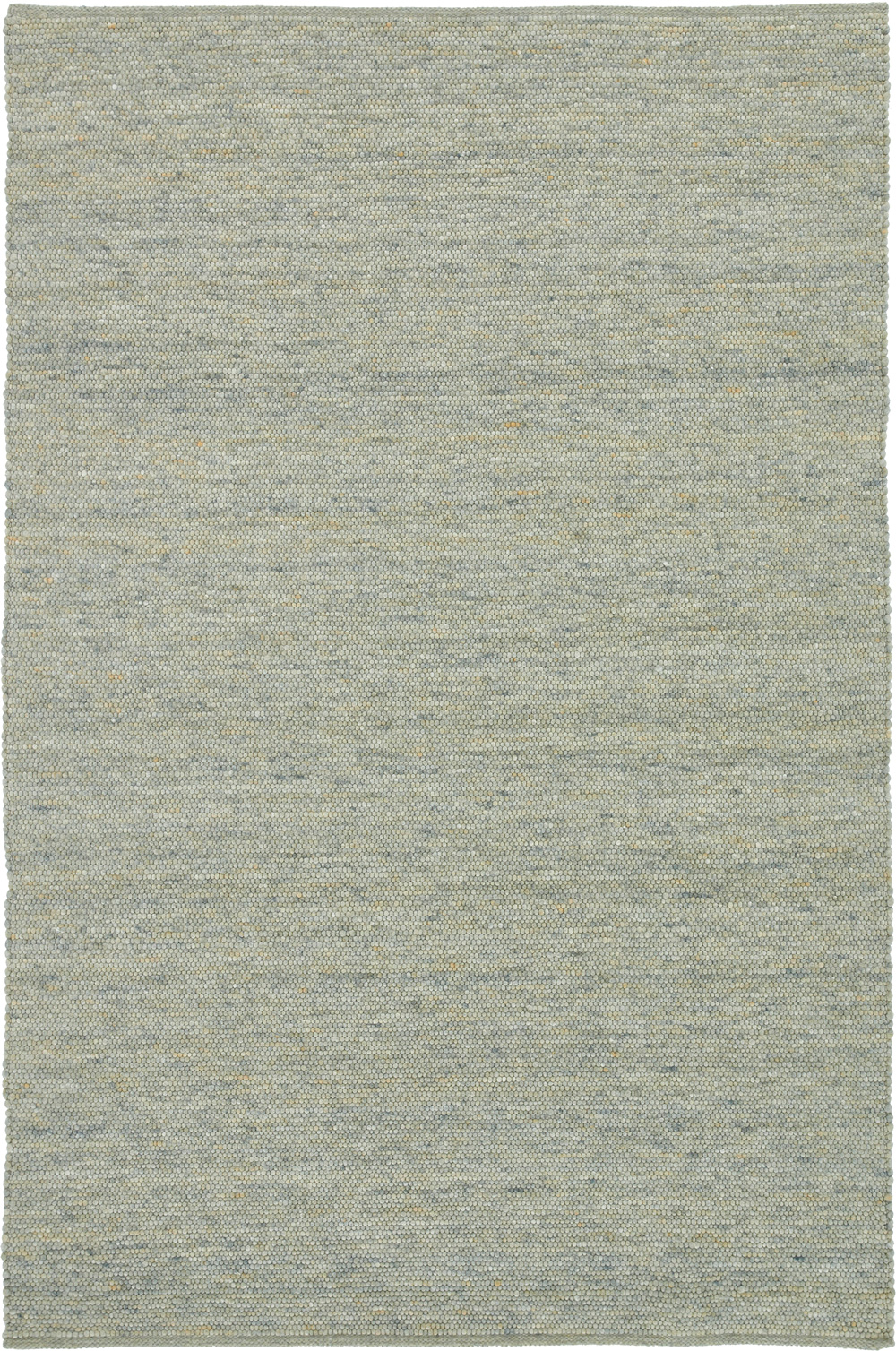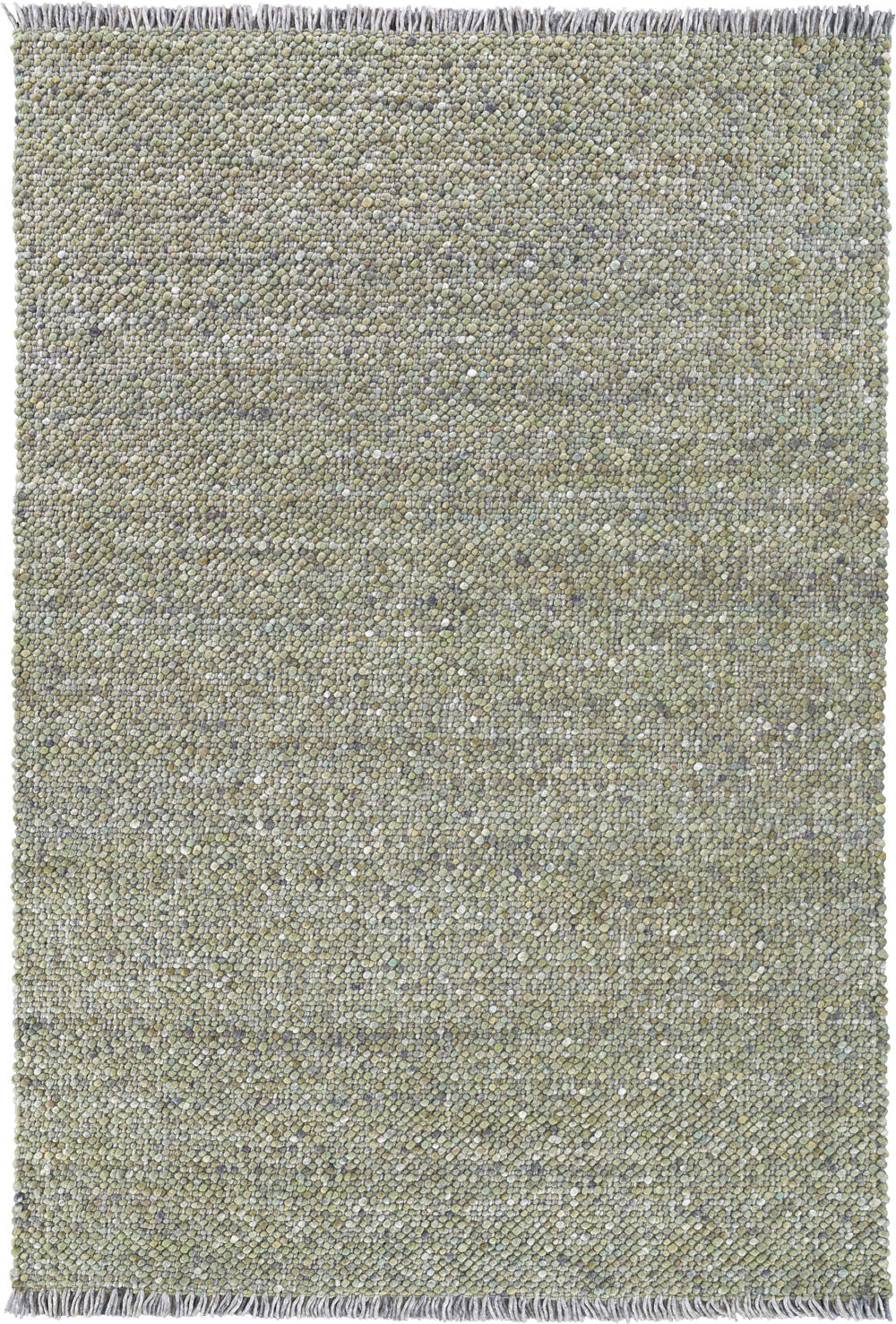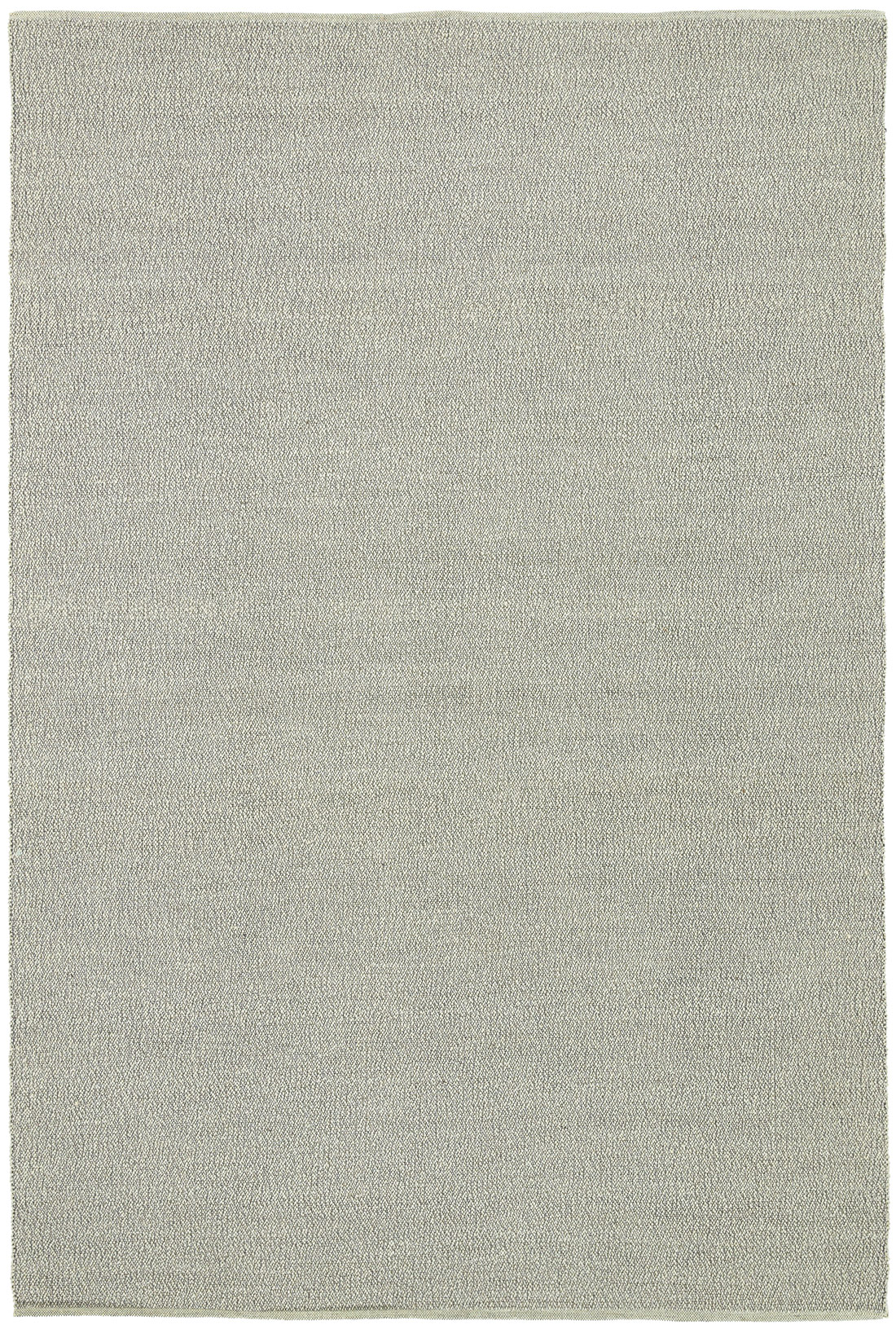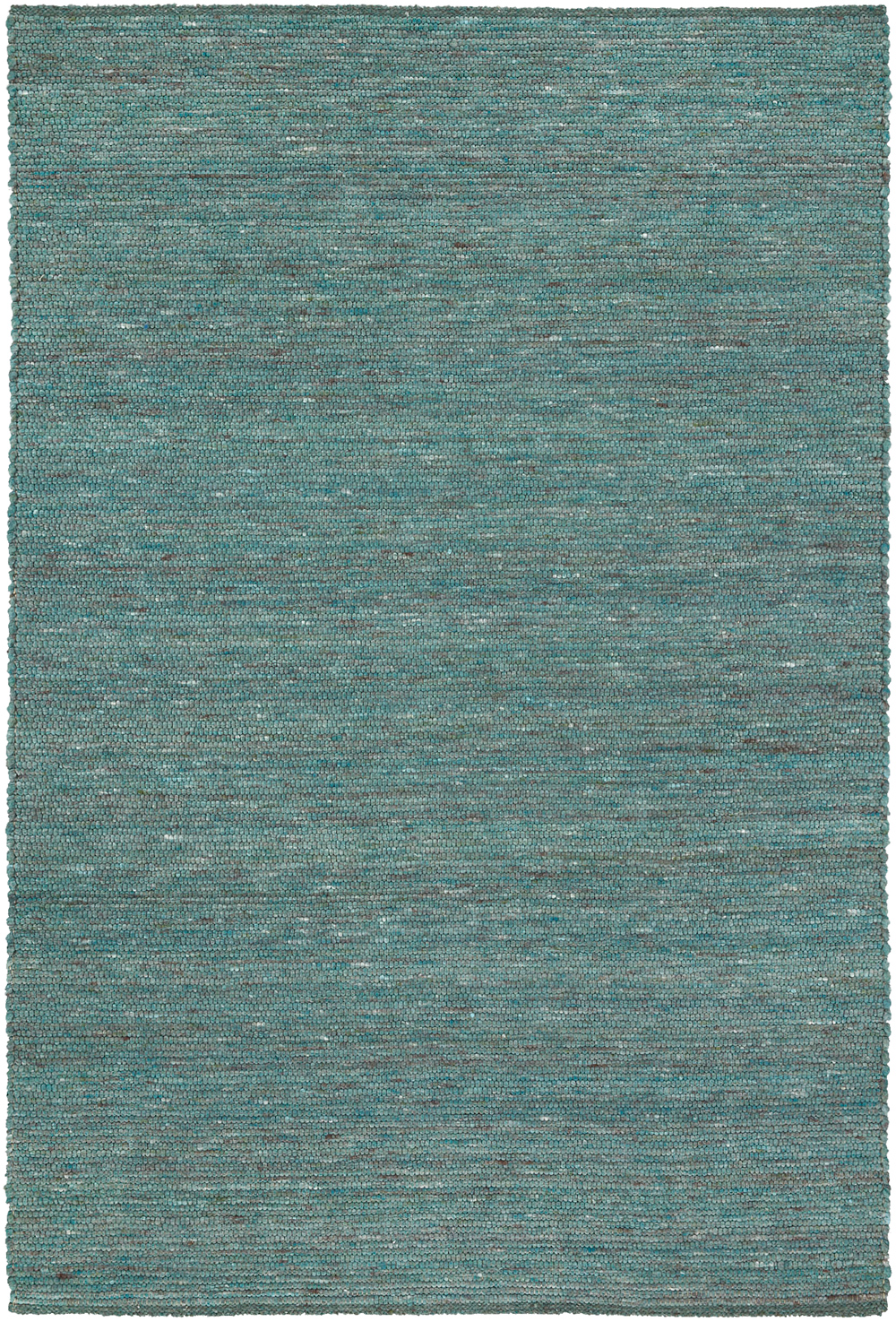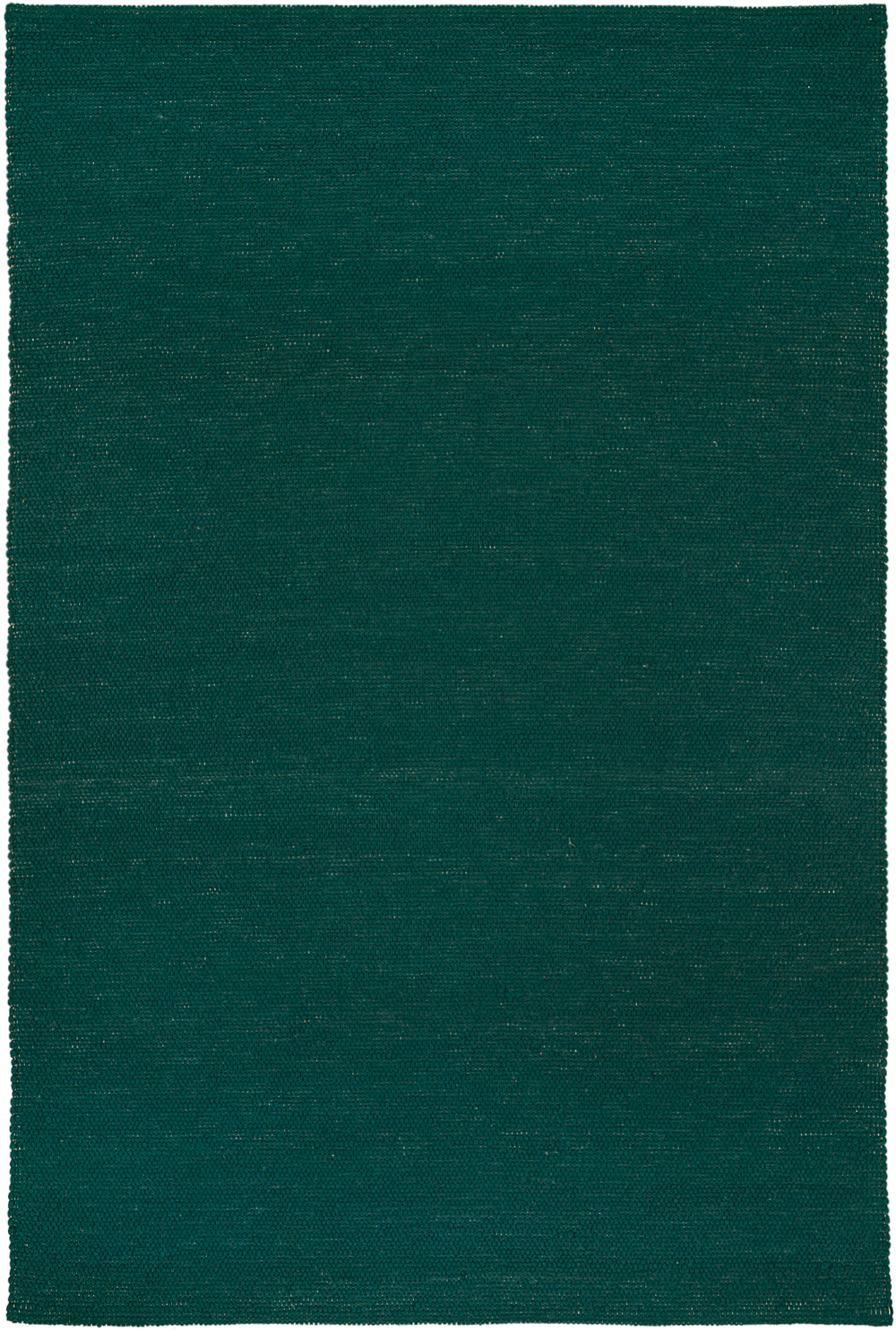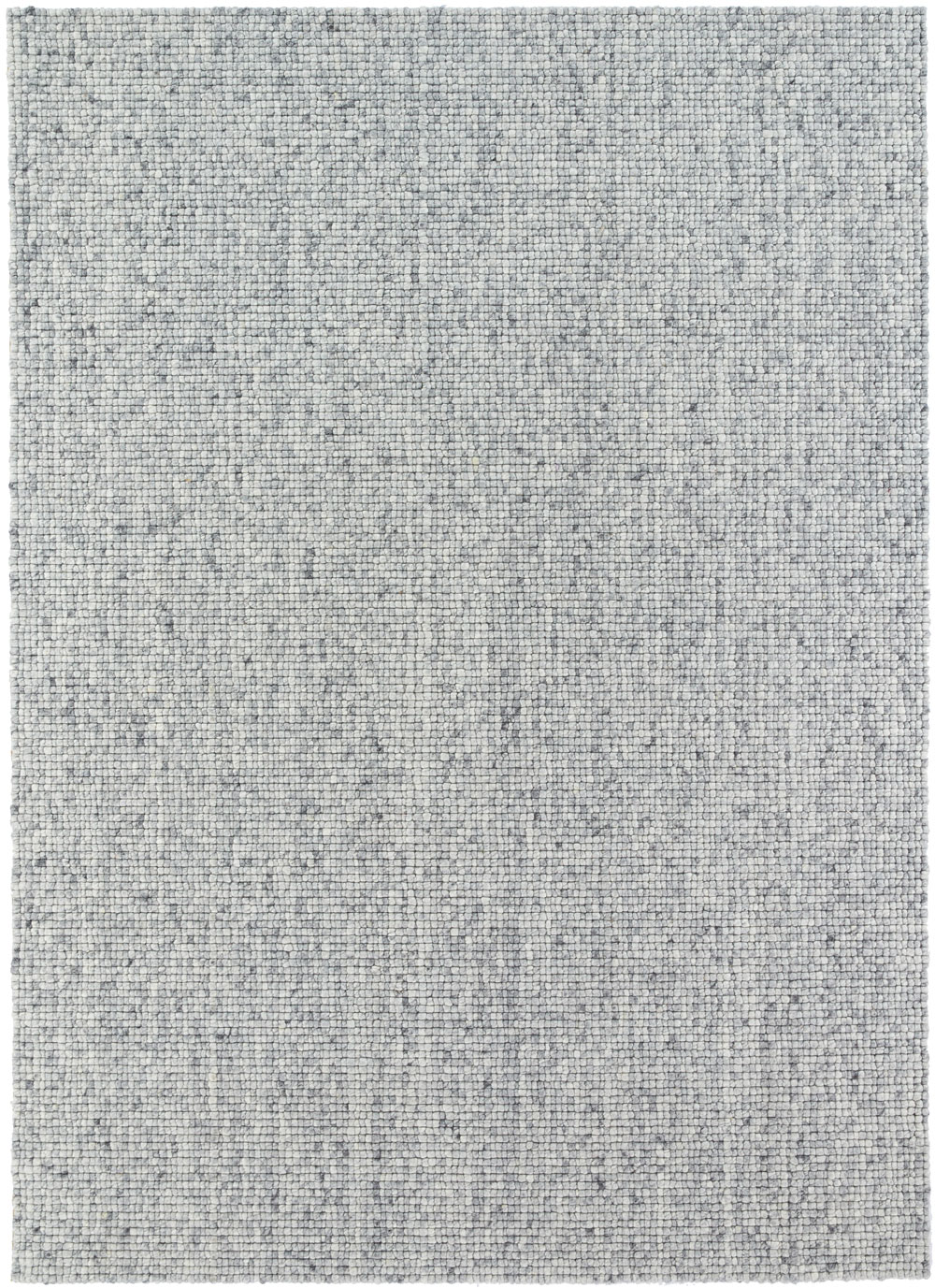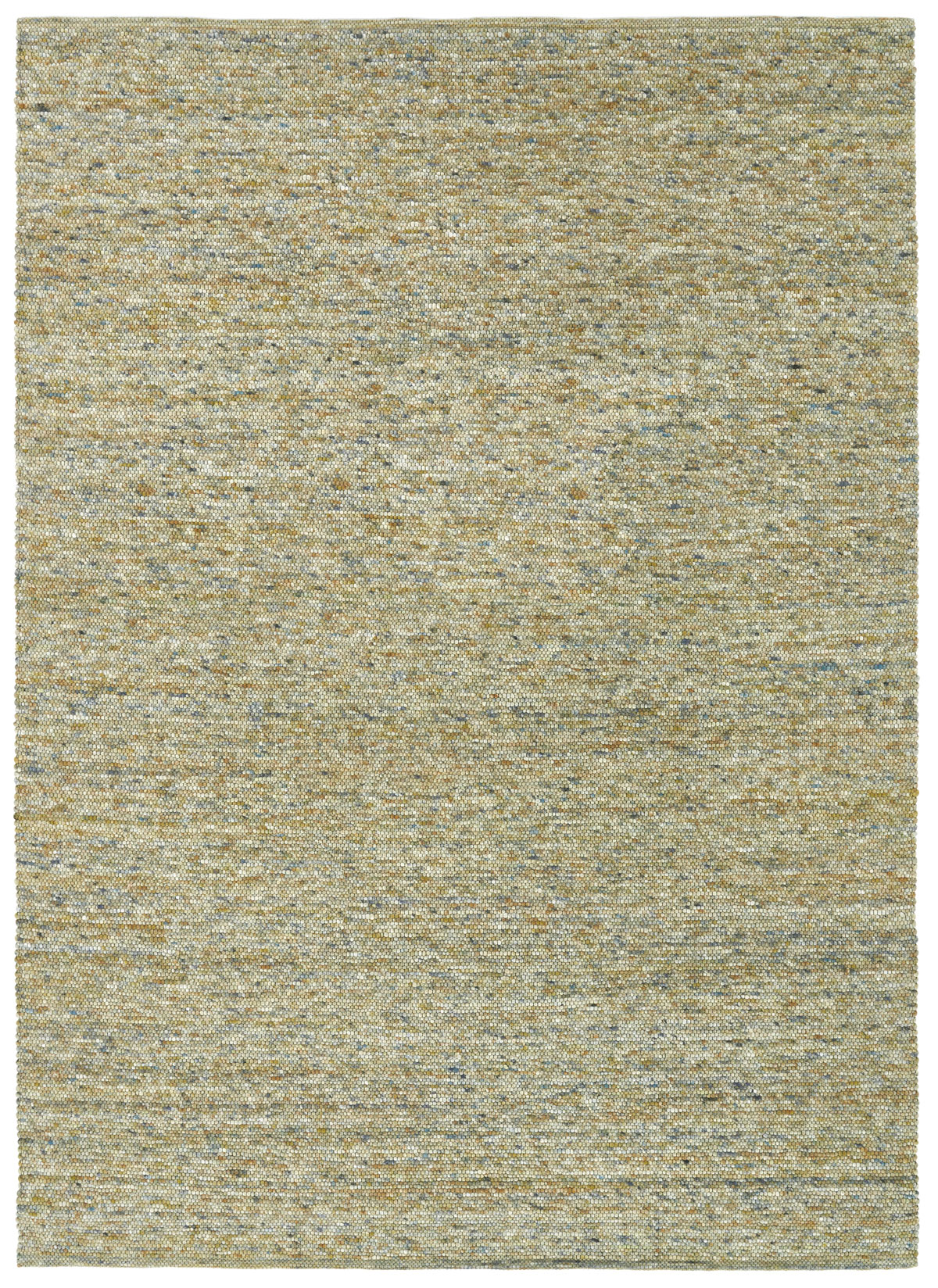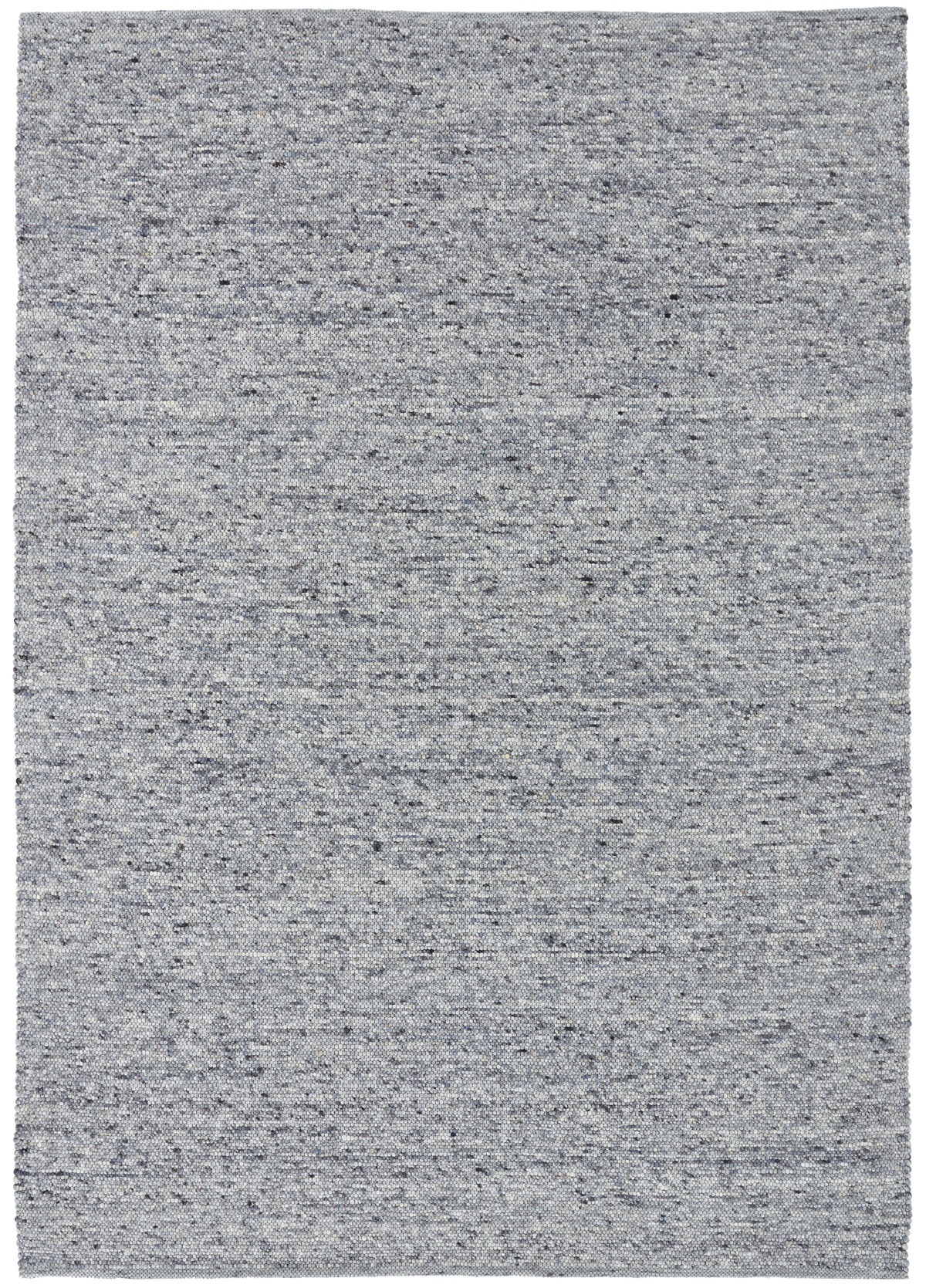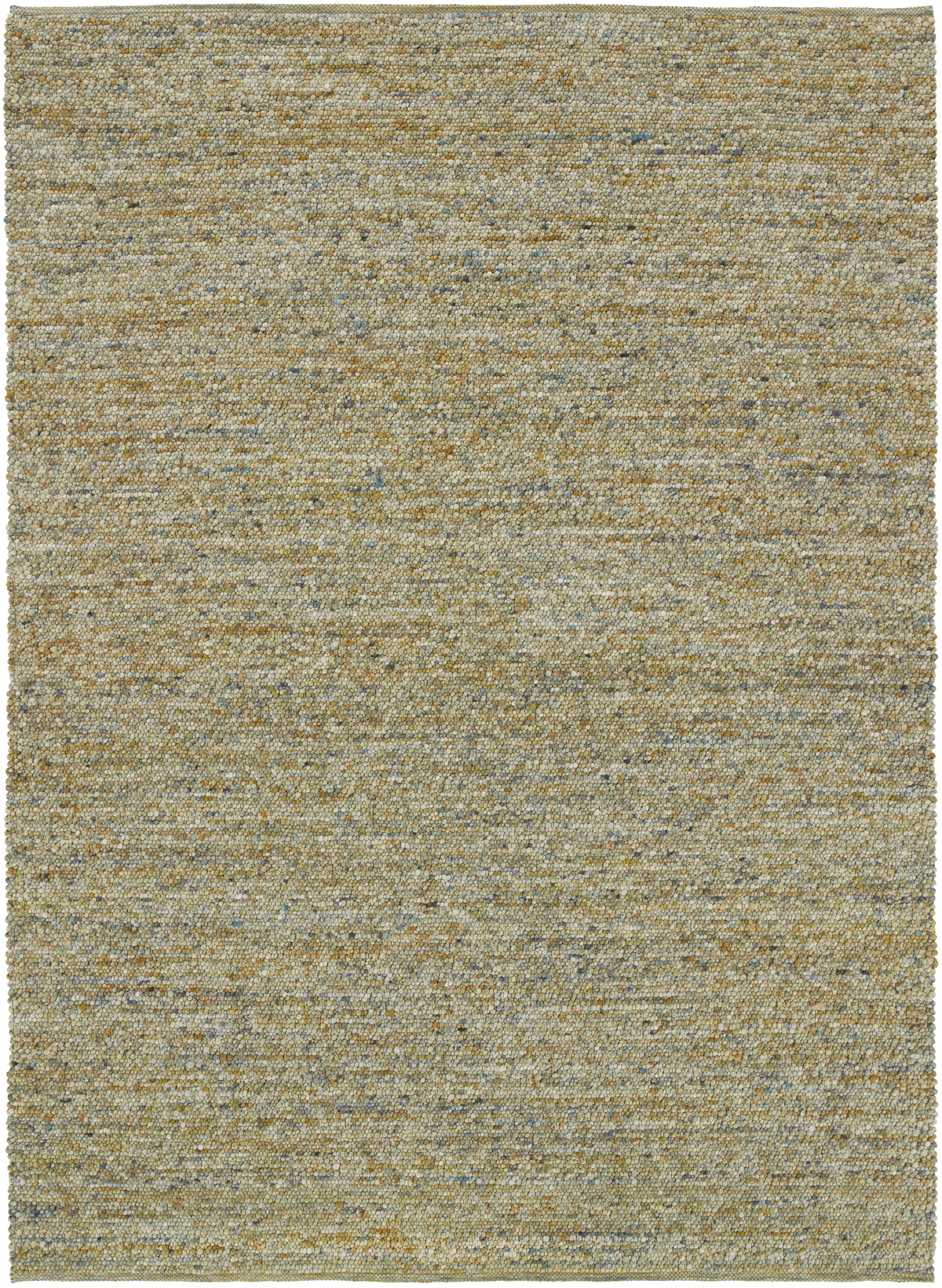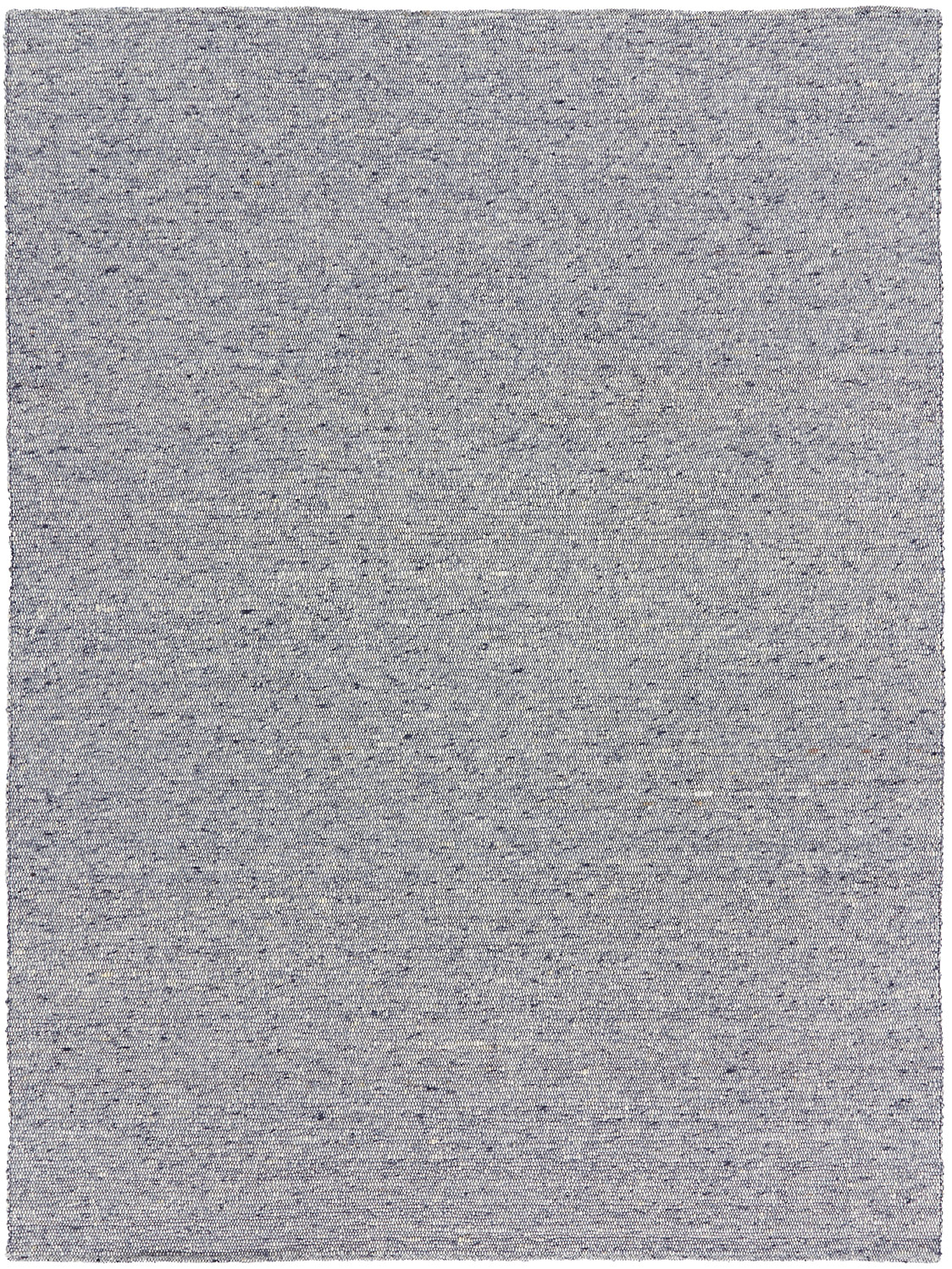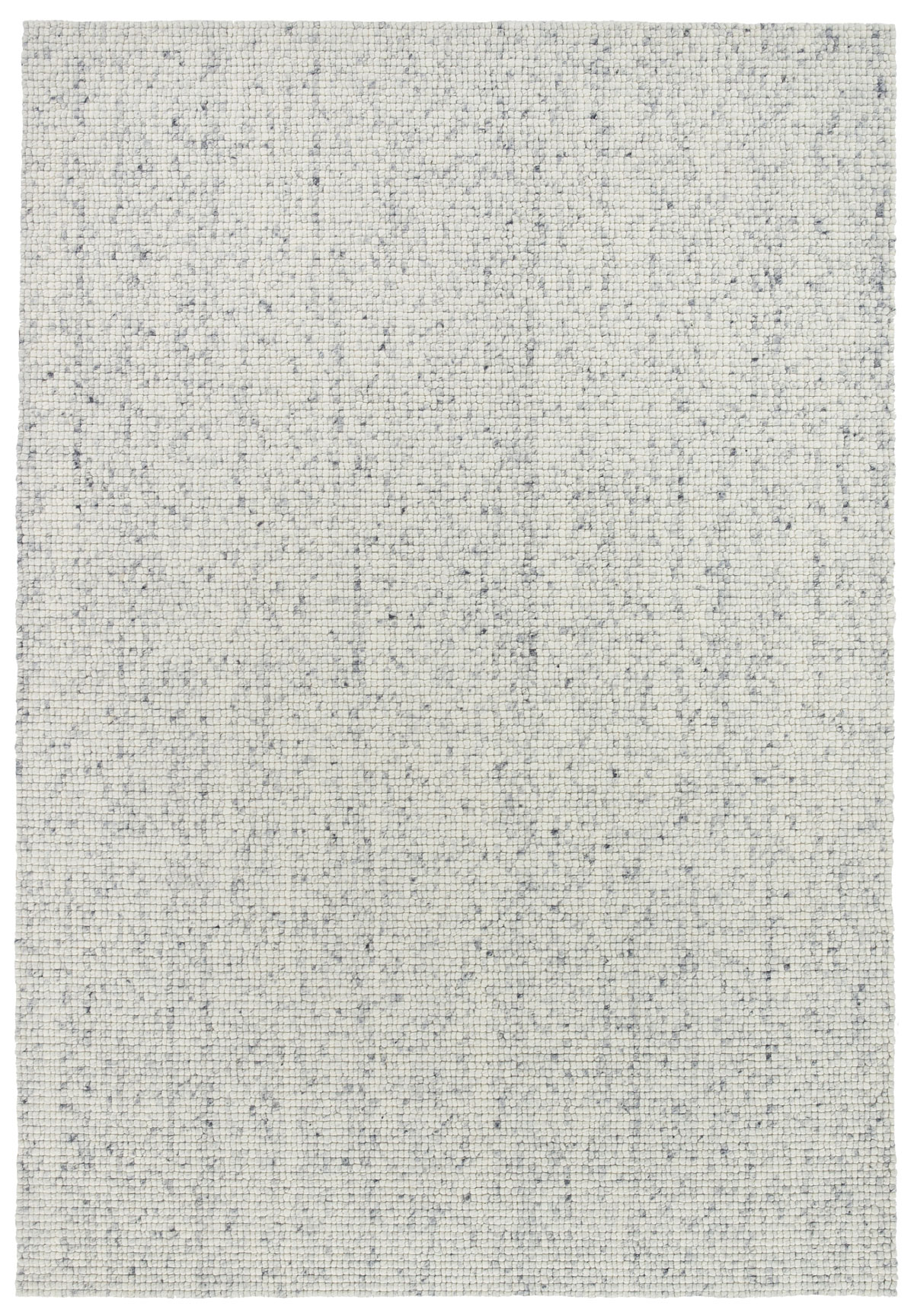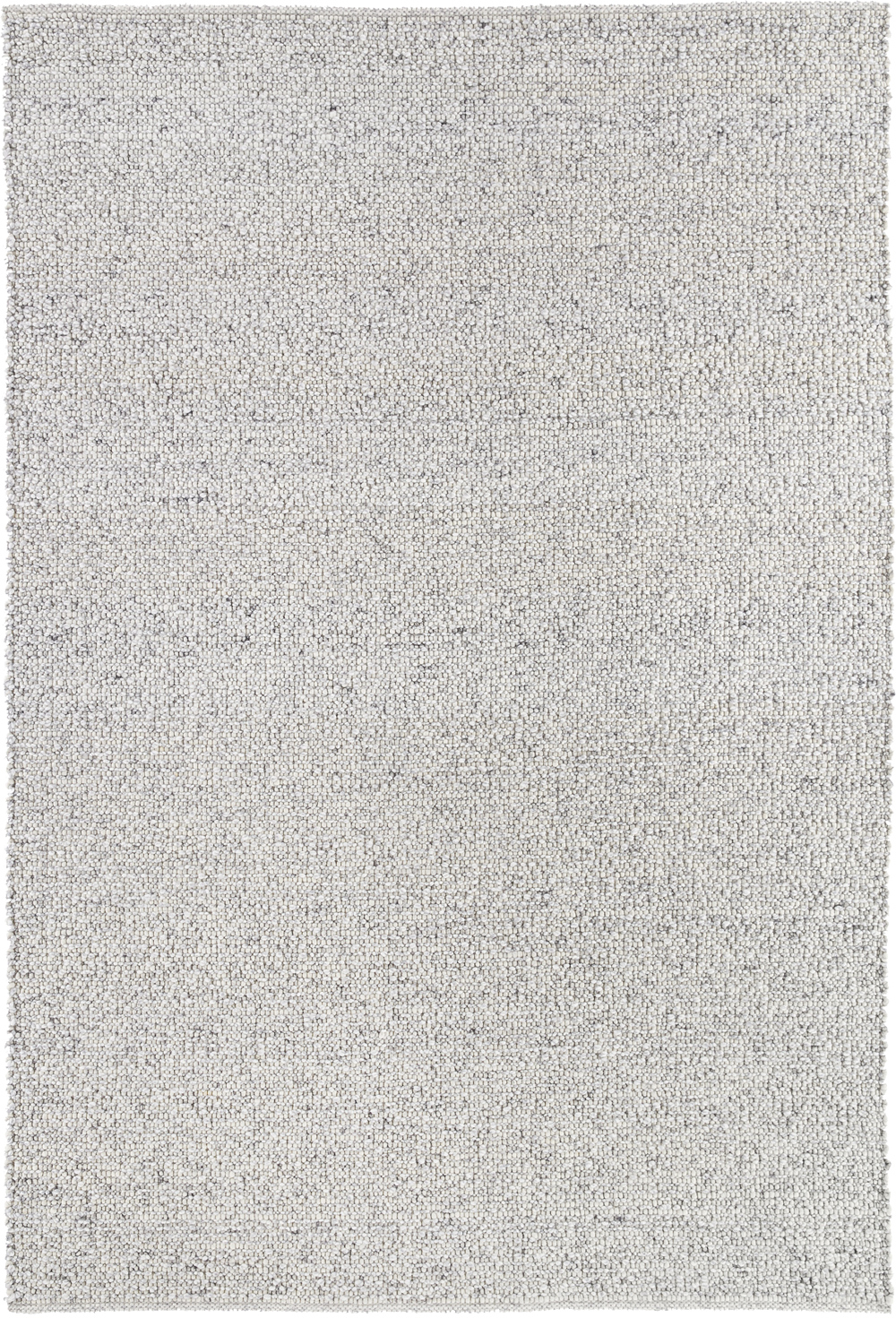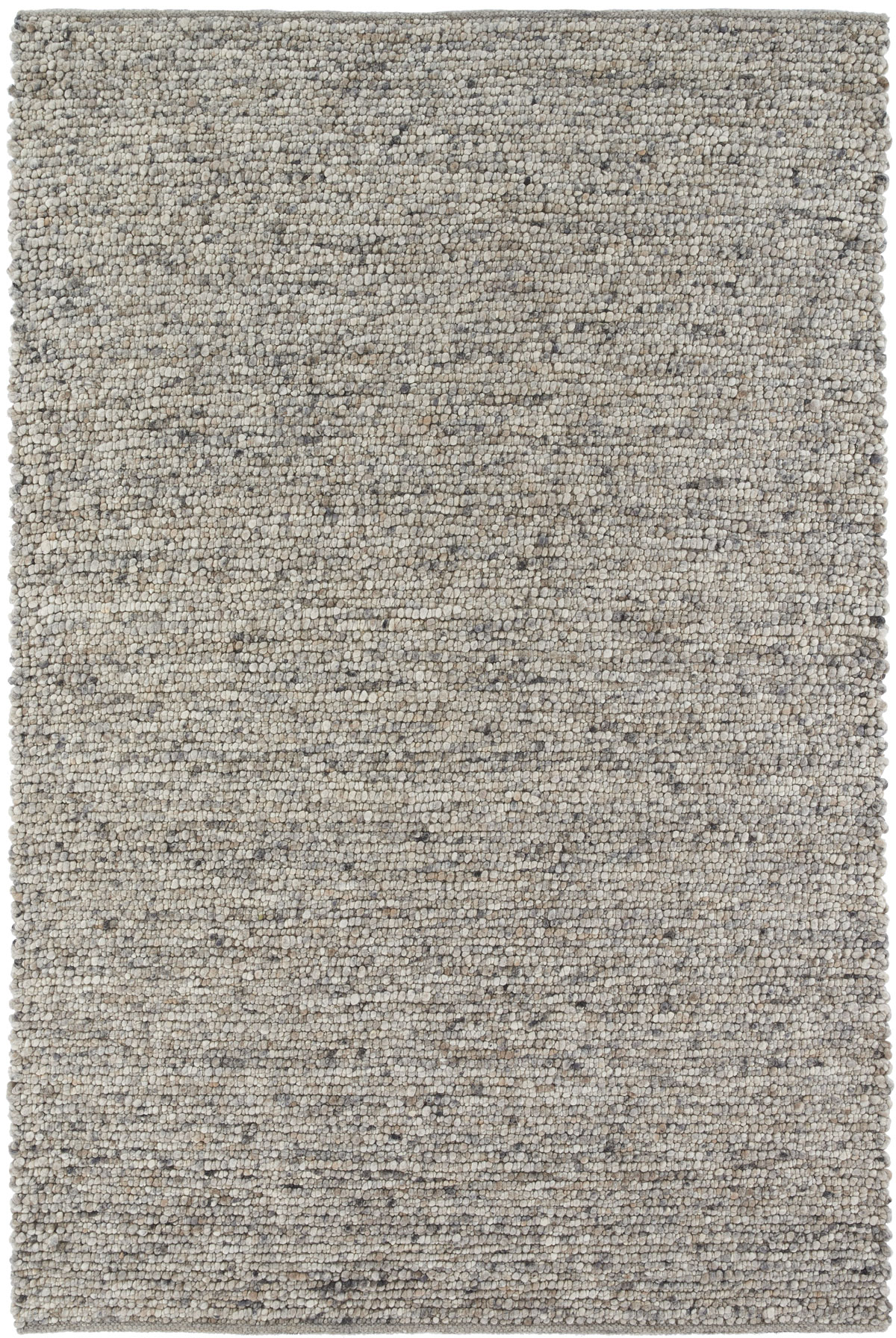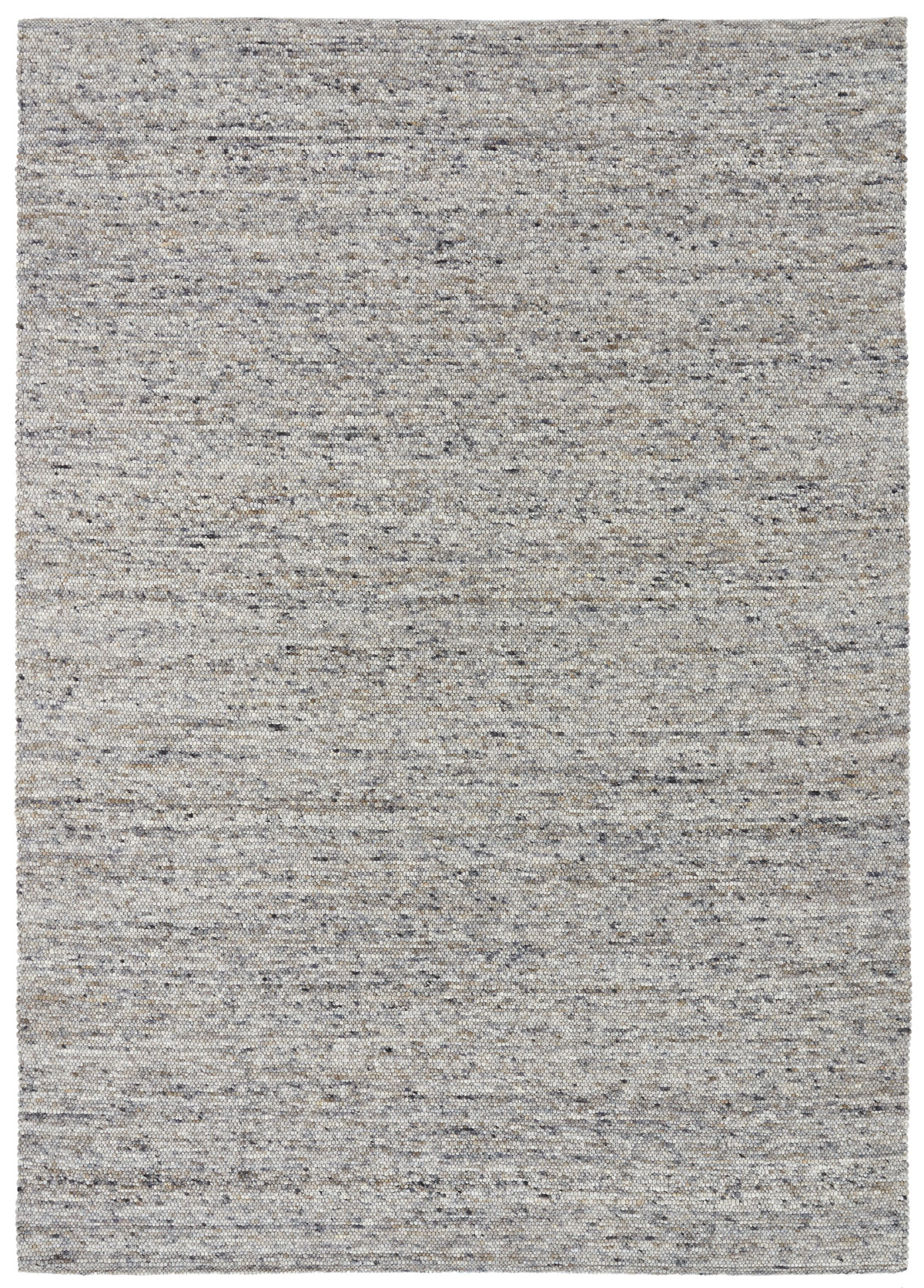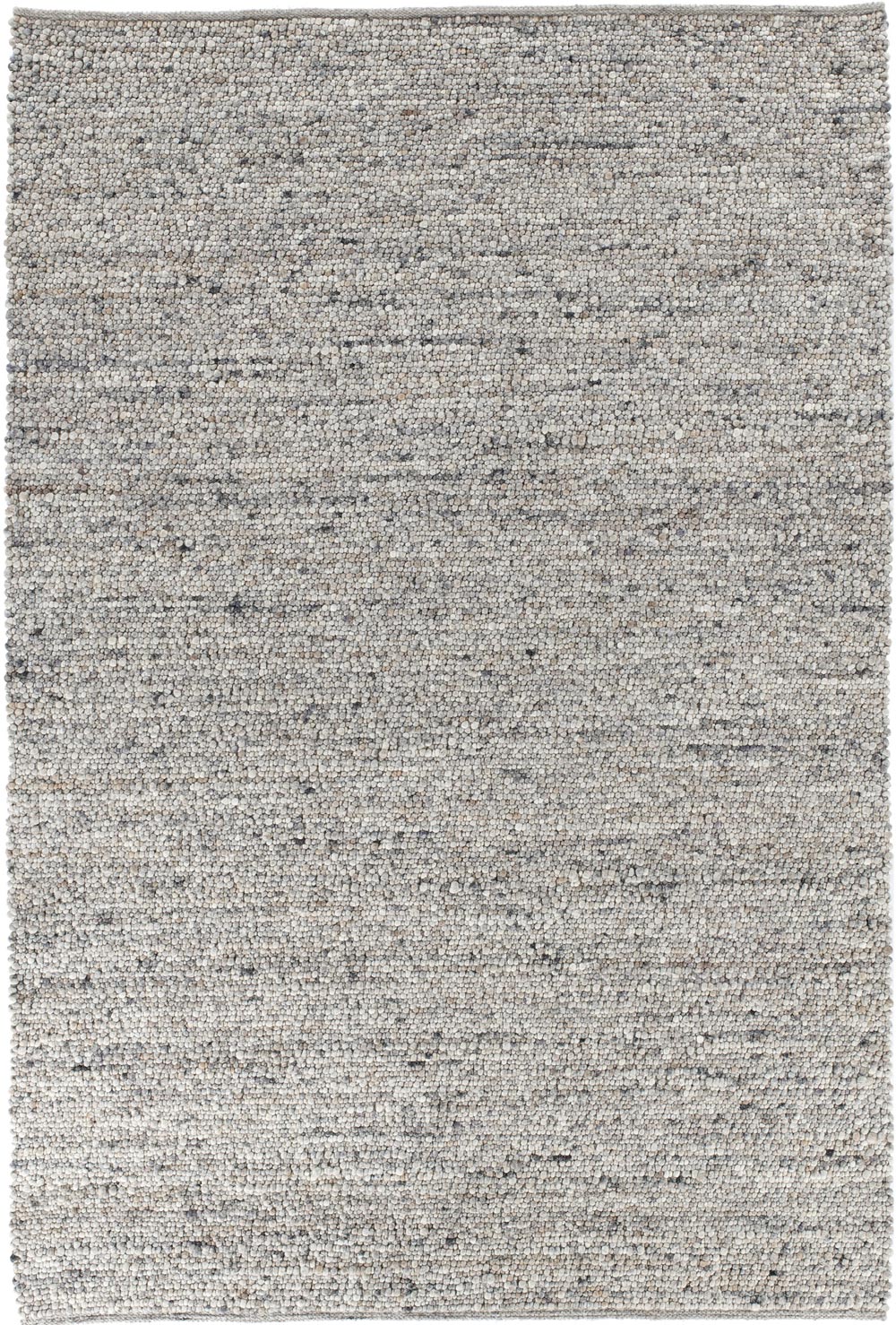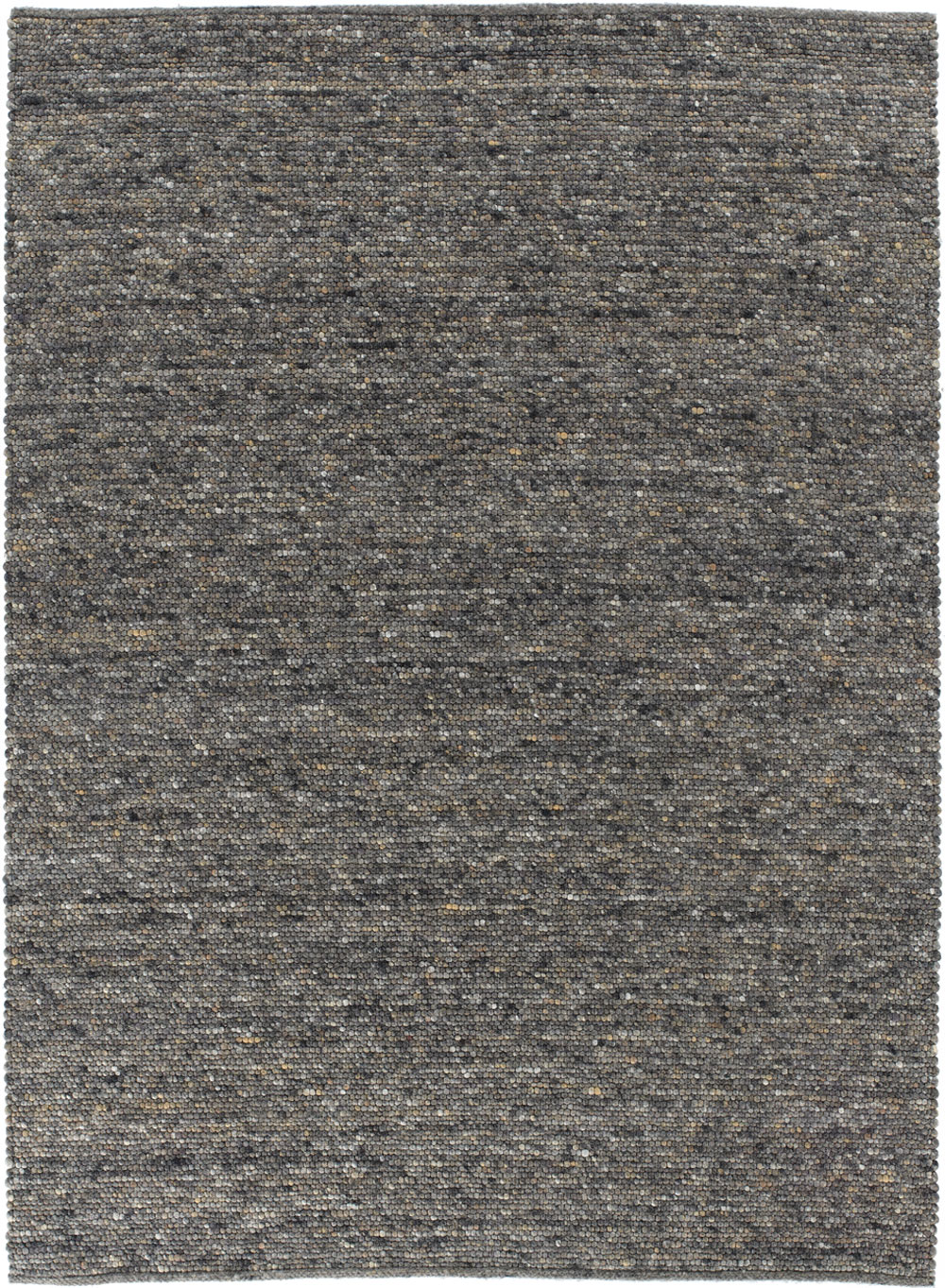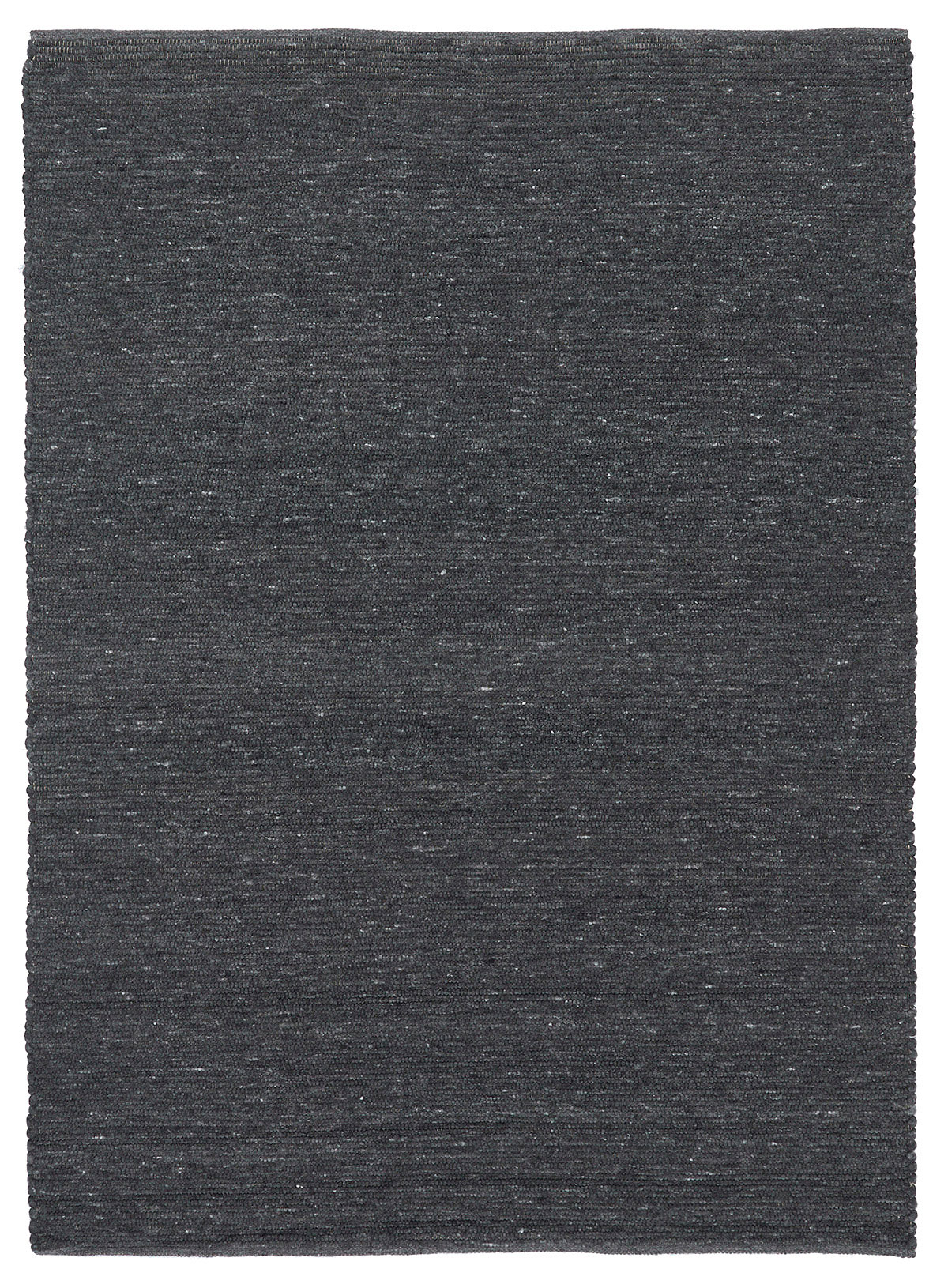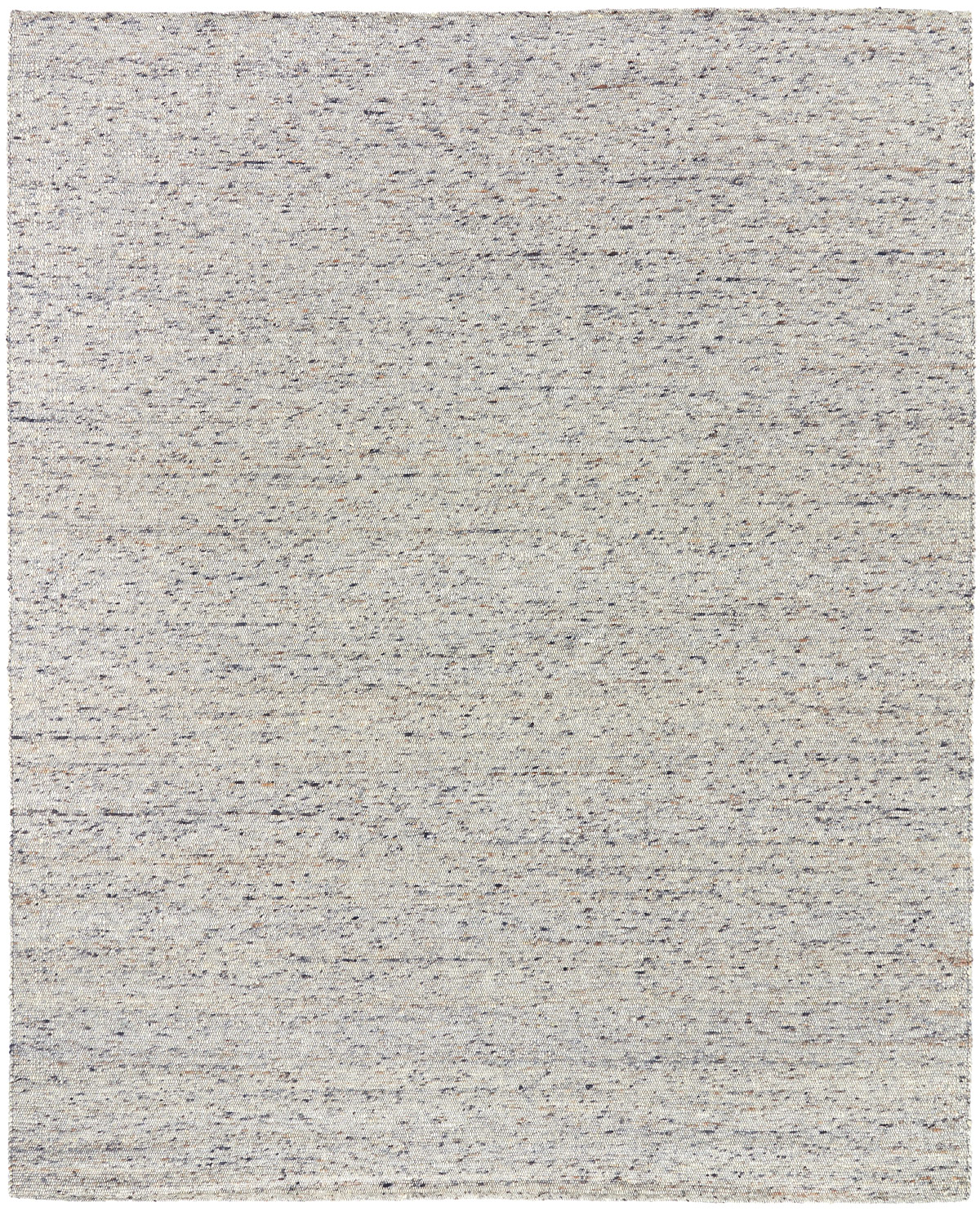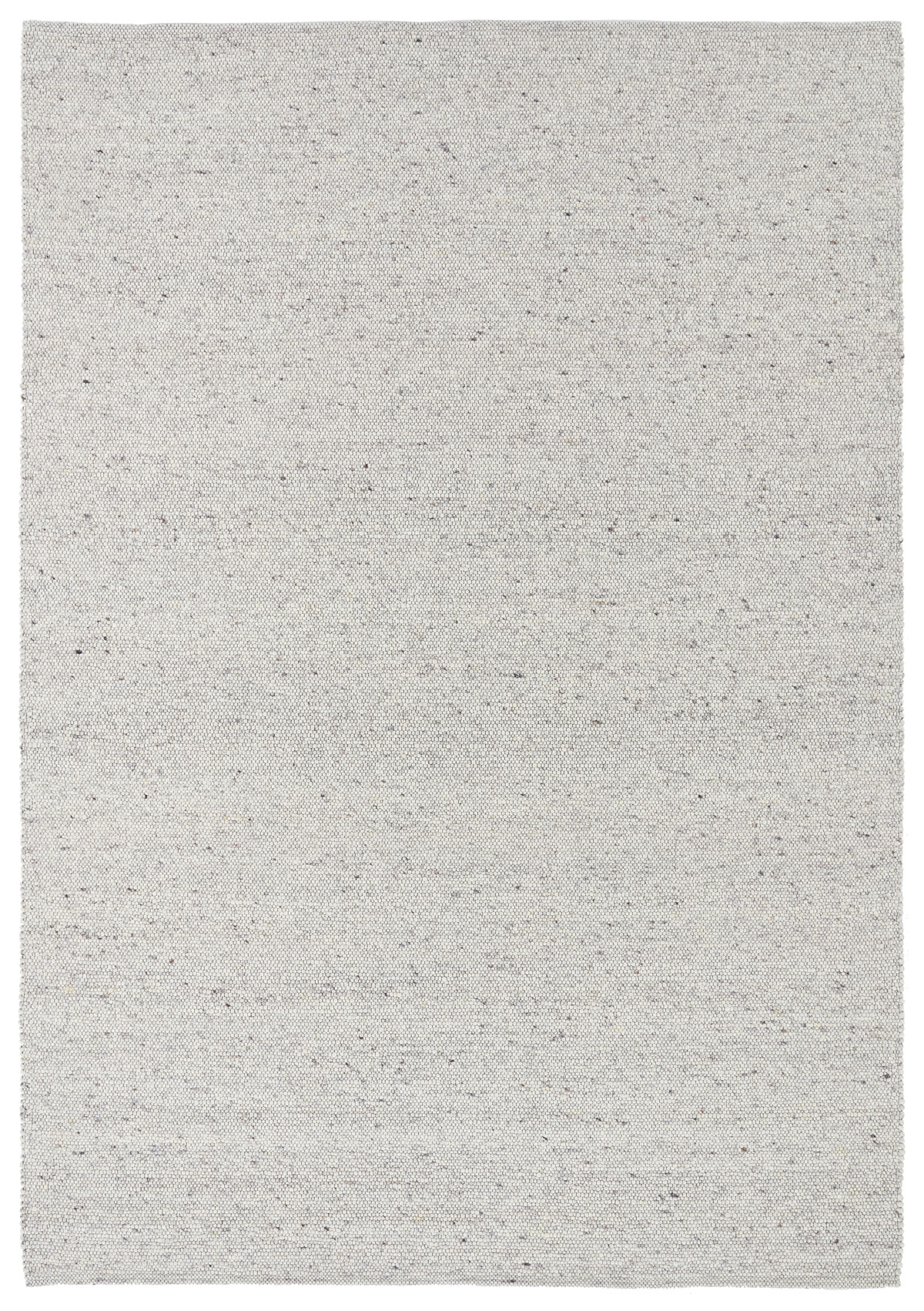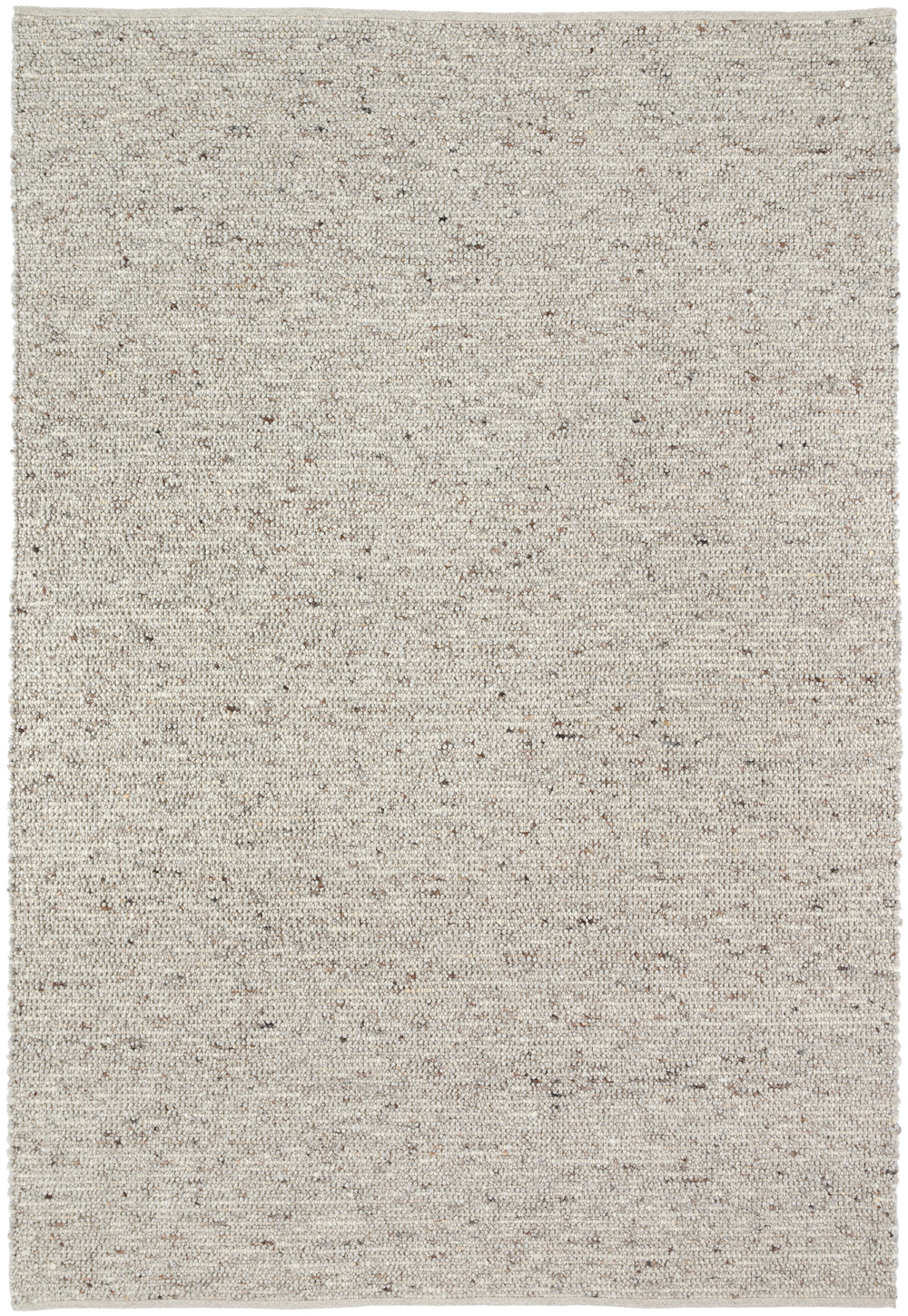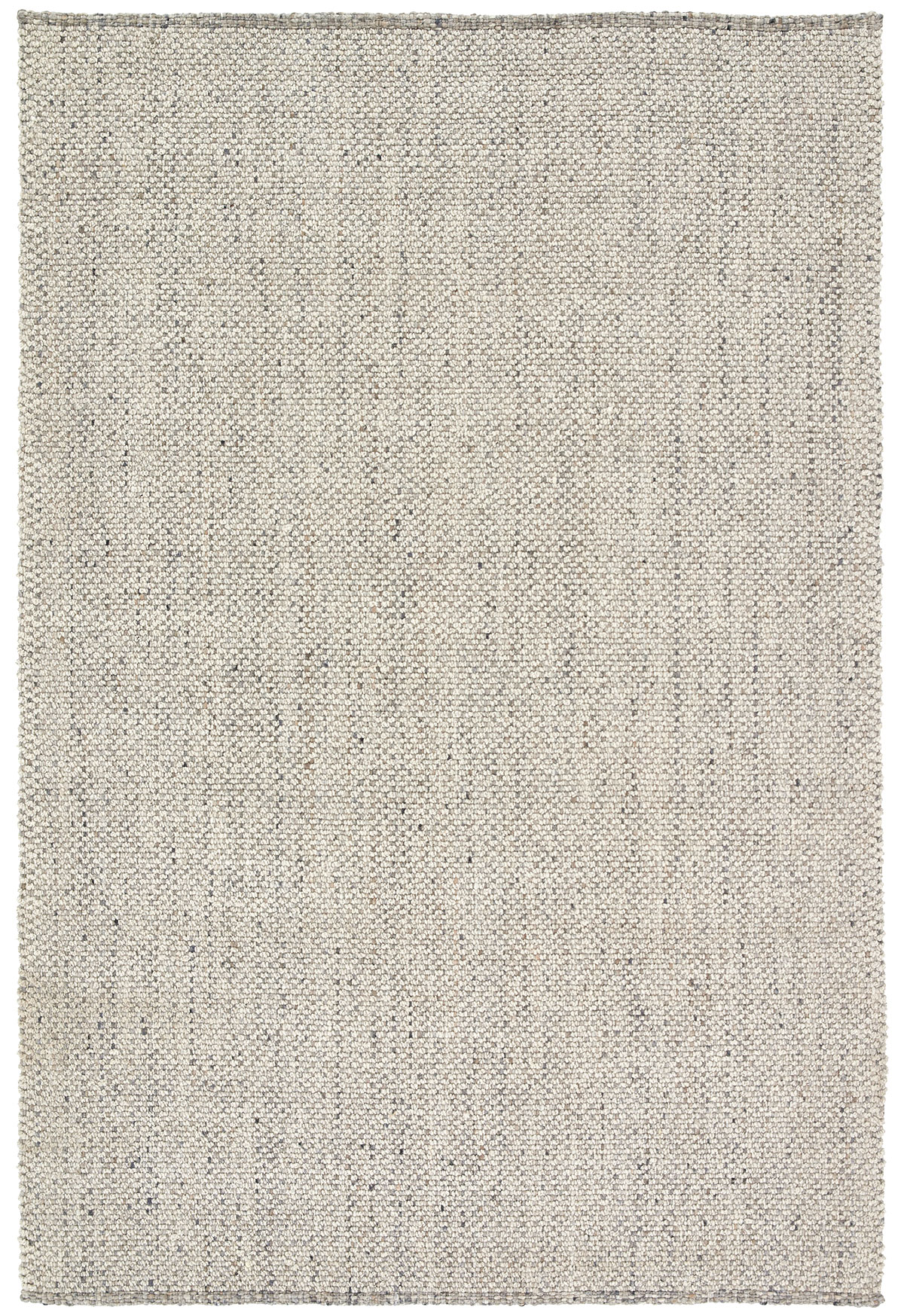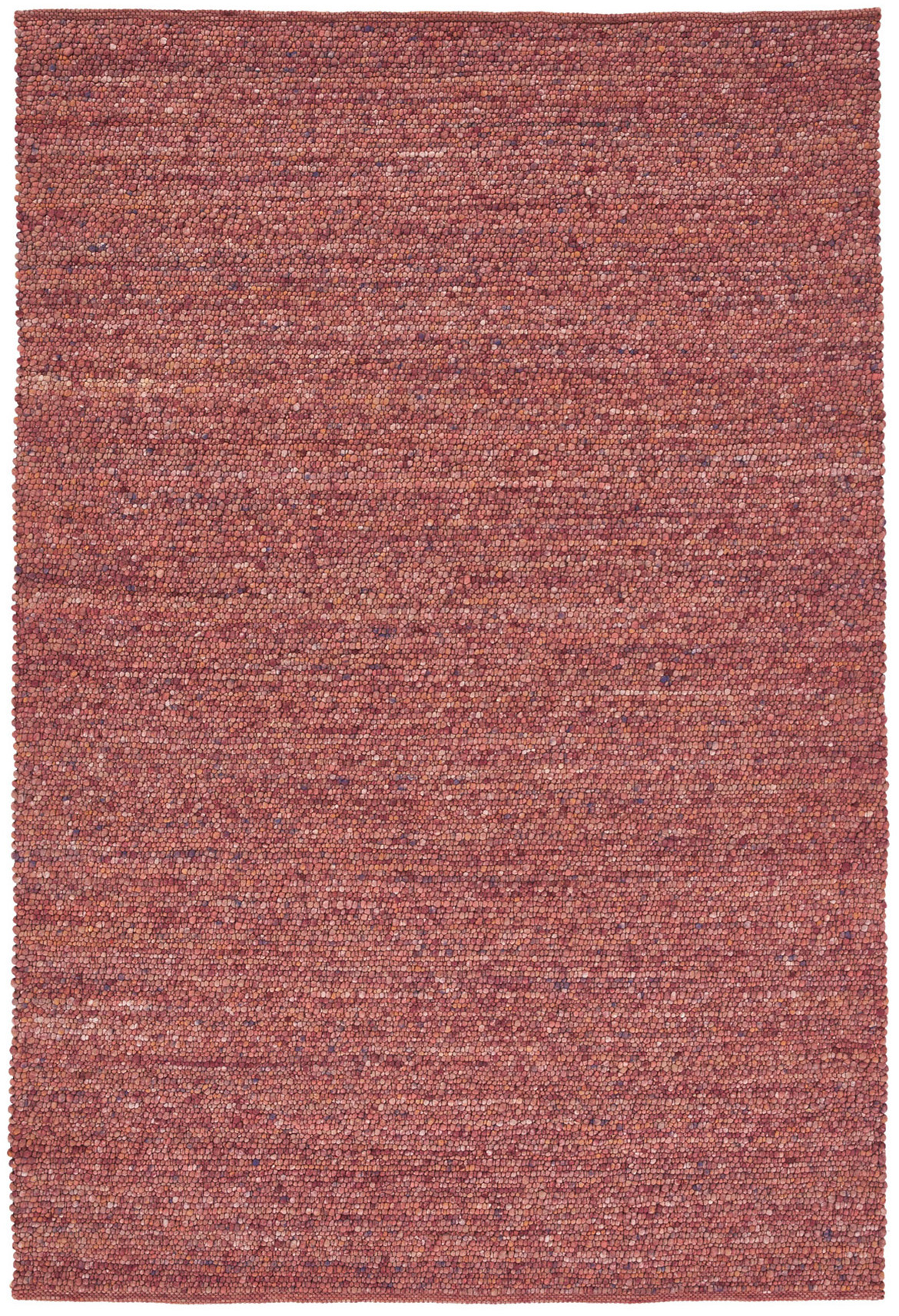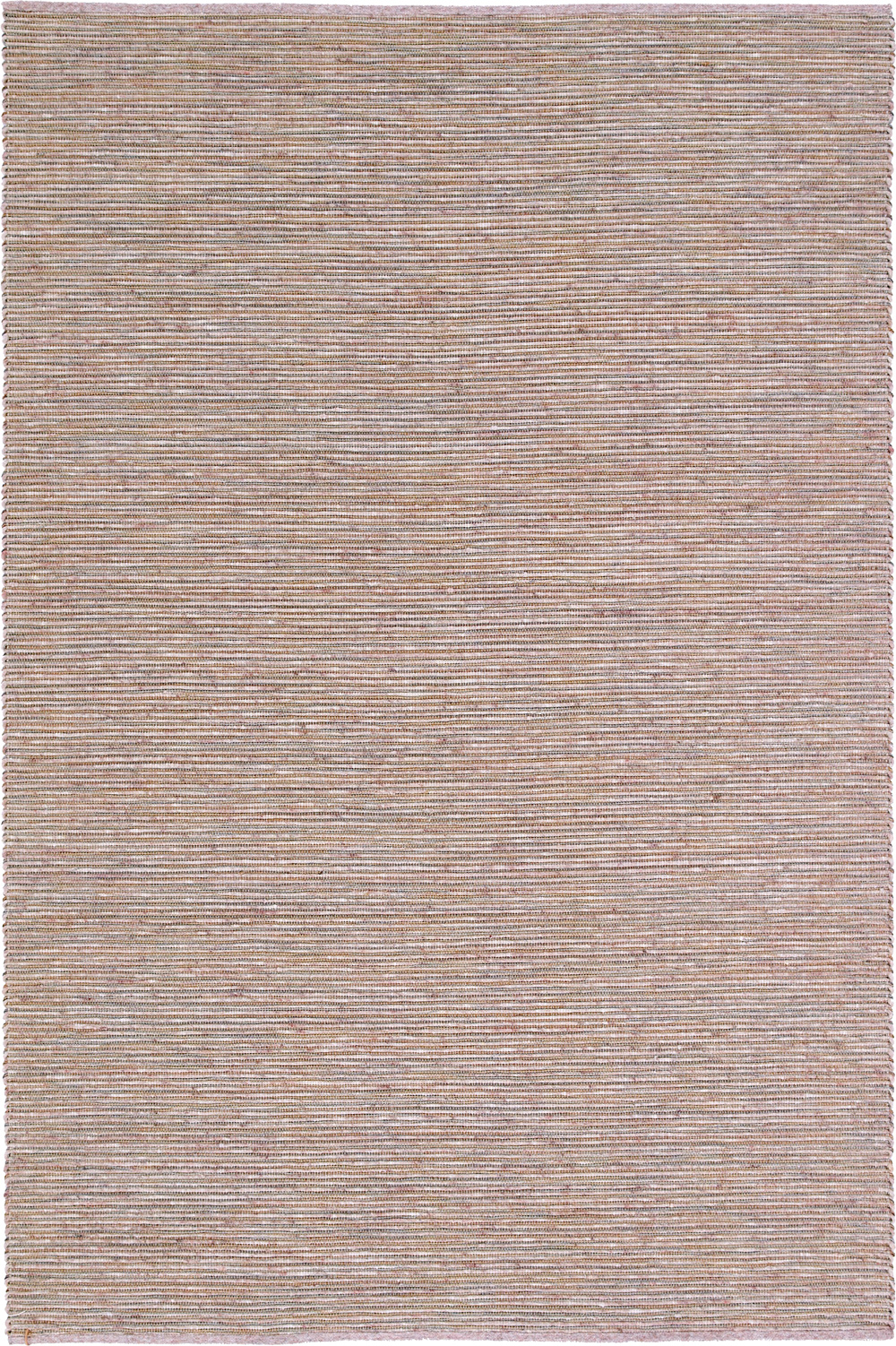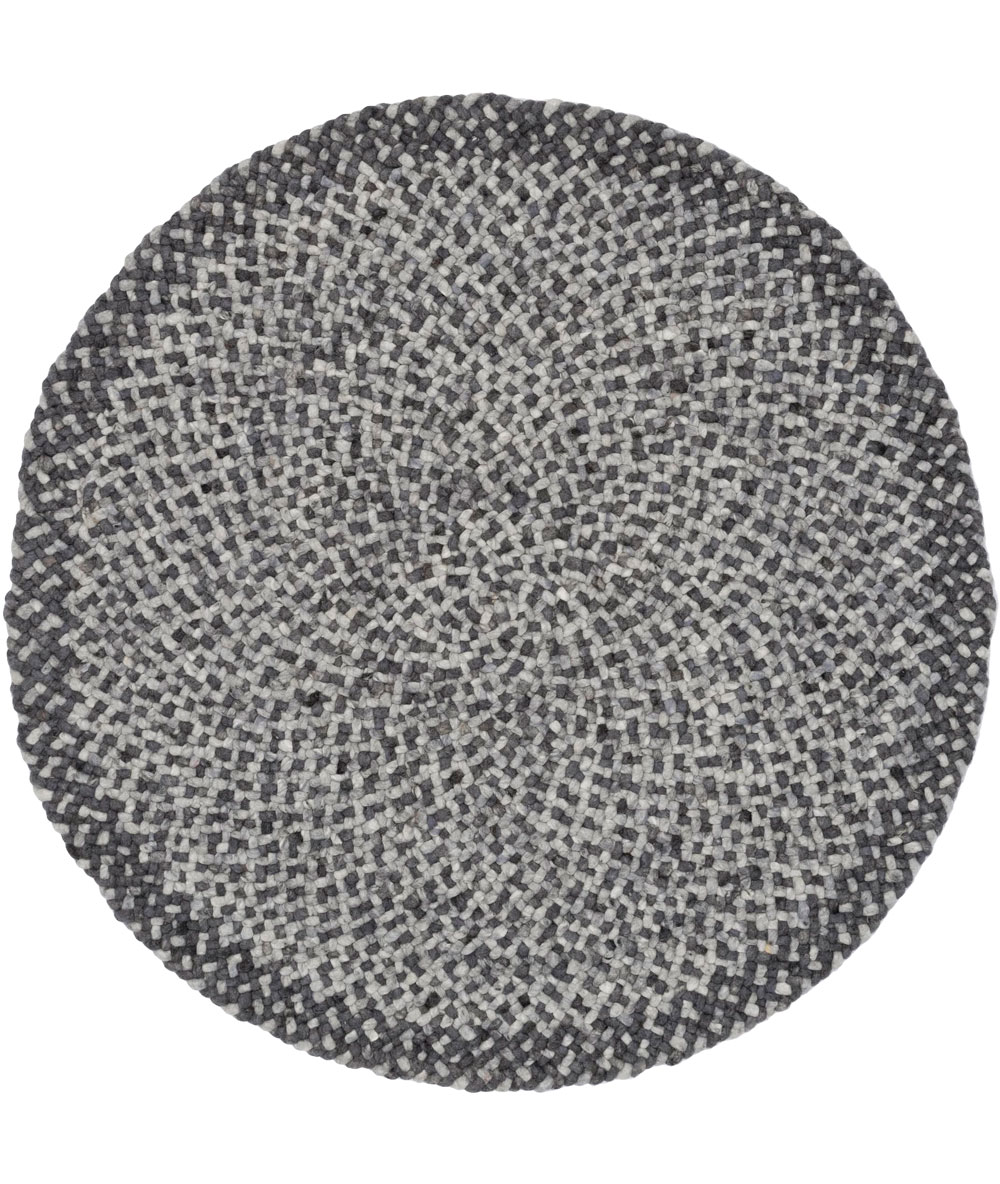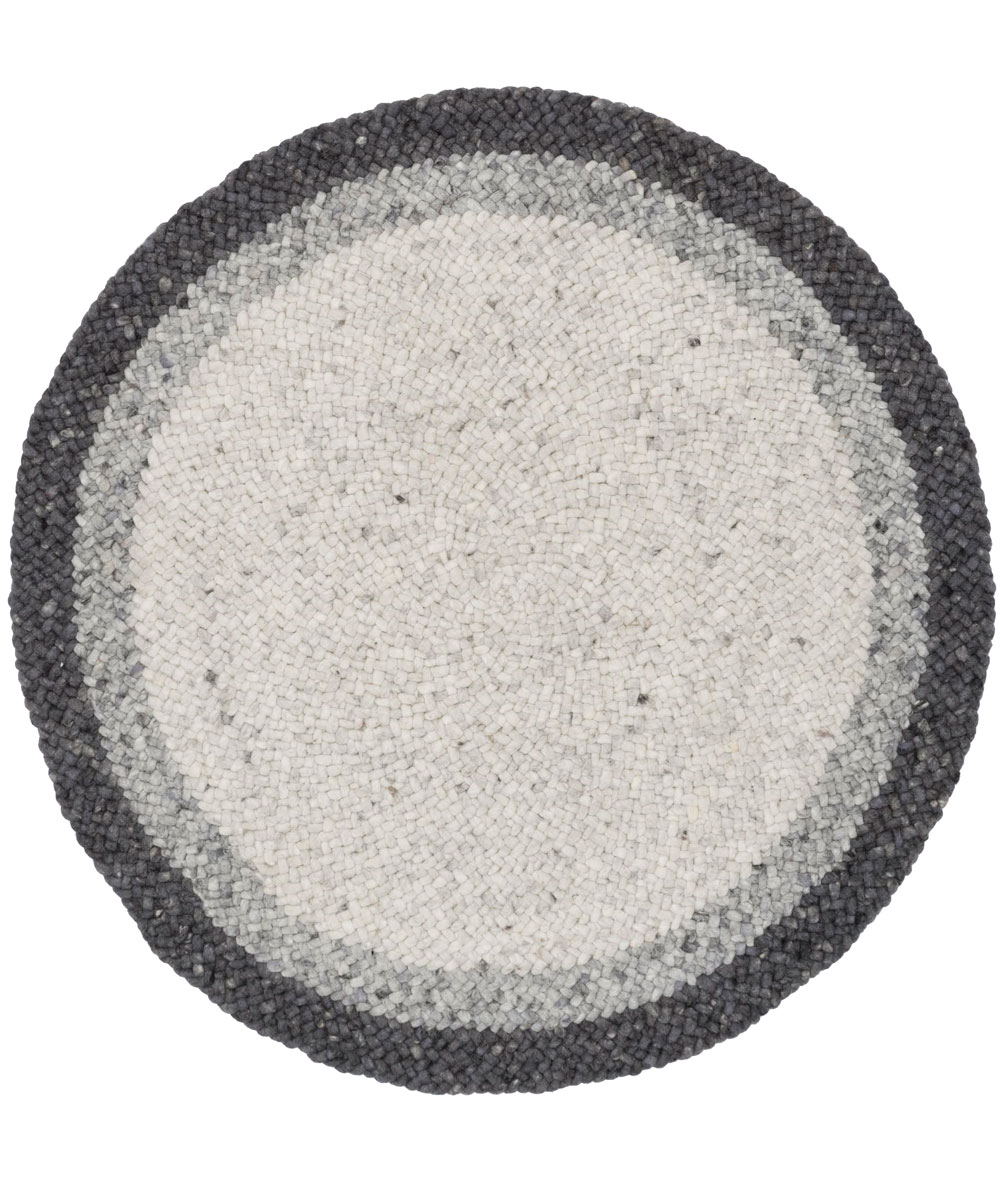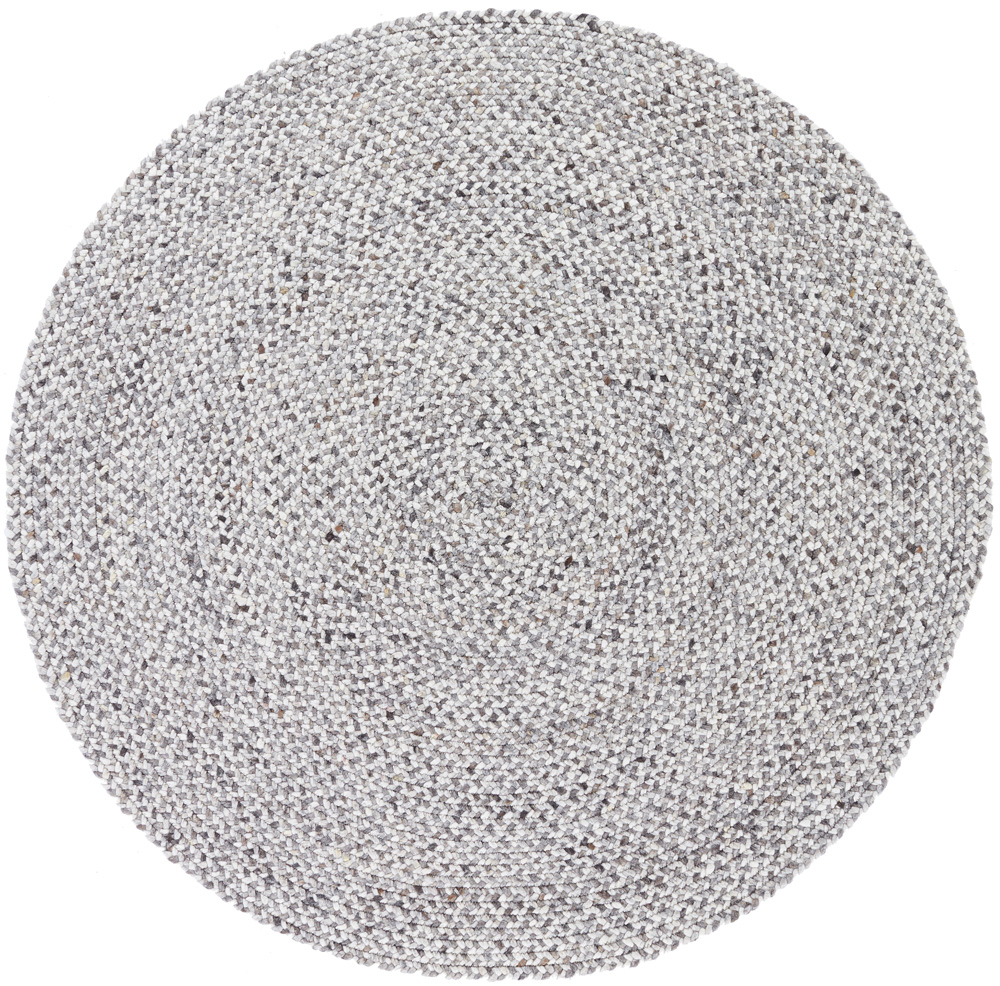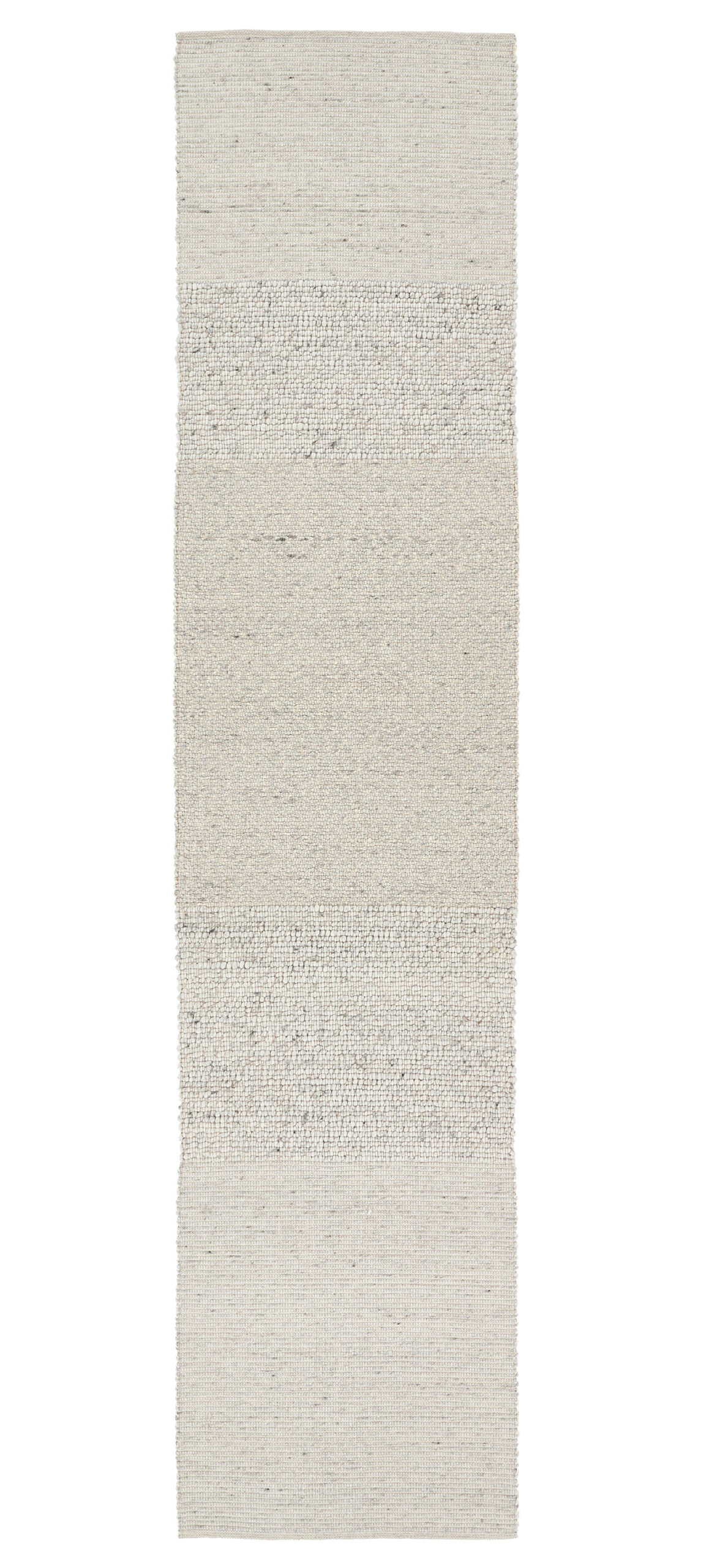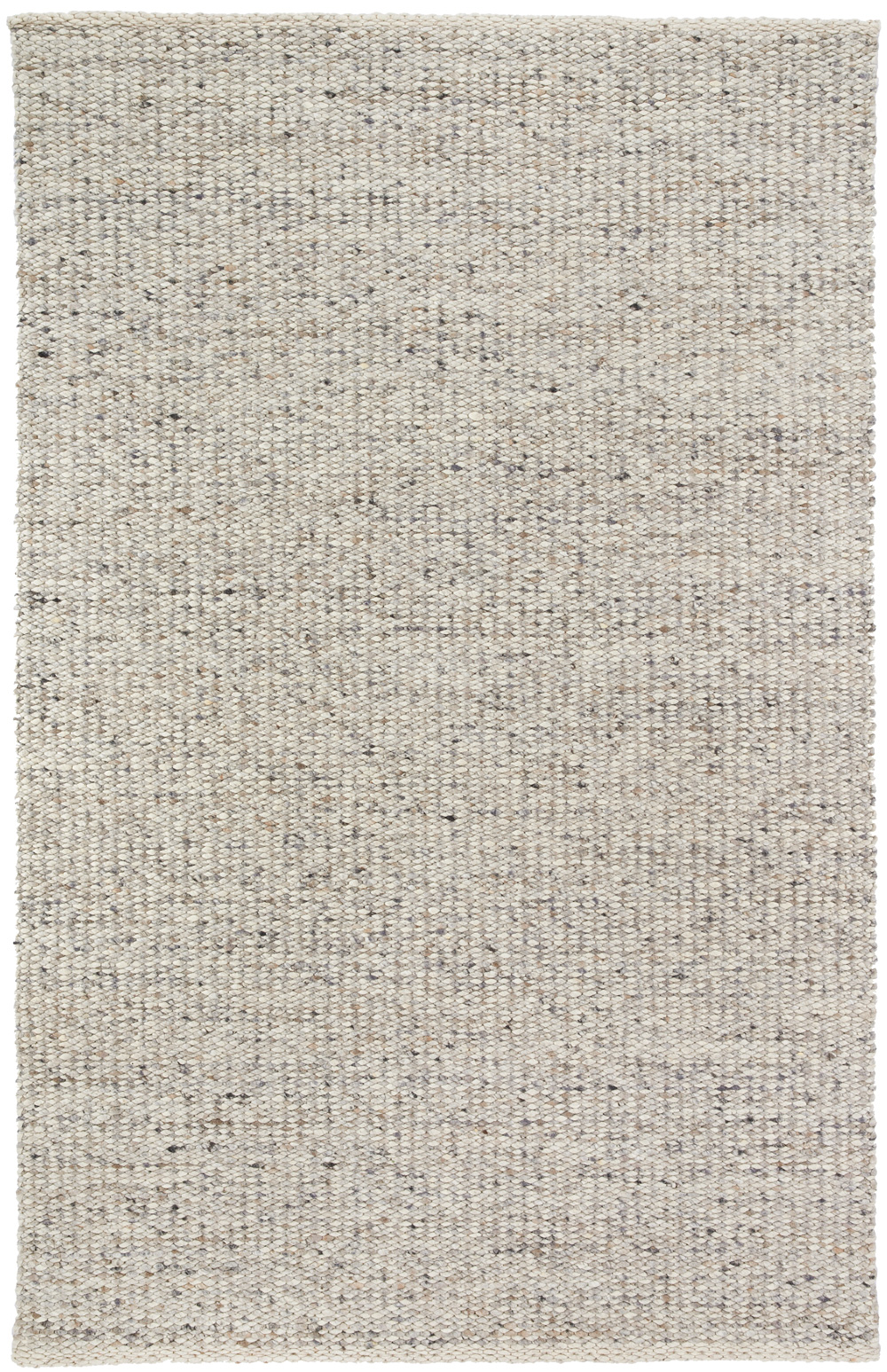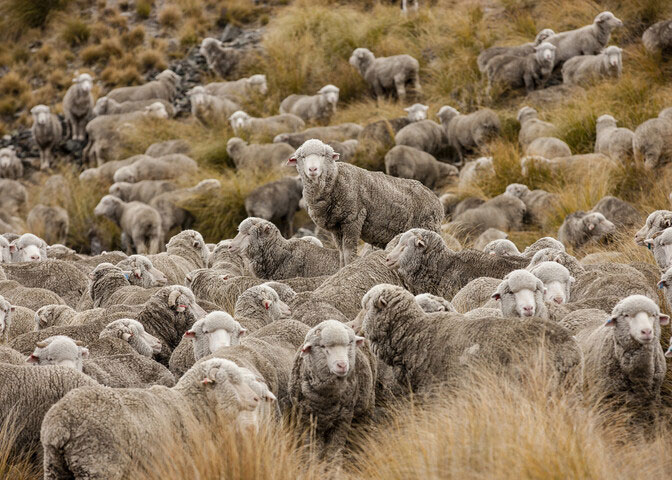
Wool has long been regarded as an environmentally friendly fibre possessing a vast number of benefits. Not only does it look and feel great but it is also 100% natural, renewable and biodegradable as well as incredibly resilient. A material tied to ancient weaving traditions for centuries that remains unchanged in its properties and versatility.
Wool has been at the core of Halcyon Lake’s collections for over five decades, dating back to 1973 when its founder Noel Kiely first decided to bring Berber wool carpets to Australia. Fuelled by passion and a commitment to quality, wool continues to be the predominant fibre of choice for our rugs and carpets due to its outstanding durability and low maintenance.
Here, we outline the main benefits of wool and the different types most commonly used across our range.
Benefits of Wool
Stain Resistant:
Wool is easy to clean and naturally stain-resistant due to being coated in lanolin; a waxy substance produced by sheep to protect their wool coat from the elements. Lanolin makes wool water-resistant while also keeping stains and dirt from soaking in, making it easier to clean and vacuum.
Durable:
Wool is an extremely durable fibre; the curly hair of the sheep has a springy quality that allows it to bounce back, resisting matting and crushing from foot traffic and enabling it to retain its appearance for many years.
Sustainable:
Sheep produce a new fleece each year, making wool a 100% natural, renewable and biodegradable product. These inherent properties have a positive impact on the natural carbon cycle: when wool is disposed of, it decomposes naturally in soil releasing nutrients back into the earth.
Warm and Cool:
Wool has natural insulating properties. The crimped nature of its fibre allows it to effectively entrap air and moisture, providing amazing thermal properties helping you stay warm in winter and cool in summer.
Hypoallergenic:
Wool has naturally protective properties against common allergens. Particles and dust in the air are effectively trapped in wool fibres, making them less likely to be inhaled until they are vacuumed up.
Sound Absorbing:
Due to the unique structure of wool, it provides effective sound absorption and can reduce noise by up to 55%*, creating a more relaxing, calm environment. (*source International Wool Textile Organisation (IWTO) 2021)
Mould resistant:
Wool is also known for regulating moisture in the air, creating an environment less prone to the growth of bacteria, mould and dust mites.
Flame Resistant:
Wool is naturally flame-resistant, it does not ignite easily and burns with a self-extinguishing flame making it the primary choice for commercial applications.
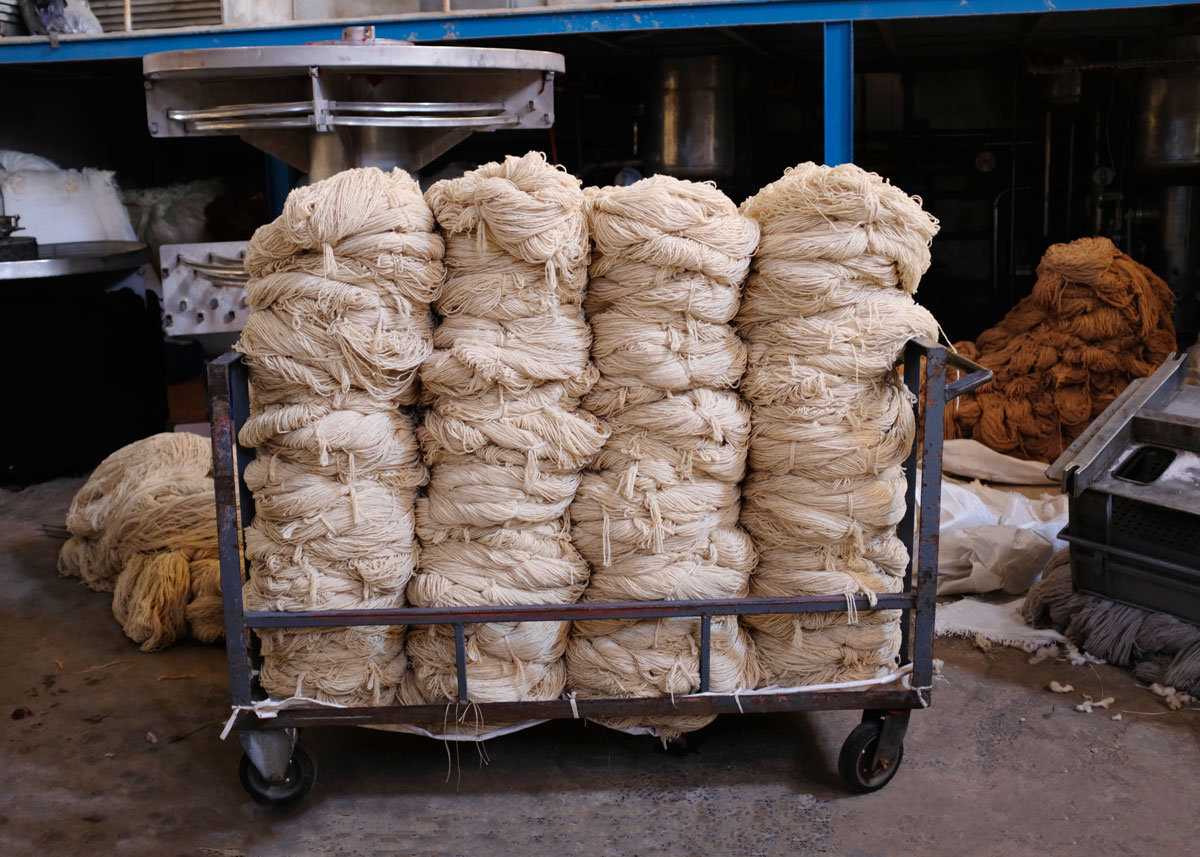
Types of Wool
Our collections are sourced and made in various countries across the globe, often following age-old traditions and using the finest wools from New Zealand, Nepal, Afghanistan, Sardinia and Argentina.
New Zealand wool:
New Zealand wool is renowned for being the softest and the whitest of any wool variety. With a natural shine and a high lanolin content, New Zealand wool is extra resilient and guarantees colours with high vibrancy after the dyeing process.
Sustainable and transparent practices at every stage of the growing process ensure that sheep enjoy a happier life, resulting in healthier coats and wool that does not need to be chemically processed.
Argentinian Wool:
Argentina is the fifth largest producer of wool in the world. Following ancient traditions, the local wool is processed without any bonding agents or detergents, making it denser and more resilient. Argentinian wool is typically spun, dyed and woven by hand.
Afghan Wool:
The Afghan wool is primarily derived from the fat-tailed sheep, a type of sheep which has a unique dual fleece property with a soft inner layer and a long outer layer. This particular wool is of high quality with a coarse handle and has long been used in producing premium quality rugs.
Sardinian Wool
The durable wool derived from Sardinian sheep is abundant and known for its thicker and wiry composition, making it ideal for the production of loom rugs.
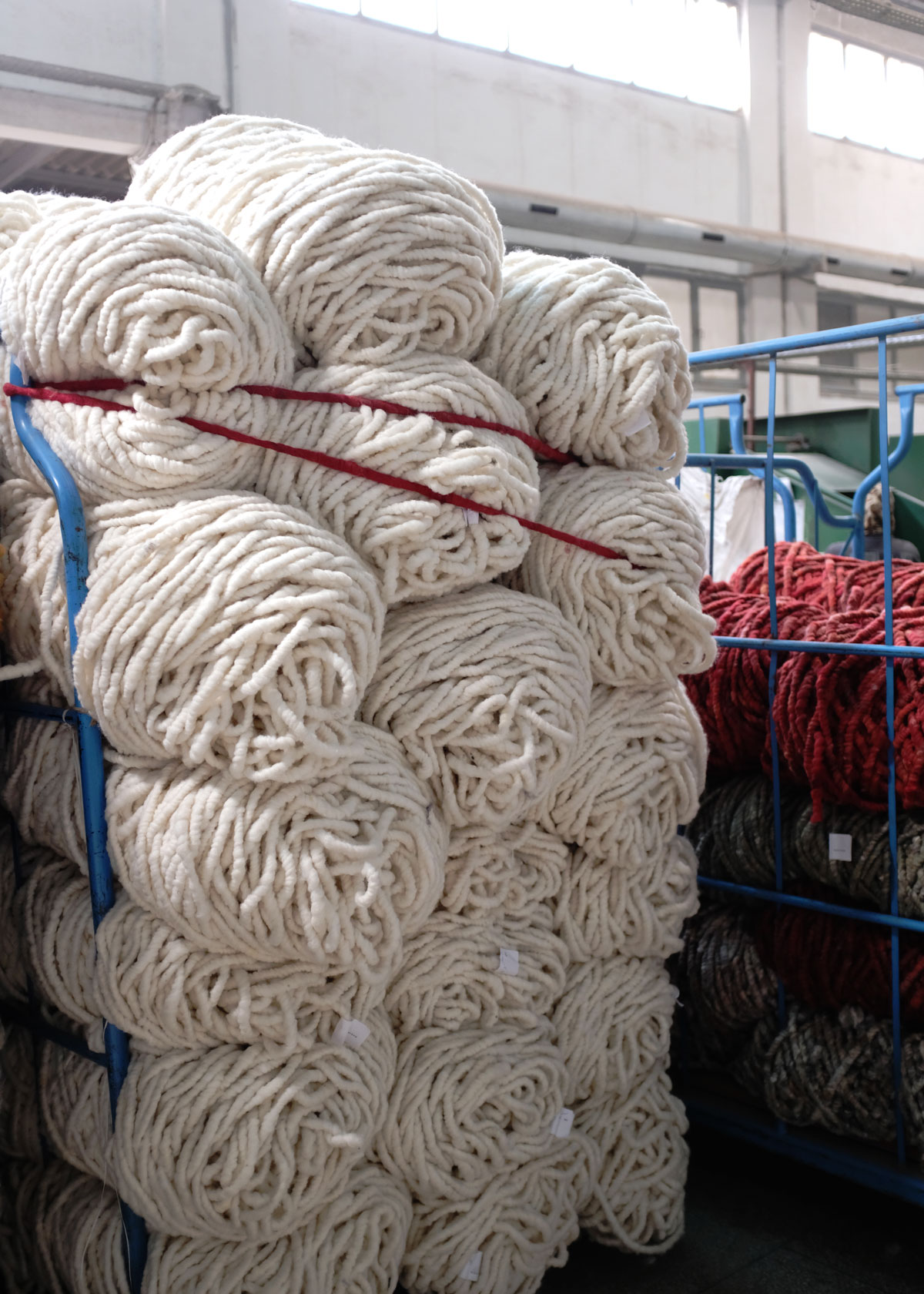
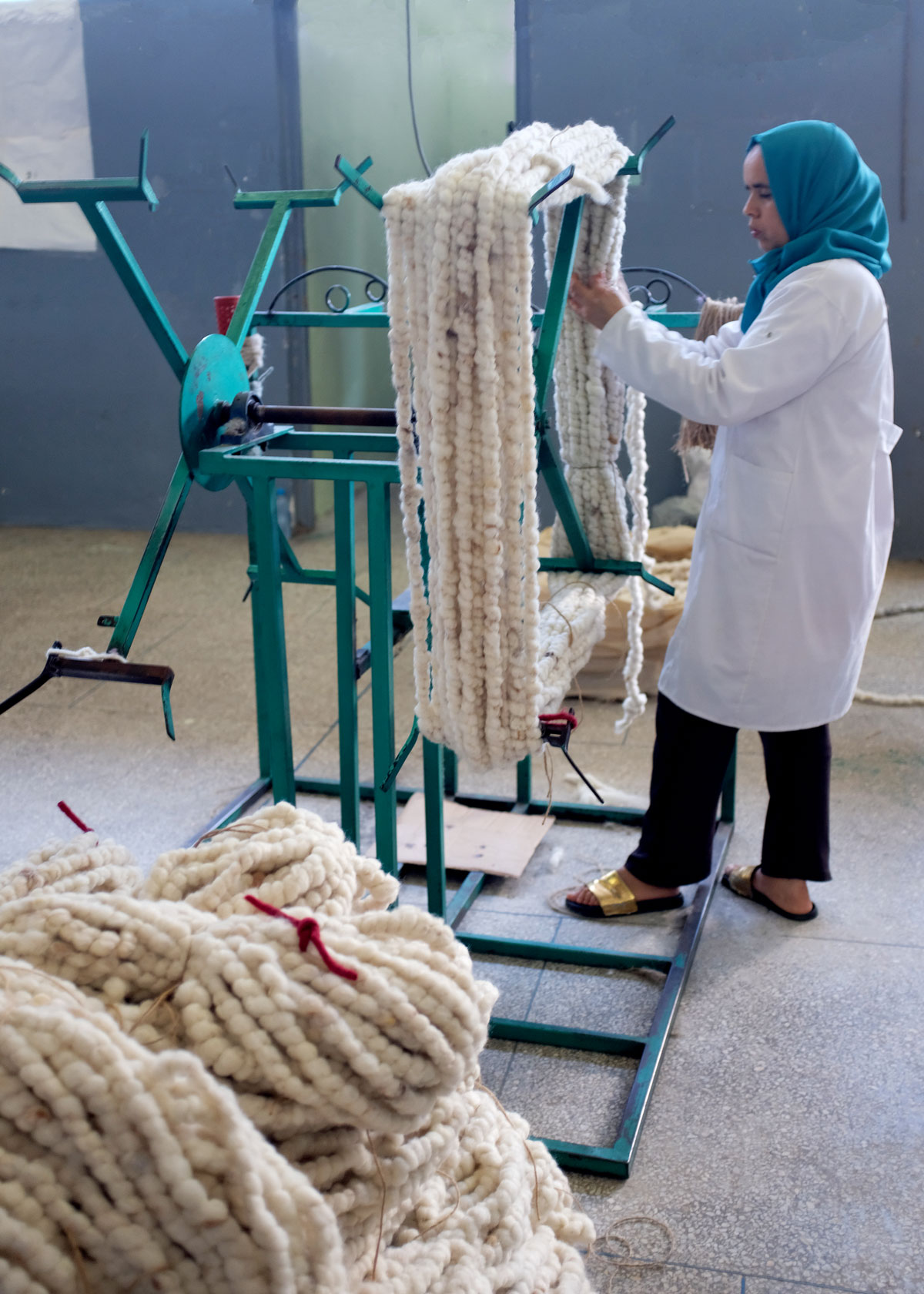
Tibetan wool:
Tibetan sheep live at an altitude of over 13,000 feet in uncontaminated environments all year round. The wool receives no chemical treatment, retaining its natural characteristics. Tibetan wool is hypoallergenic, durable and has a high resistance to dirt, grease and odours. The wool is combed and spun by hand according to ancient traditions.
Mohair wool:
Mohair is derived from the angora goat. It is a fine yet strong and resilient yarn that reflects similar qualities to silk with a soft and luxurious sheen. Mohair is breathable, lightweight, elastic and has a natural resistance to dirt and odours.
Merino Wool:
Merino wool is derived from the Merino sheep through sustainable farming practices. Merino wool is known for its incredibly soft and superfine qualities and provides excellent resilience and comfort.
Pashmina wool:
Pashmina is from the downy undercoat of the Tibetan Changthangi goat. It is known for its softness, warmth and lightweight characteristics but also its ability to take and retain natural dyes in a wide variety of colours.
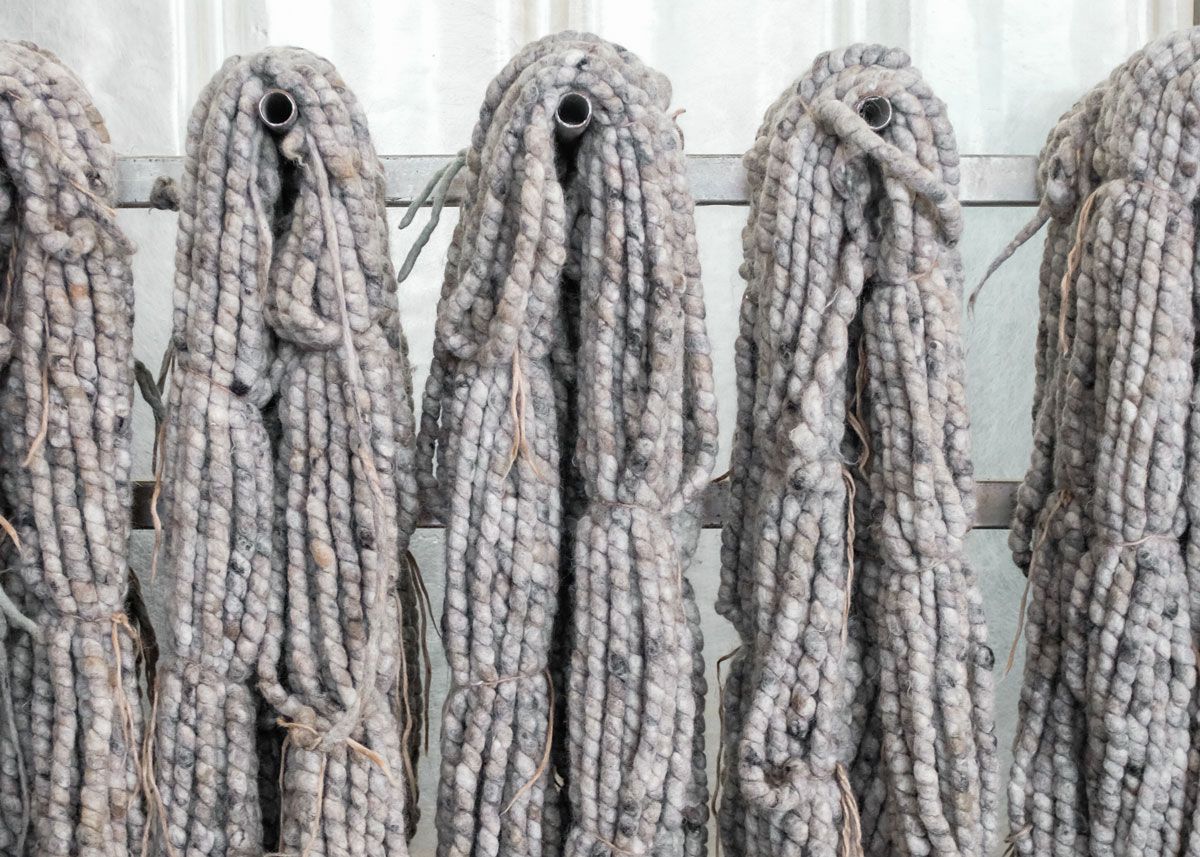
How to care for your wool rug
Wool is one of the easiest fibres to keep clean. The most important step in maintaining your wool rug or carpet is to vacuum it thoroughly at least once or twice a week, particularly in high traffic areas. We recommend flipping and/or rotating your rug to even out wear and any fading that might occur in direct sunlight. Always ensure you attend to spills right away by blotting stains as quickly as possible with an absorbent cloth. For more information on how to care for your wool rug or carpet, please download our care and maintenance guide here.
